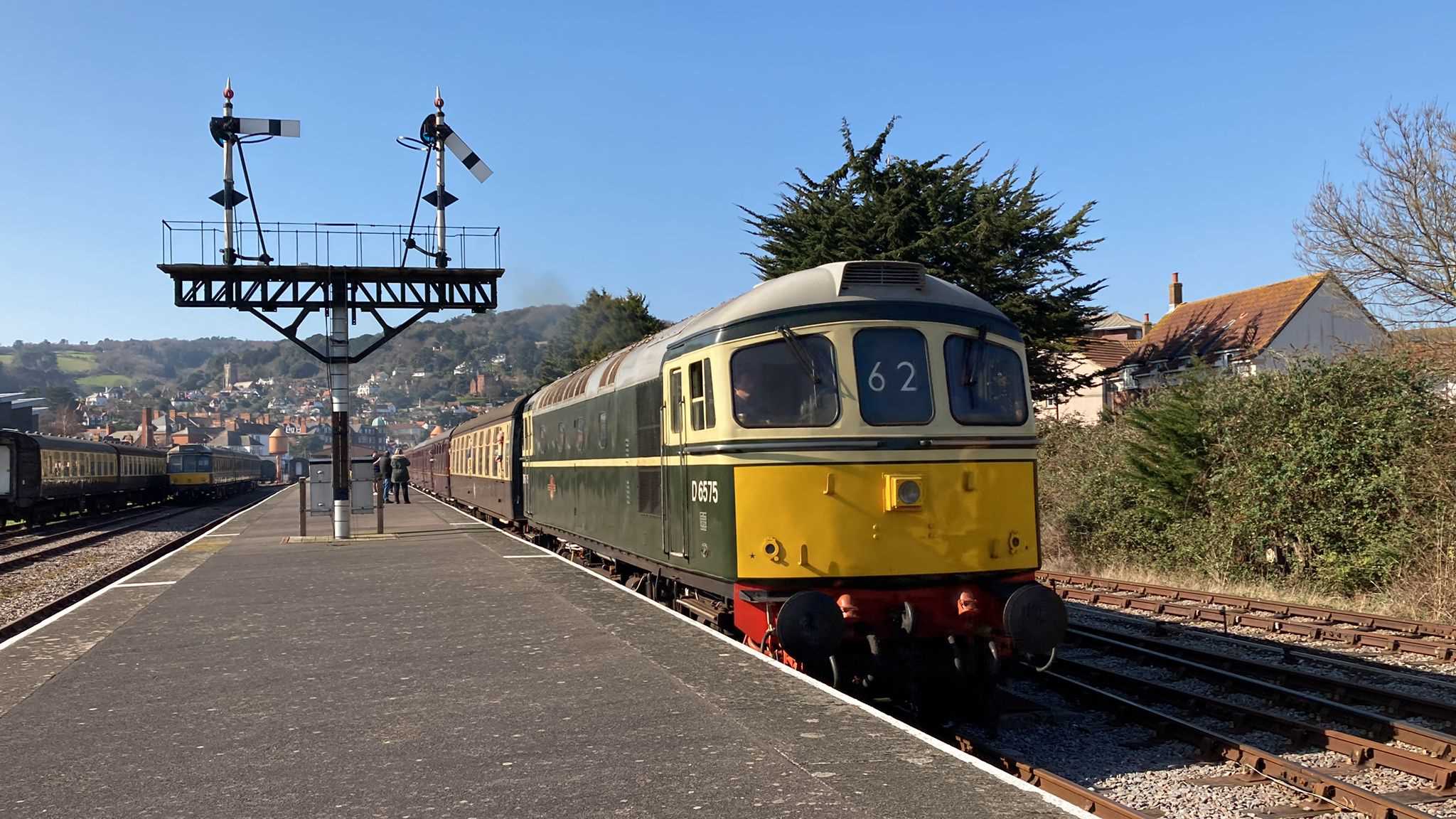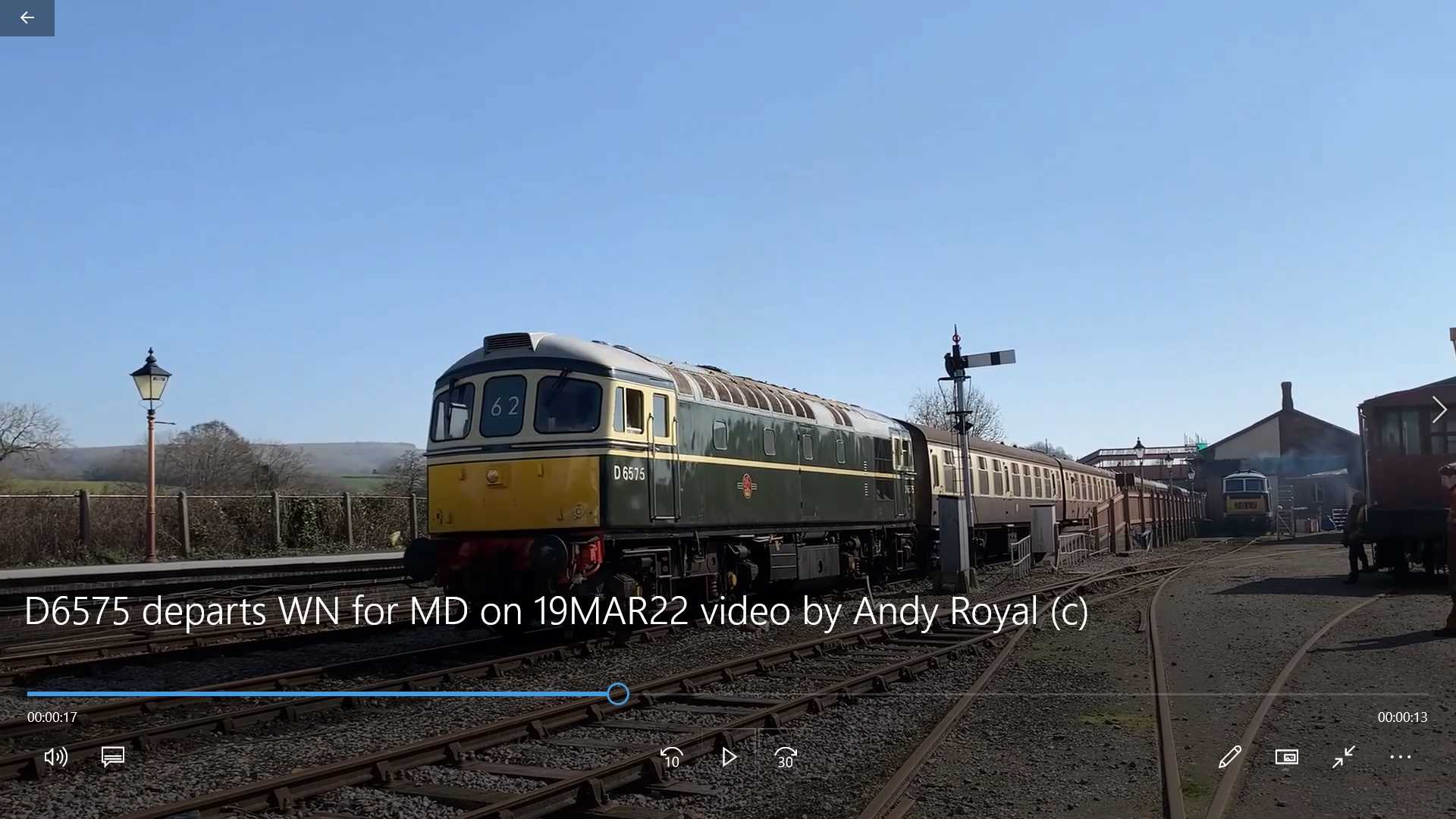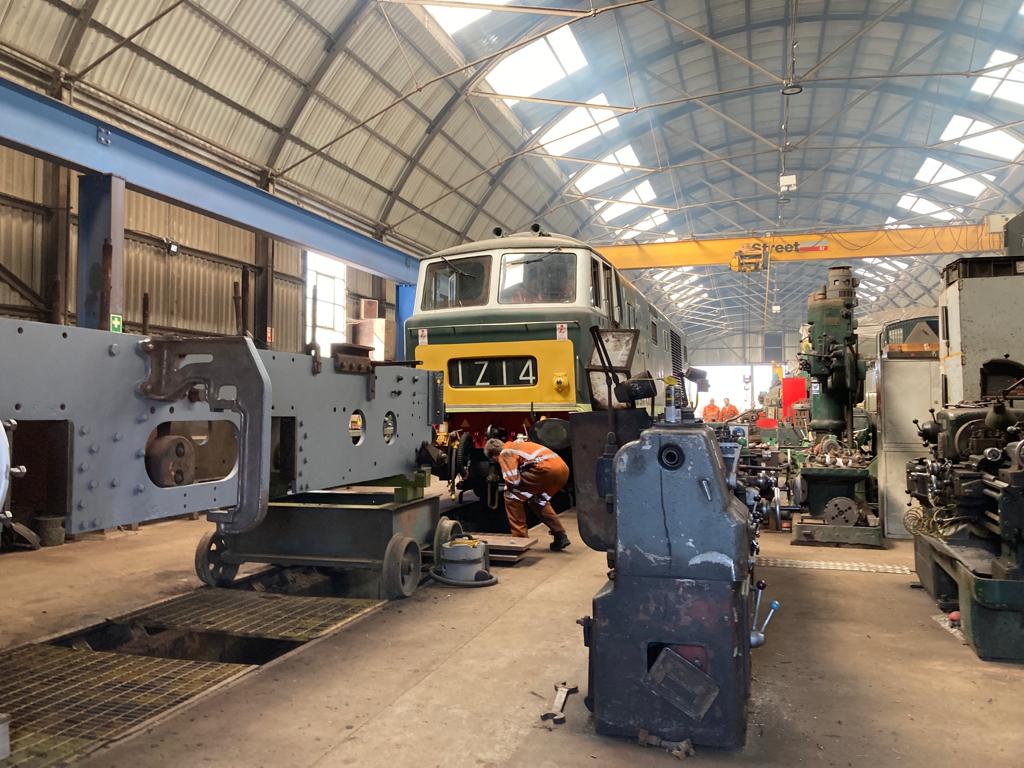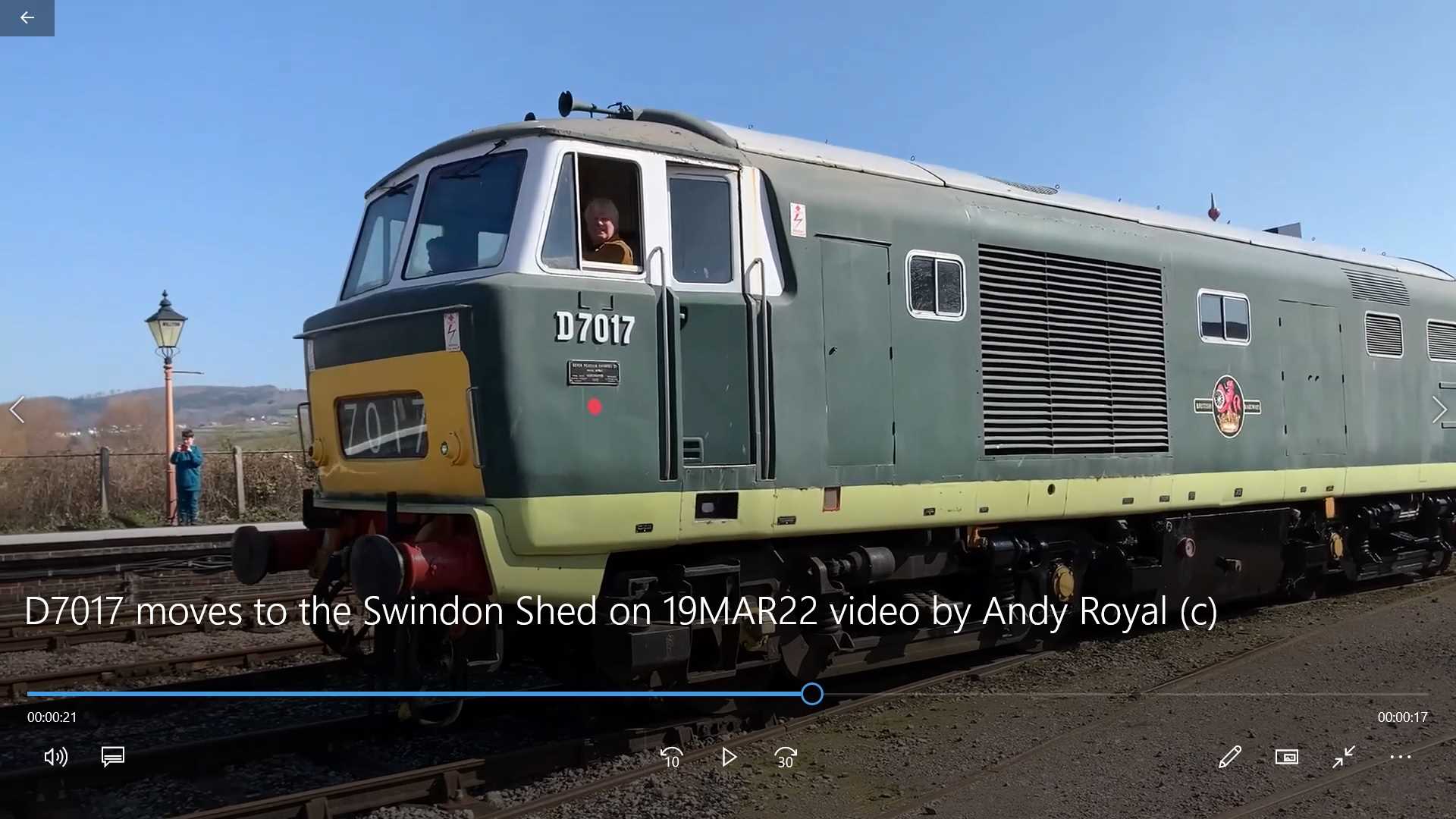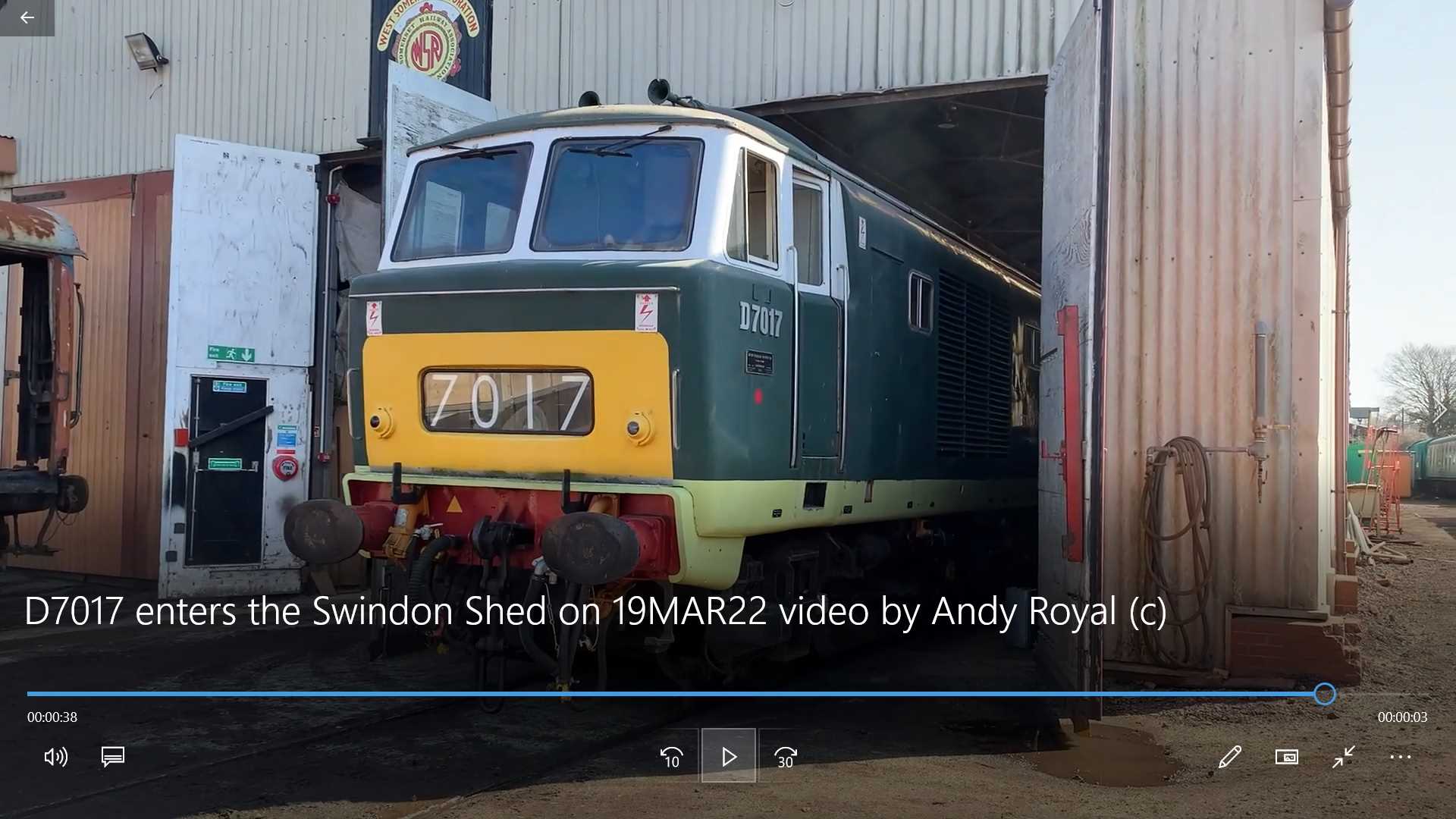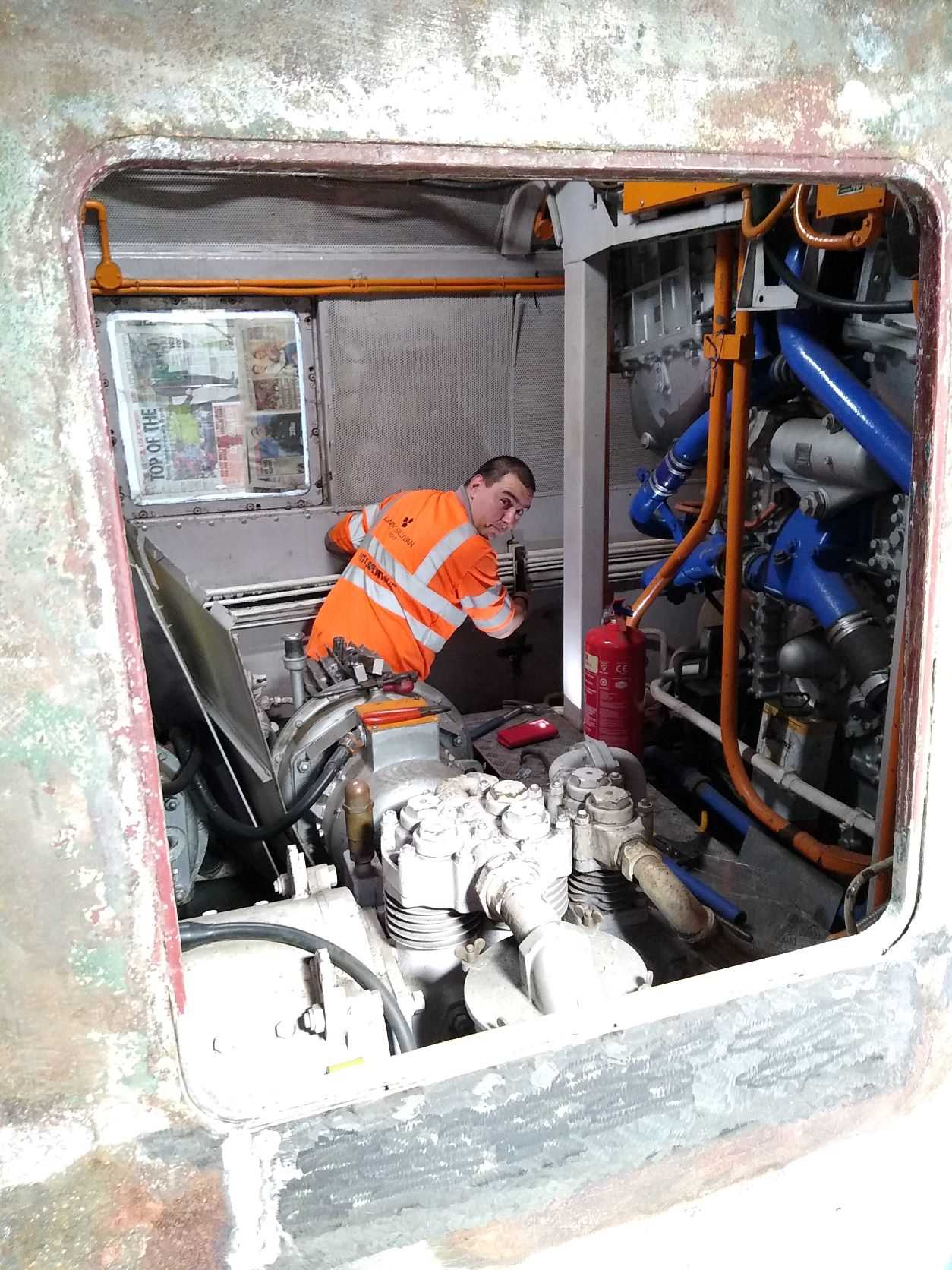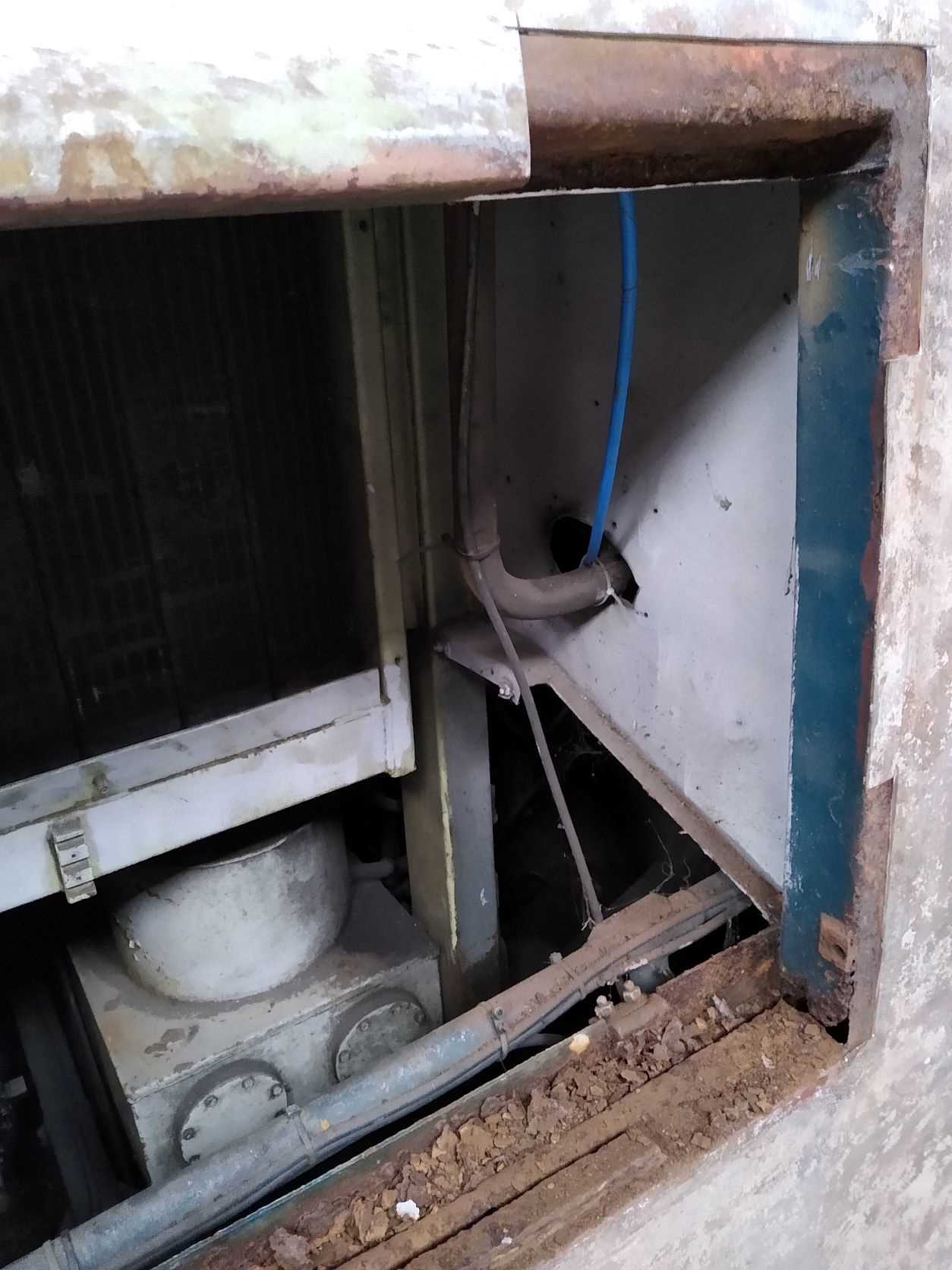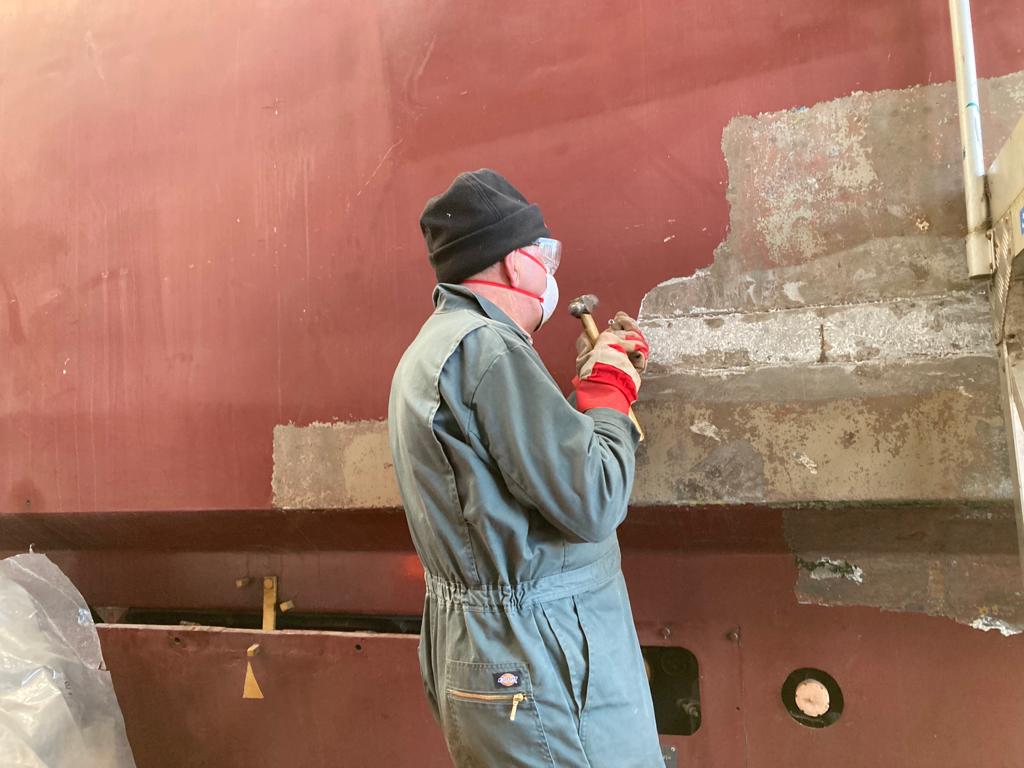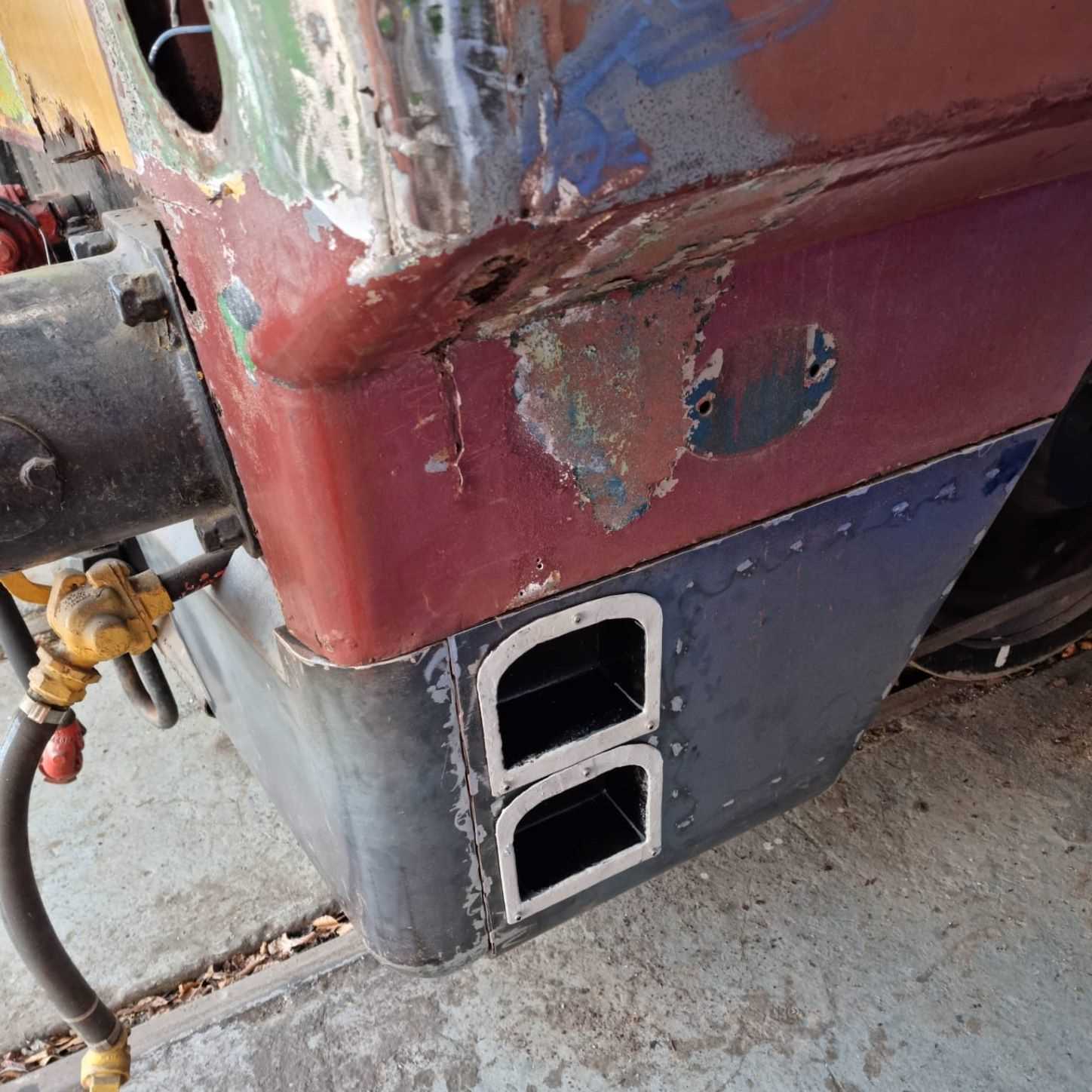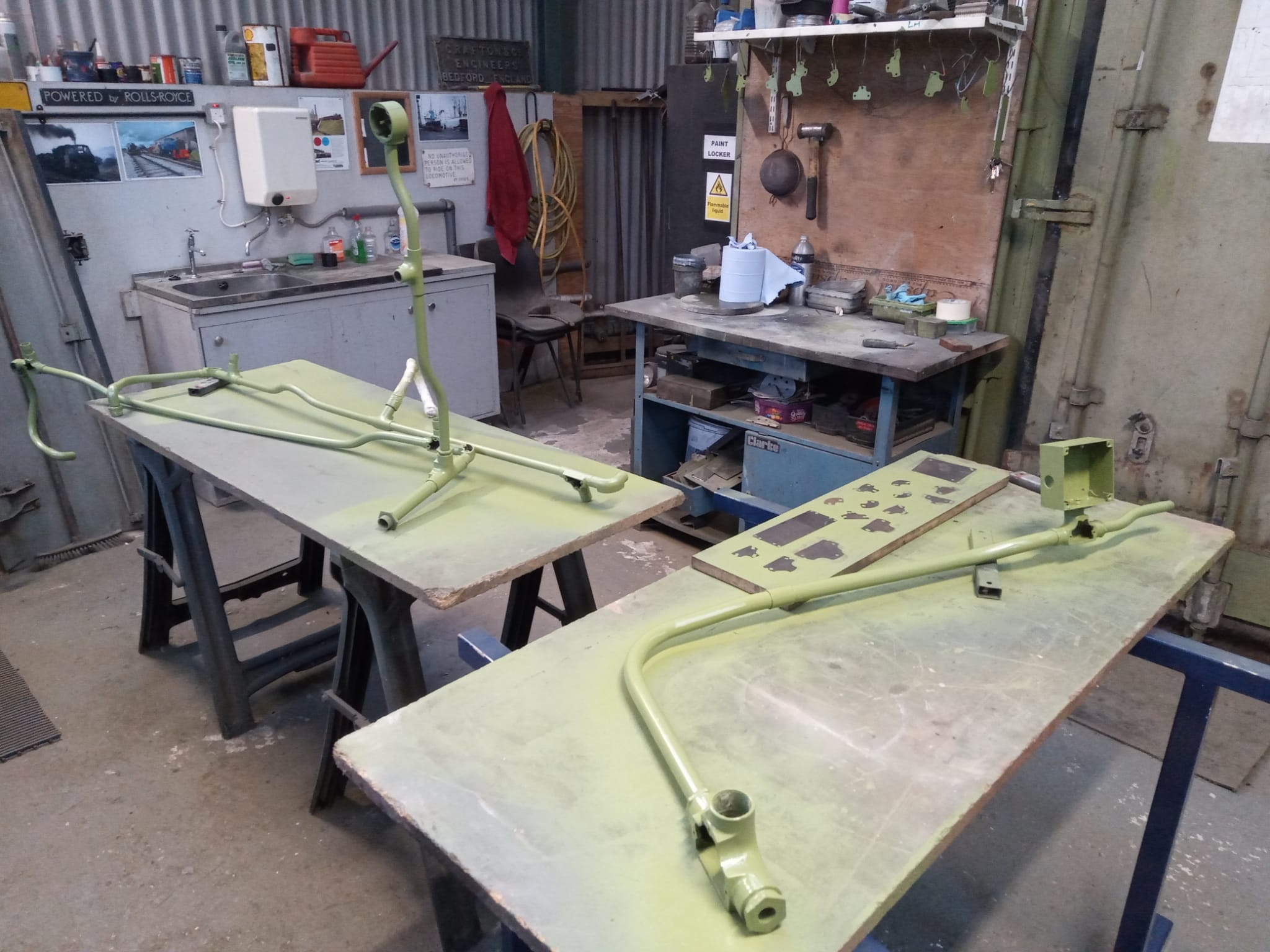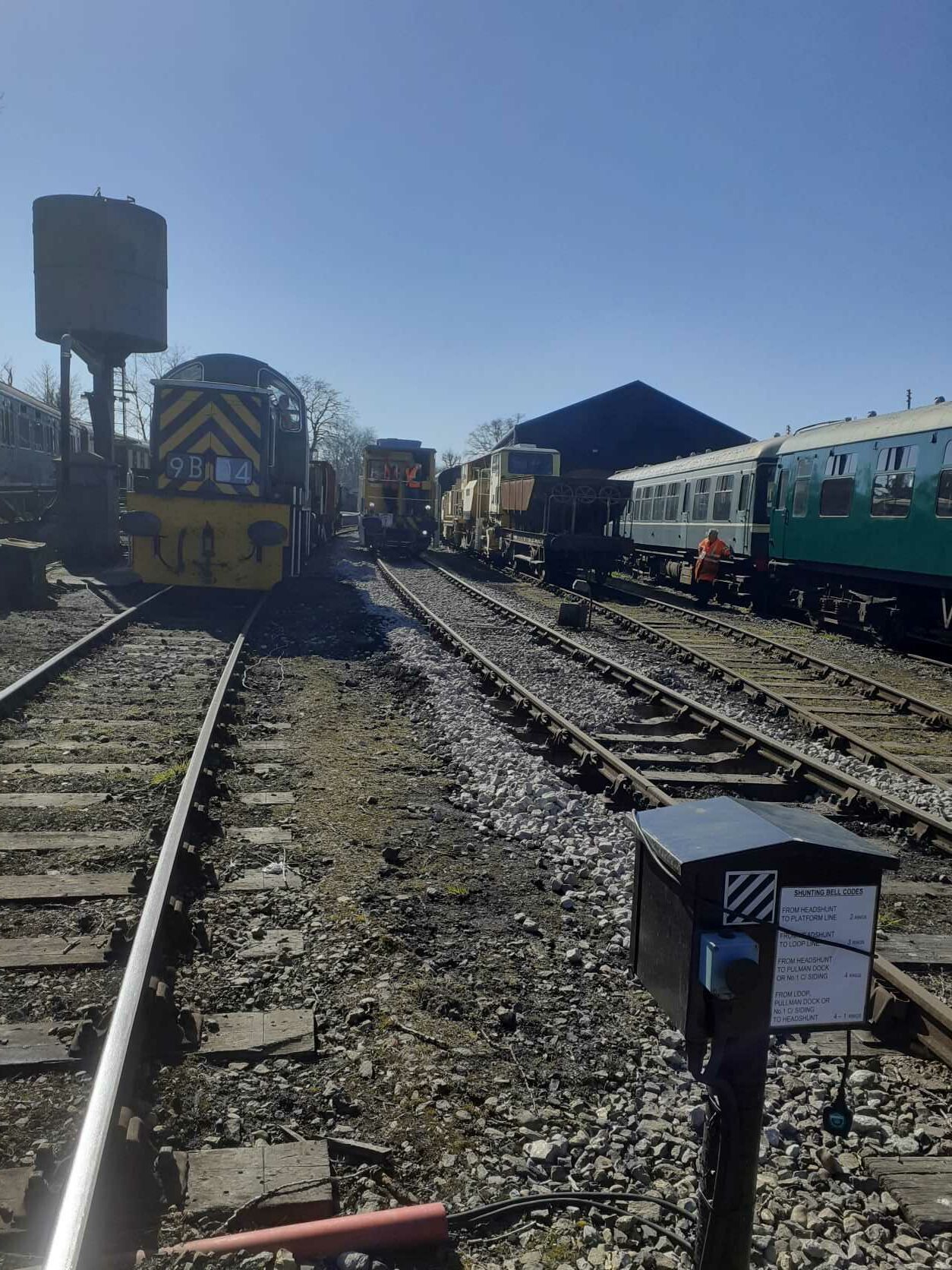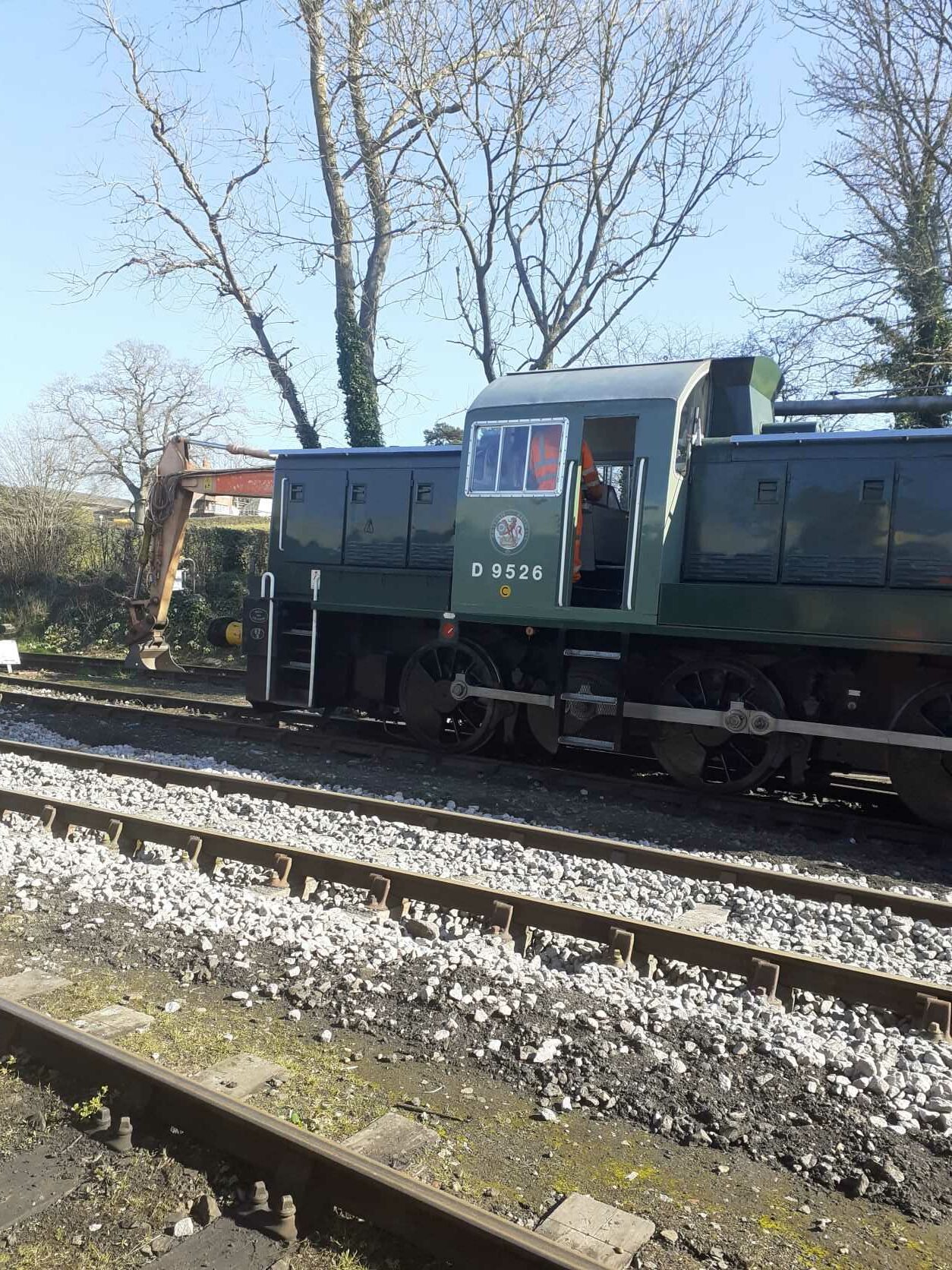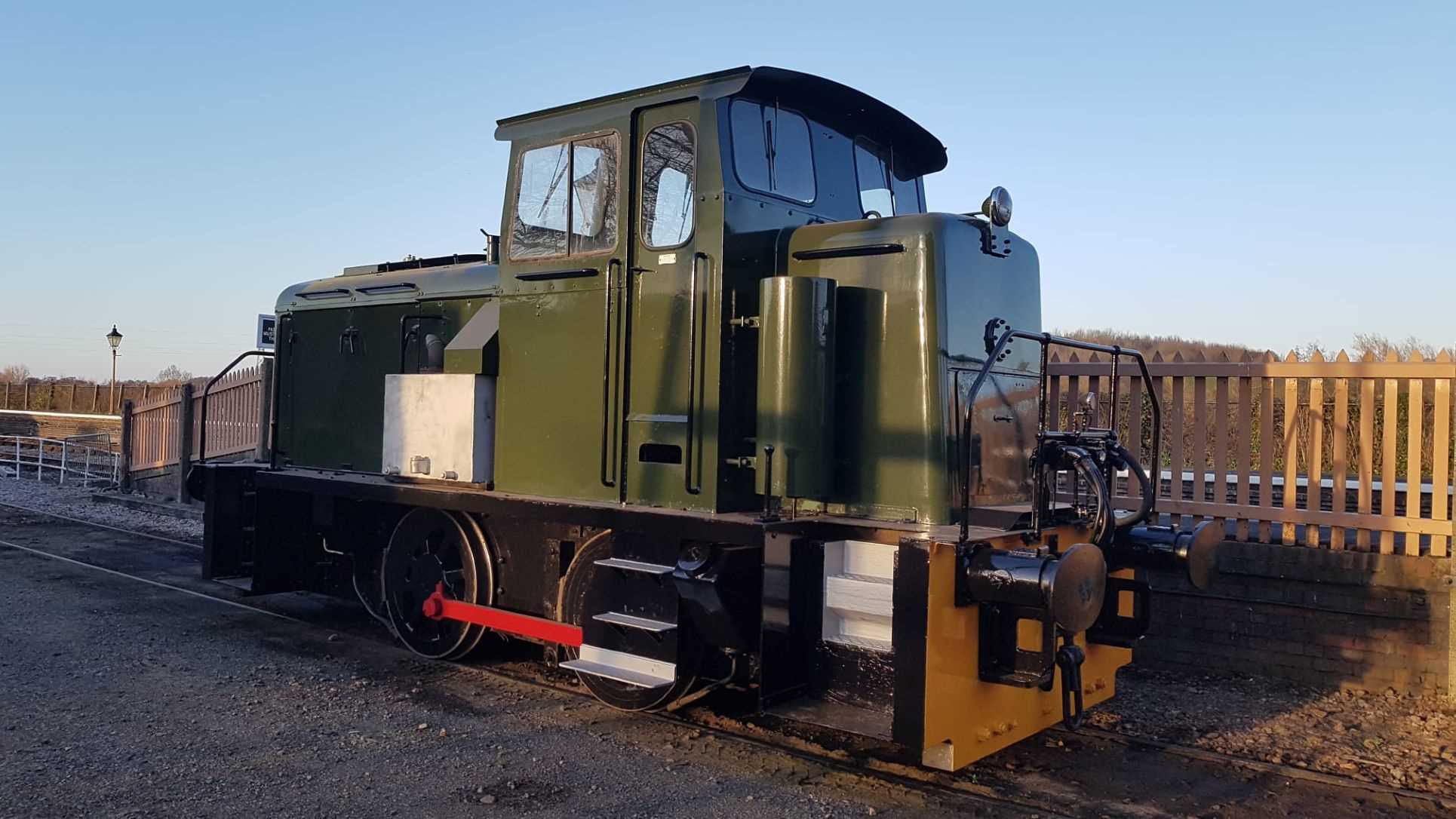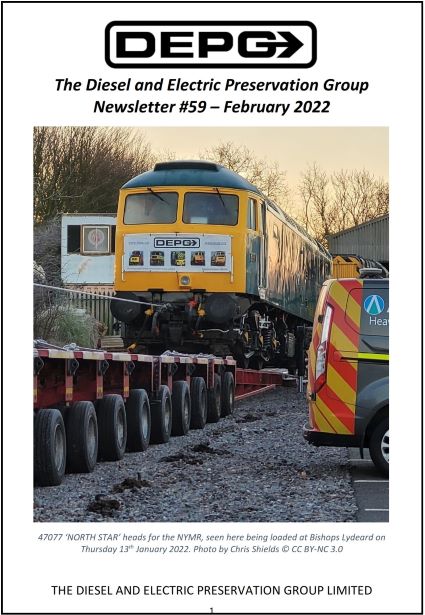Weekly Roundup – 01-May-22
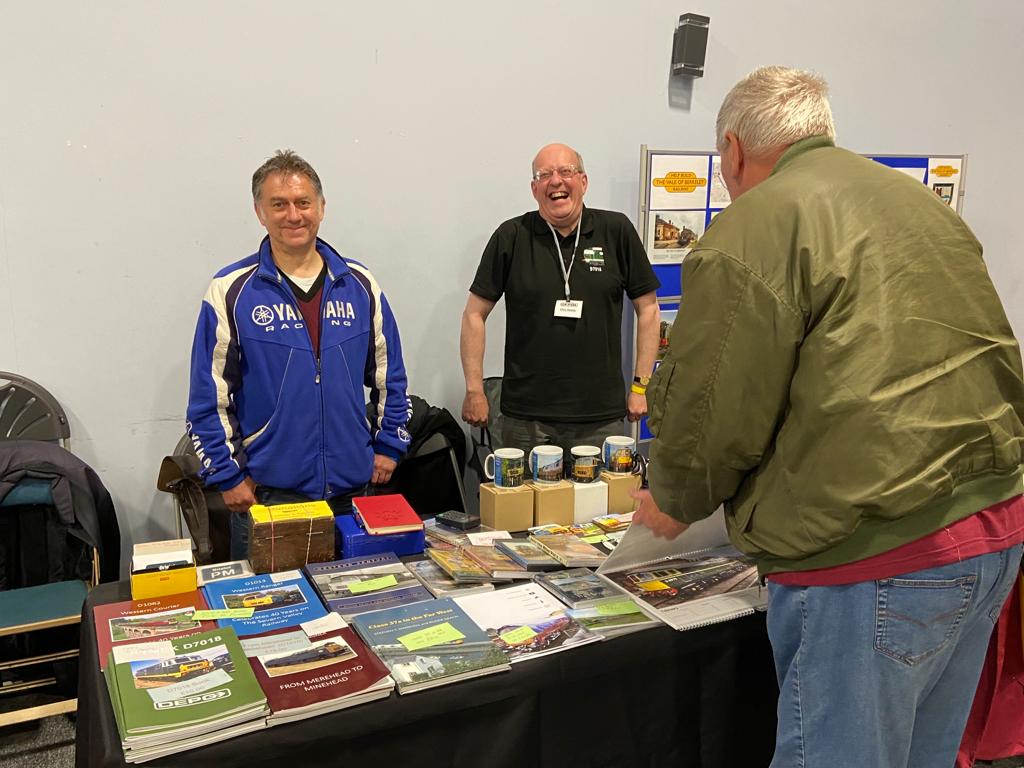
The DEPG sales stand at the Bristol Model Railway Exhibition, pictured with a ‘potential customer’ browsing through the items …. or perhaps he was really a member of the sales team in a staged photo …. Mark is not telling but Chris is giving the game away ! Pictured on Sunday 1st May 2022 by Mark Bladwell © CC BY-NC 3.0
The DEPG sales stand at the BRISTOL MODEL RAILWAY EXHIBITION was busy raising funds and attracting new members on all three days of the show, with our sales stand being manned by Chris Shields and Mark Bladwell (on all three days) and Mark Townsend (Sat/Sun) with help from sales stalwarts John Kite and Peter Bamber. Running a sales stand for three days is an endurance test in itself and we are very grateful to our volunteers for giving up so much of their time in support of our locos ! Early indications are that approximately £500 has been added to our funds as a result of this effort, so well done all !
The WSR’s SPRING STEAM GALA will take place next week from Thursday 5th May through Sunday 8th May. The timetables for this event have now been published and can be accessed by clicking this link to the WSR website. New information about visiting locomotives can be found on the news page of wsr.org.uk so keep an eye on this very useful site. Here’s the latest posting on this subject: http://www.wsr.org.uk/news.htm#2519
The DEPG’s diesel depot at Williton will be open to the public for all four days of the gala and well-known model railway retailer Rod Saunders will have a sales stand offering a wide range of pre-owned models. If you are planning to attend the event, please allow enough time for a visit to Williton.
MORE VERY IMPORTANT DATES FOR YOUR DIARY – the WSR’s 2022 DIESEL GALA will take place from Thursday 9th through Saturday 11th June 2022, so keep these dates free and make a plan to attend ! Click this link to the WSR website to view the dates for other WSR events that are planned for 2022. We will be opening our depot to the public on these special event days.
LOCO NEWS:
Class 52 D1010 ‘WESTERN CAMPAIGNER’ – our CAMPAIGN for CAMPAIGNER is raising the level of awareness of this major project so donations and sponsorships continue to arrive, but at a slower rate as a result of the negative impact of world events. Click on the images below for an update of fundraising status or to make a donation. Every little helps, that’s for sure!
This week, the focus shifted back to bodyside repairs on the ‘A’ side, which is now easily accessible after the relocation of the loco to the westerly side of the loco shed. The ‘A’ end of the loco has suffered more from corrosion than the ‘B’ end that has already been repaired, and this is probably because the loco had her ‘A’ end rebuilt three times during her first ten years of BR service as a result of collision damage and each repair resulted in additional water traps and additional debris accumulating. With his experience gained from his repairs on the ‘B’ side and ‘B’ end, Colin set to work to remedy this situation as follows:
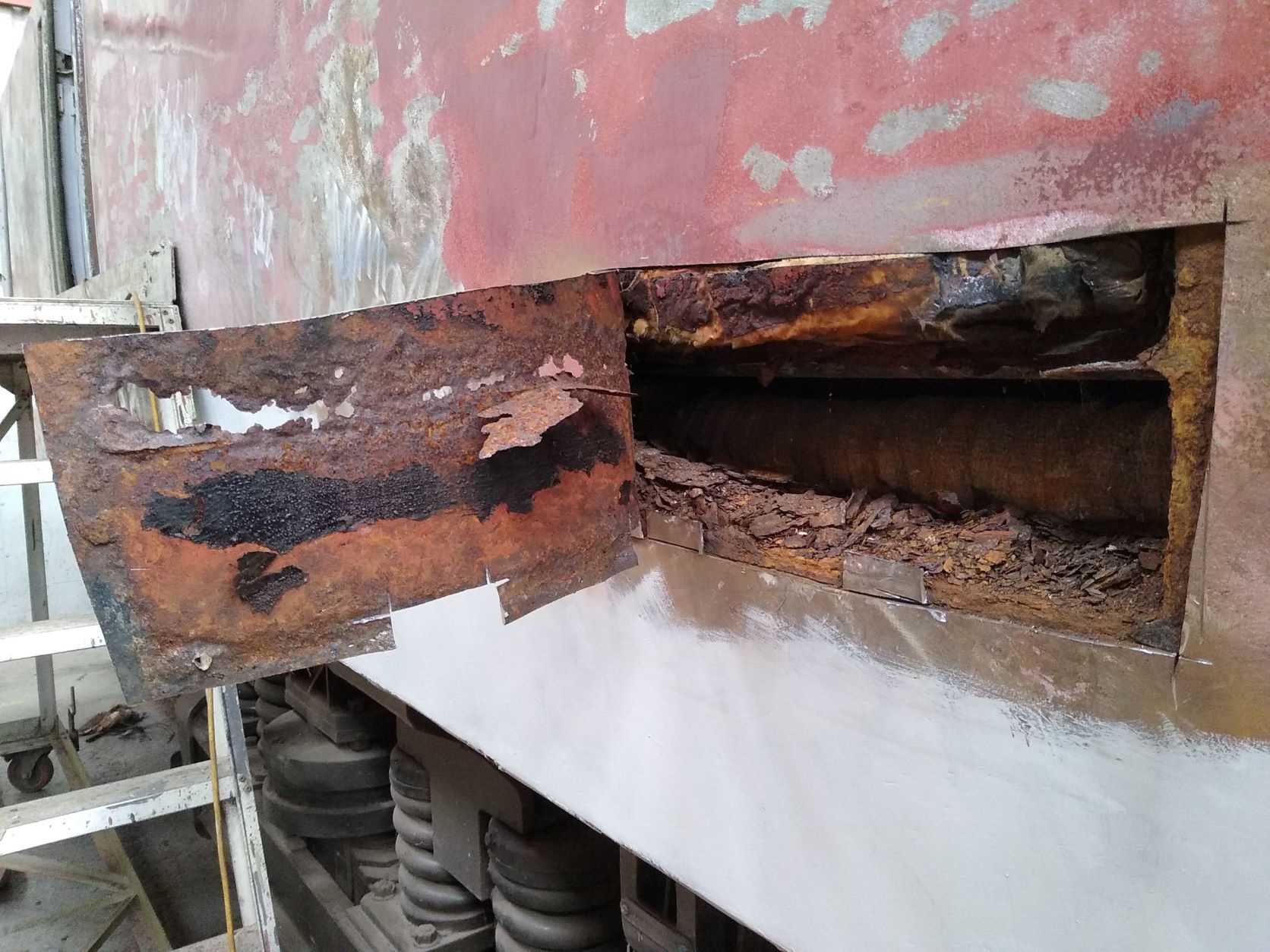
D1010 – after peeling back a corroded section of bodyside plating, the extent of the work needed is exposed, then assessed and repairs made to the structural members before patching the ‘skin’. Pictured at Williton on Tuesday 26th April 2022 by Colin Foxhall © CC BY-NC 3.0
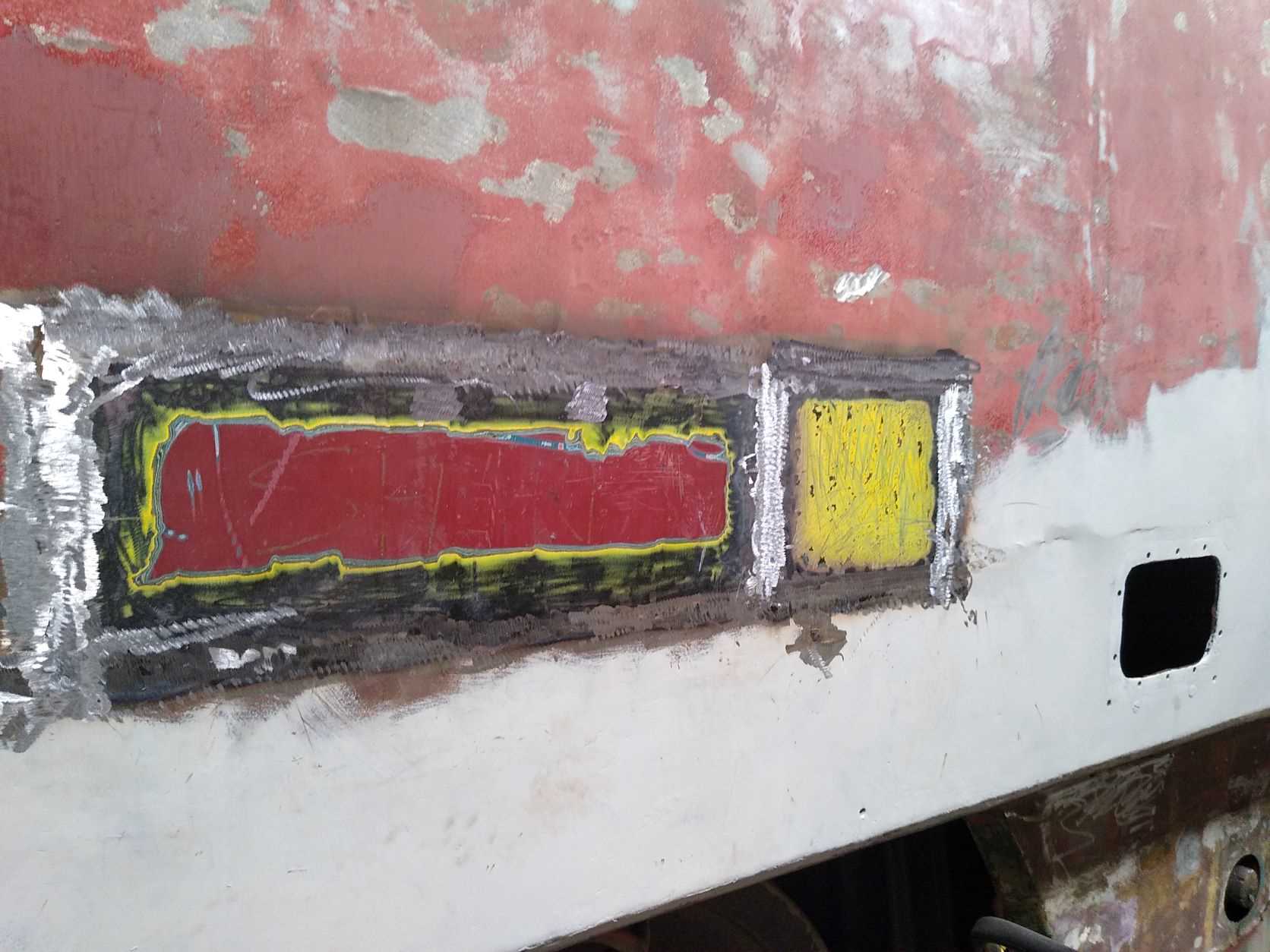
D1010 – the ‘skin’ has been patched using steel recovered from the non-standard valances that were fitted to the loco at Merehead back in the 1980s – and the changes of livery that the loco has undergone in preservation are perfectly captured by the multiple layers of paint ! Pictured at Williton on Tuesday 26th April 2022 by Colin Foxhall © CC BY-NC 3.0
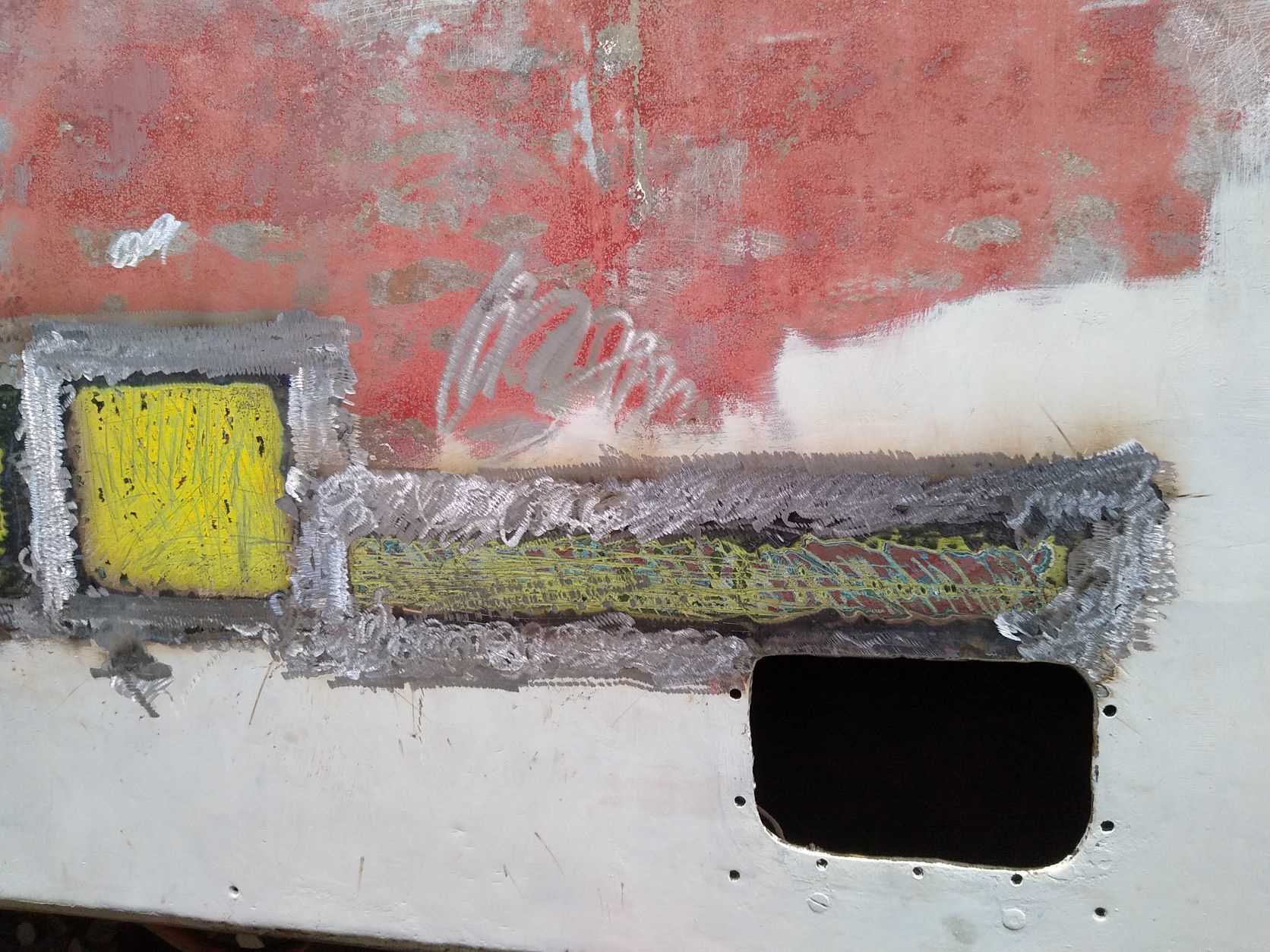
D1010 – examination of the right hand side of the previous picture shows some ripples that needed investigating – and resulted in more re-skinning as far as the inboard sandbox porthole, again repaired using recovered steel from Merehead days. Pictured at Williton on Tuesday 26th April 2022 by Colin Foxhall © CC BY-NC 3.0
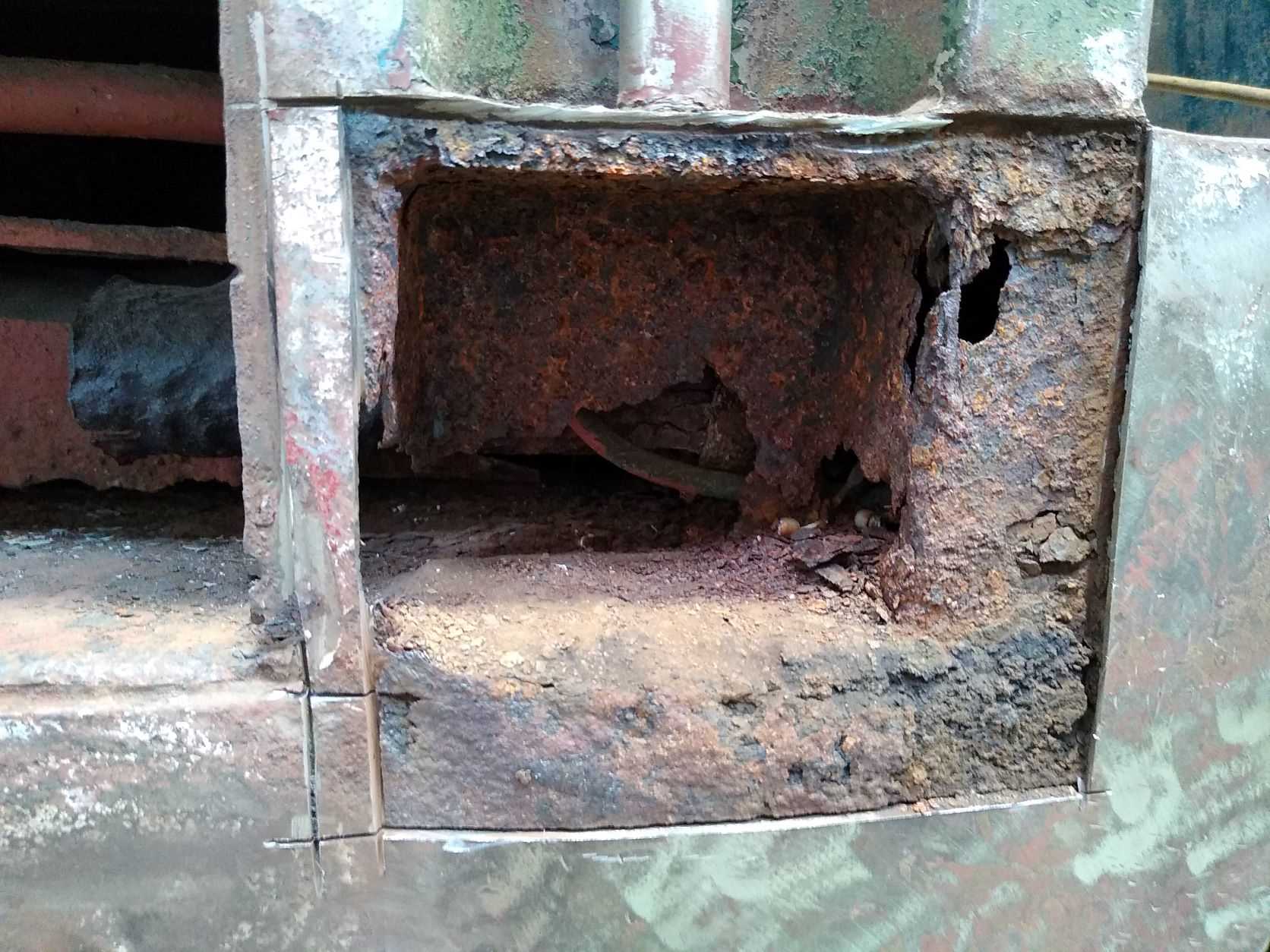
D1010 – as we move closer to the ‘A’ end of the loco, we expected to find worsening corrosion and we were not disappointed. This is the mounting area for the handrail of the driver’s door at ‘A’ end. Pictured at Williton on Tuesday 26th April 2022 by Colin Foxhall © CC BY-NC 3.0
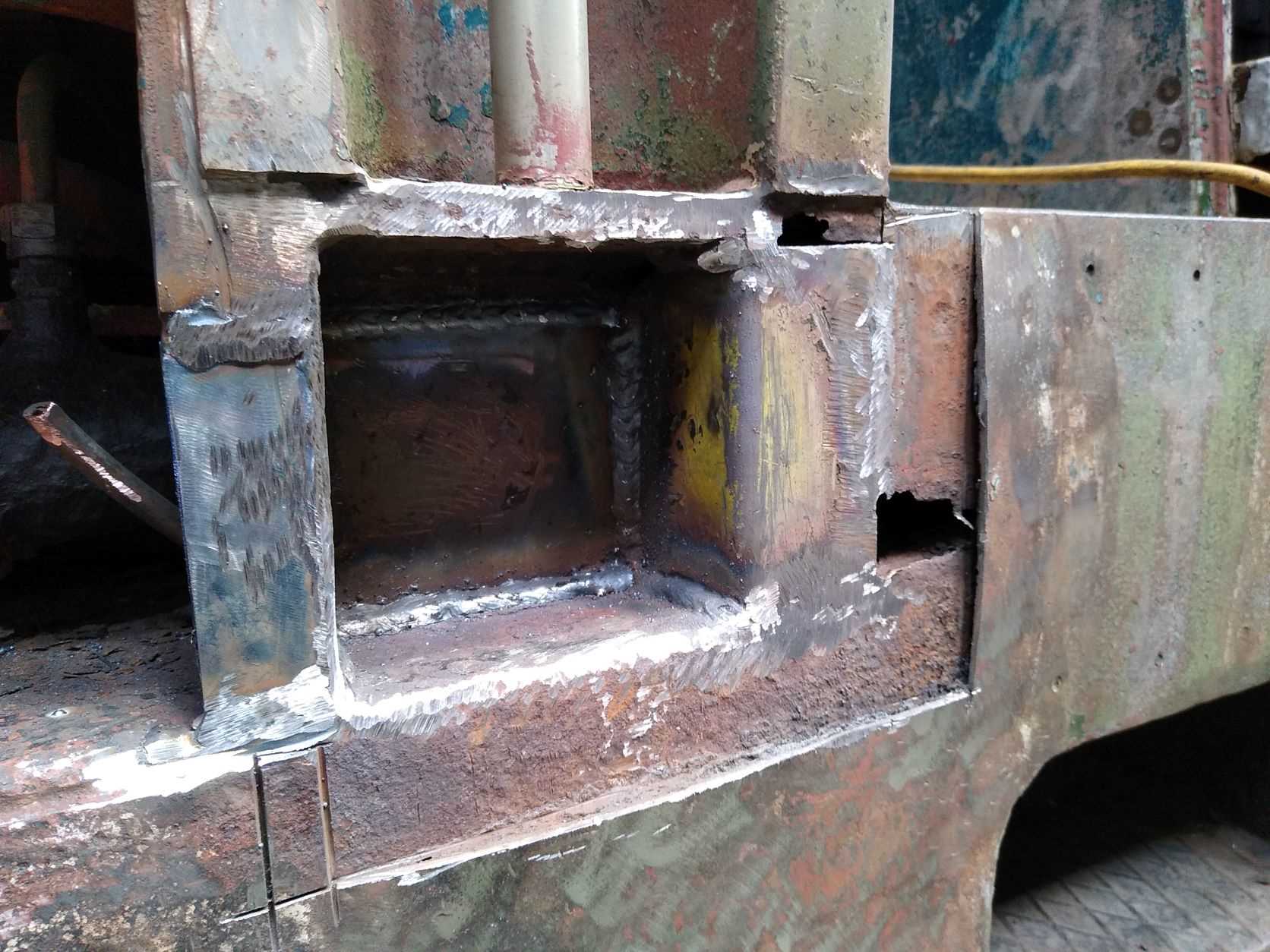
D1010 – and now remedied with a significant increase in the stiffness and strength in this area. Pictured at Williton on Tuesday 26th April 2022 by Colin Foxhall © CC BY-NC 3.0
To support the work that is progressing in multiple areas on D1010, we launched our CAMPAIGN for CAMPAIGNER by offering ‘SPONSOR A PATCH’ where you can donate in support of the bodywork repairs that are taking place on D1010 ‘WESTERN CAMPAIGNER’ and HAVE YOUR NAME ENGRAVED ON THE SPONSORED PATCH or PART.
For the sum of £25, this scheme offers you a chance to sponsor the restoration of this much-loved locomotive, with your personal contribution being recorded and documented on a set of drawings that will be made available at our Williton depot on running days and open days. For those who prefer to remain anonymous, a unique reference number will be allocated and engraved instead.
See our CAMPAIGN for CAMPAIGNER web page for more details !
NOTE: EVERYONE WHO HAS ALREADY DONATED £25 OR MORE SINCE JULY 2021 WILL BE RECOGNISED and will be allocated an appropriate area on one of the patches or parts that have already been applied to the loco. Donations of smaller sums that accumulate to £25 are also eligible, so donate what you can when you can, and we will keep track of your total donations. Use our CONTACT FORM if you want to register your previous donations to D1010 for this campaign.
Class 33 D6566 (33 048) – this loco is based at Bishops Lydeard and is available to the WSR for contract work or ‘Thunderbird’ work as required. We are going to be operating our two ‘Cromptons’ on several weekend turns under the blue timetable as per our recent DIESELGEN bulletin. Sign up to DIESELGEN to make sure that you are informed about all rostered workings of DEPG locomotives.
ADVANCE INFORMATION – we anticipate that the 10:00 Minehead diagram will again be hauled by one of our Class 33 ‘Cromptons’ on Sat/Sun 14/15 May and 21/22 May. This will be confirmed nearer the time via DIESELGEN.
Class 33 D6575 (33 057) – this loco worked the 10:00 Minehead to Bishops Lydeard diagram (two round trips, 80 miles total per day) on Saturday 30th April and Sunday 1st May and is currently stabled at Minehead to provide ‘Thunderbird’ cover during the Spring Steam Gala. The weather was very nice on the Saturday and DEPG volunteer Geoff was at Stogumber enjoying one of their famous cream teas when he heard our loco approaching the station on the first return leg of her two round trips, and he snapped this picture from the platform:
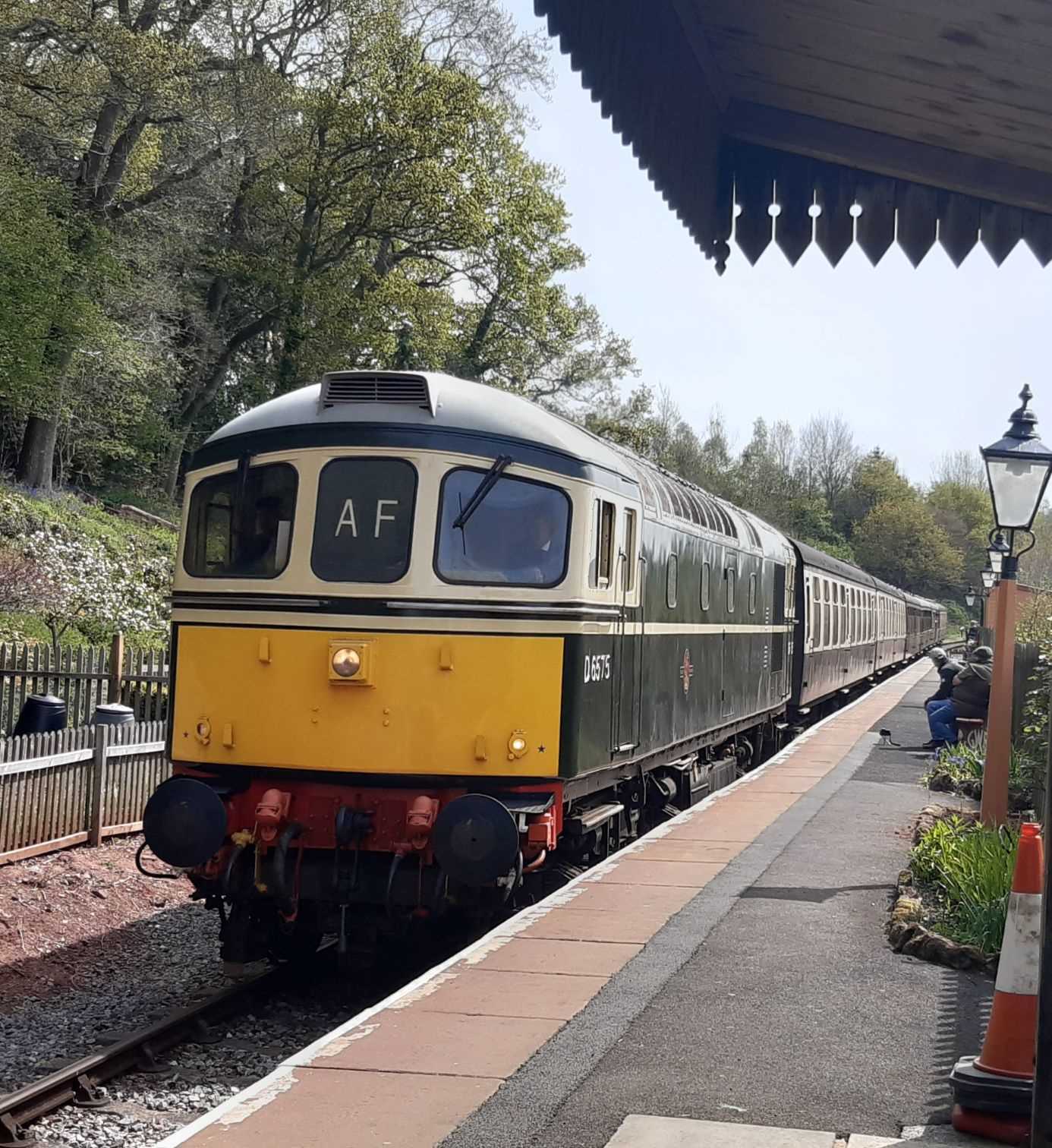
BRCW Class 33 ‘Crompton’ D6575 (33 057) worked the 10:00 Minehead diagram on Saturday 30th April and Sunday 1st May 2022 and was pictured rolling in to Stogumber station on the second leg of the 80-mile working. Photo by Geoff Miles © CC BY-NC 3.0
Class 35 ‘Hymek’ D7017 – this loco is now receiving attention for a fairly short list of tasks that need to be dealt with before she can be returned to service. The plan is to get the loco into a presentable external condition in time for the Diesel Gala that takes place between 9th and 11th June.

Class 35 ‘Hymek’ D7017 received attention from Leroy, Neil and Martin at Williton on Saturday 30th April 2022 to prepare her for her return to service. In this picture, Martin has re-fitted one of the four covers for the lifting points and is giving the area a quick wipe over in advance of Graham’s paintbrush. Photo by Andy Royal © CC BY-NC 3.0

One of Class 35 ‘Hymek’ D7017’s bogie brake cylinders was flagged as needing some attention so Neil and Leroy disassembled it at Williton on Saturday 30th April 2022 so that it could be overhauled. In this picture, Leroy is cleaning up the piston rod of the air-operated brake cylinder in advance of replacing the piston seals. Photo by Andy Royal © CC BY-NC 3.0
Class 35 ‘Hymek’ D7018 – no change this week – but she will be the next in line for attention !
Class 14 ‘Teddy Bear’ D9518 – progress continues on the many parts that need to be re-fitted to the frames in advance of the next ‘big lift’. Attention this week focused on the fuel pump, fuel and lubricating oil pipework and a collection of other small parts. Here’s some photographs to show what is happening on this loco:

D9518 – the fuel transfer and priming pump was subjected to inspection by Class 14 team leader Simon at Williton on Saturday 30th April 2022. This component is hard to access once fitted, so it needs to be in good condition prior to re-installation. Photo by Terry Deacon © CC BY-NC 3.0
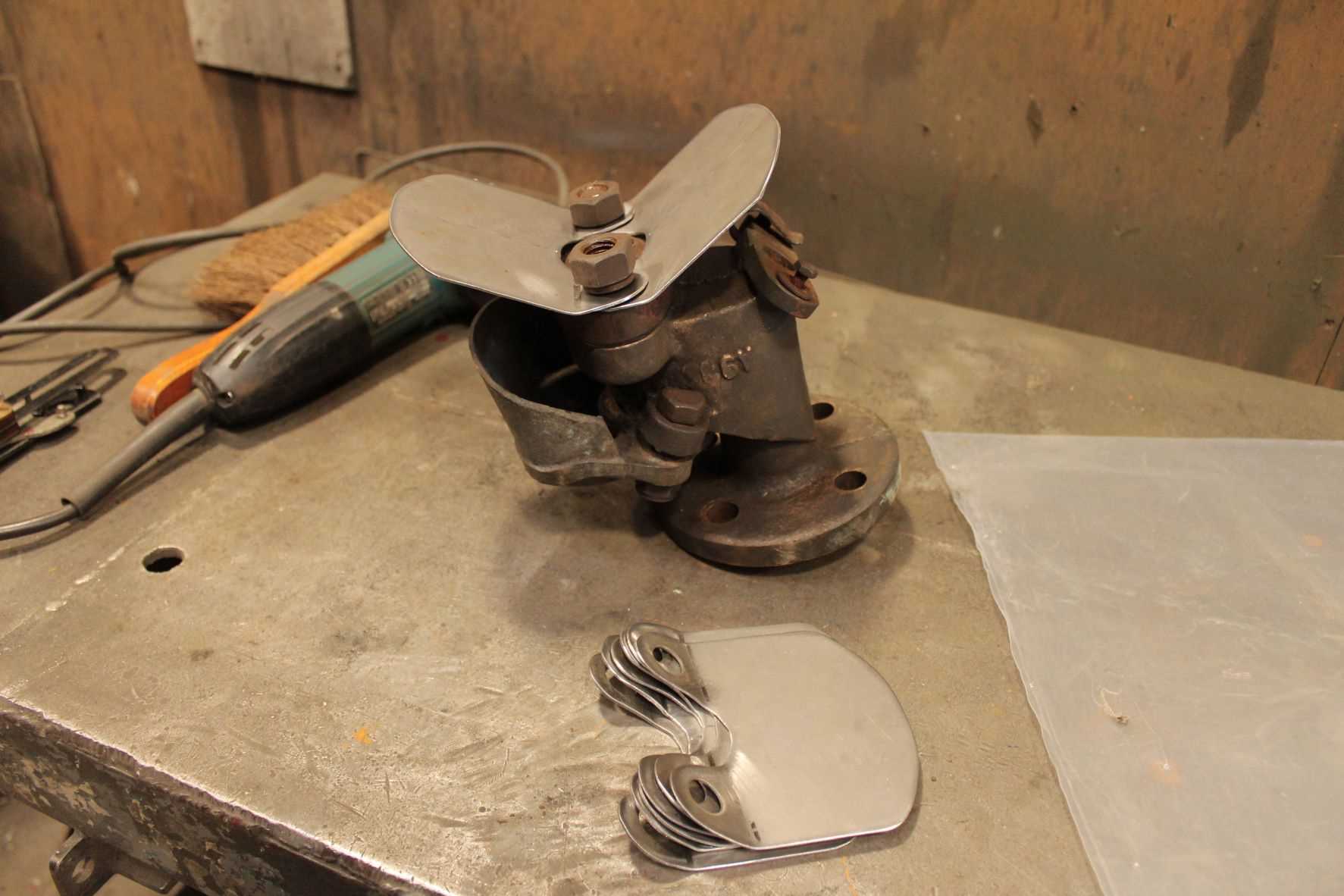
D9518 – new sand deflector plates were fitted to the sanding valves at Williton on Saturday 30th April 2022. These simple parts perform an essential service in helping the loco to haul heavy loads when railhead conditions are wet or slippery. Photo by Terry Deacon © CC BY-NC 3.0
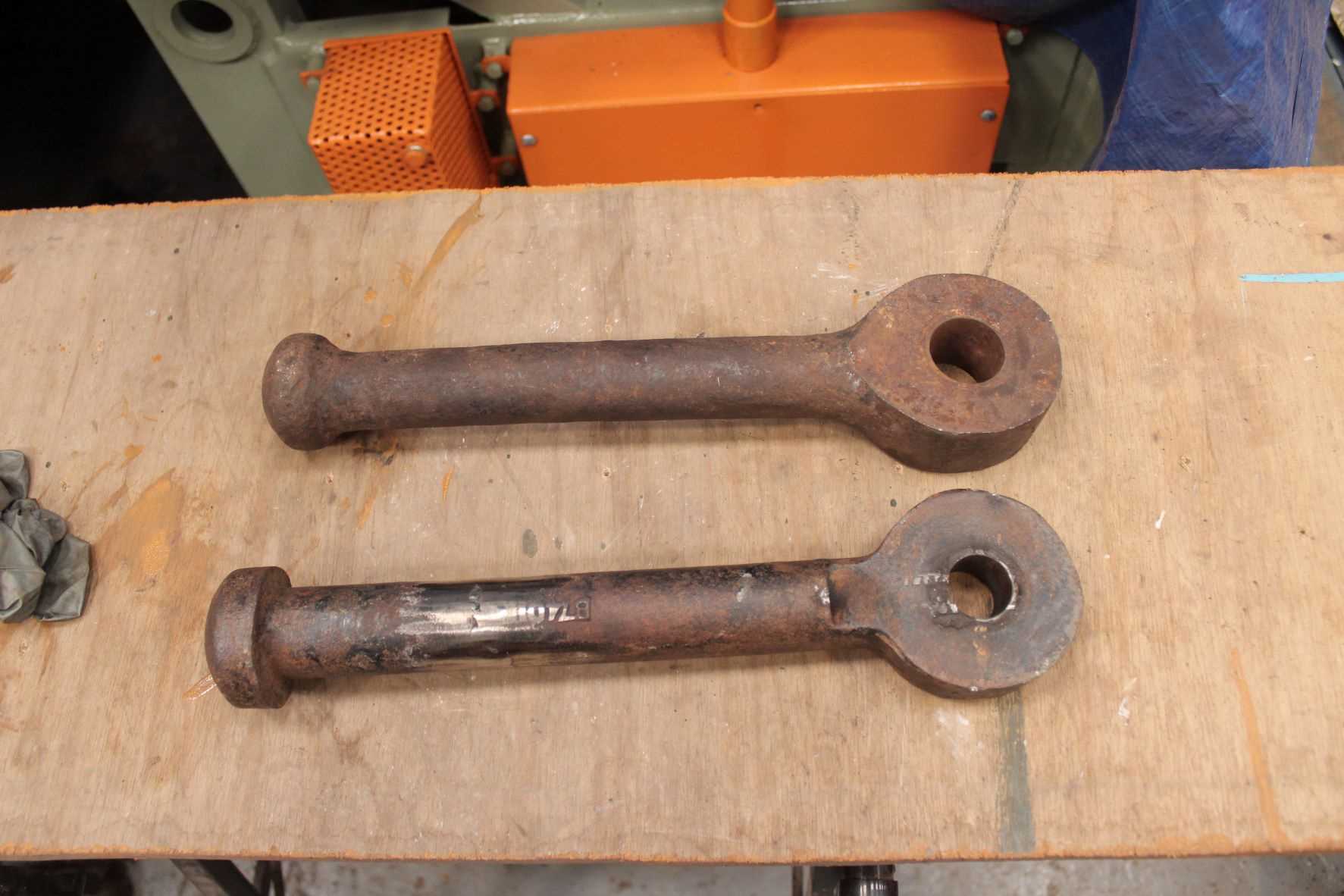
D9518 – another simple but essential part is this brake rod, the worn component shown above and the remanufactured component shown below. All of this work has to proceed in the background to support the more visible progress. Photo by Terry Deacon © CC BY-NC 3.0
This loco is the subject of a fundraising appeal so please follow this link to find out more. We need your help ! In addition to funds, we also need plenty of HANDS. If you love the ‘Teddy Bears’ and you are not already a member of the DEPG, please join us so that you can become one of the team that is going to return D9518 to full operational condition as ‘NCB No. 7‘.
Class 14 ‘Teddy Bear’ D9526 – this loco continues to be in regular use on the Kent & East Sussex Railway. In fact, so regular is her use that she has just completed ANOTHER 50-hour inspection and is back at work supporting this busy railway. To provide some insurance against possible failure, the spare but worn starter motor was sent out for reconditioning at a CAV specialist firm in Preston. The service provided by ICS Online was amazing and the reconditioned motor is on its way back to us already. Well done guys ! We will provide photos next week because this issue of roundup is already photo-heavy.
Class 47 47077 ‘NORTH STAR’ – this loco is currently stabled at Pickering on the North Yorkshire Moors Railway, and is expected to move to Grosmont during the coming week to enter the loco works for completion of some overhaul tasks. One issue that was identified during a recent engine run was arcing around the commutator of the ‘triple pump’. This pump is a large electrically-powered machine that includes three pumps driven from the same motor – the water pump, the oil pump and the fuel pump. Luckily, we have a spare that was reconditoned in the year 2001 but has never been used, so it had to be pulled out of the spares container at Williton on Saturday and cleaned up prior to shipping it to Yorkshire:

The spare ‘triple pump’ for Class 47 47077 (D1661 47613 47840) ‘NORTH STAR’ was pulled out of storage and checked over at Williton on Saturday 30th April before sending it to the NYMR for installation into the loco. The part is un-used since overhaul – but the warranty ran out in 2002 ! Pictured while suspended from the crane, the oil pump is on the left with the fuel pump alongside. The water pump is at the other end. Photo by Andy Royal © CC BY-NC 3.0
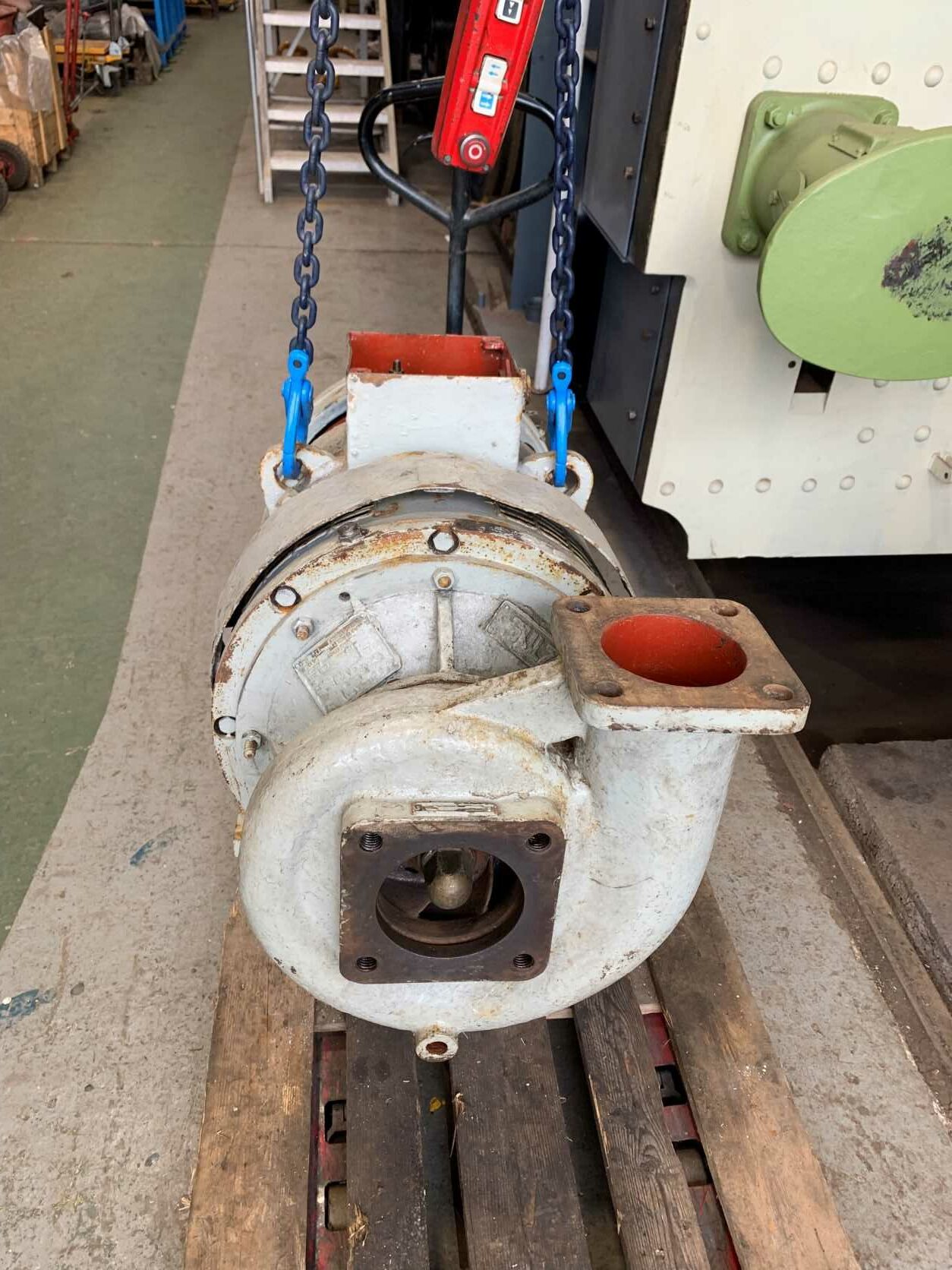
The spare ‘triple pump’ for Class 47 47077 (D1661 47613 47840) ‘NORTH STAR’ was given a clean-up and an inspection at Williton on Saturday 30th April before sending it to the NYMR for installation into the loco. This view shows the suction (centre) and delivery ports of the water pump, with the small frost drain port at the bottom. Photo by Andy Royal © CC BY-NC 3.0
Andrew Barclay 0-4-0DH 578 – no change this week.
Continuing her visit to Williton is Bishops Lydeard-based Class 09 shunter D4107 (09 019), the loco having her brand-new batteries fitted on Saturday 30th April 2022 while some other electrical maintenance work took place to get her ready to return to service. We expect this loco will be leaving us soon to return to Bishops Lydeard.
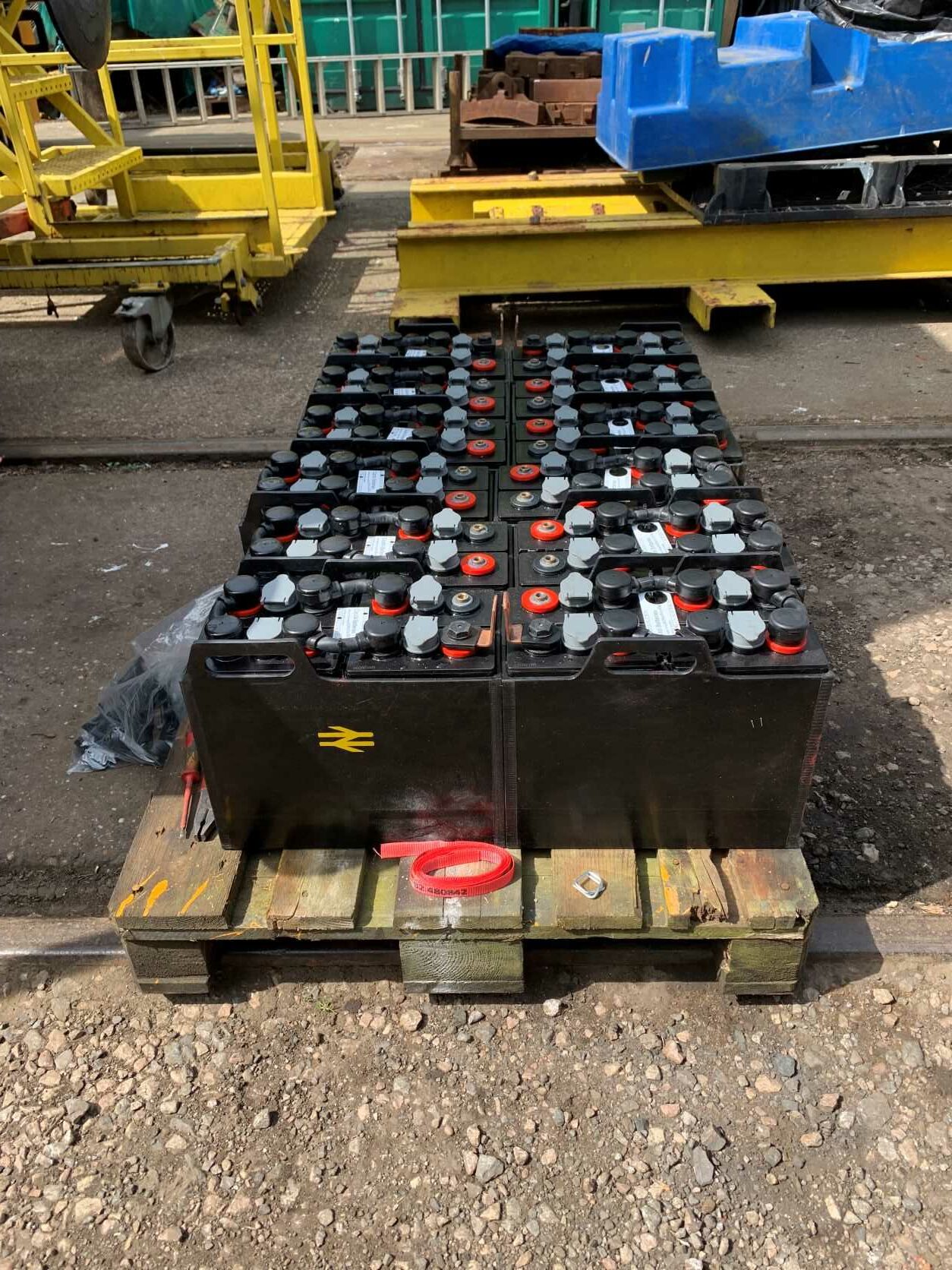
Class 09 shunter D4107 (09 019) has received a brand-new set of 48 traction batteries, complete with outer cases carrying the BR double-arrow logo. Pictured at Williton on Saturday 30th April 2022 by Andy Royal © CC BY-NC 3.0
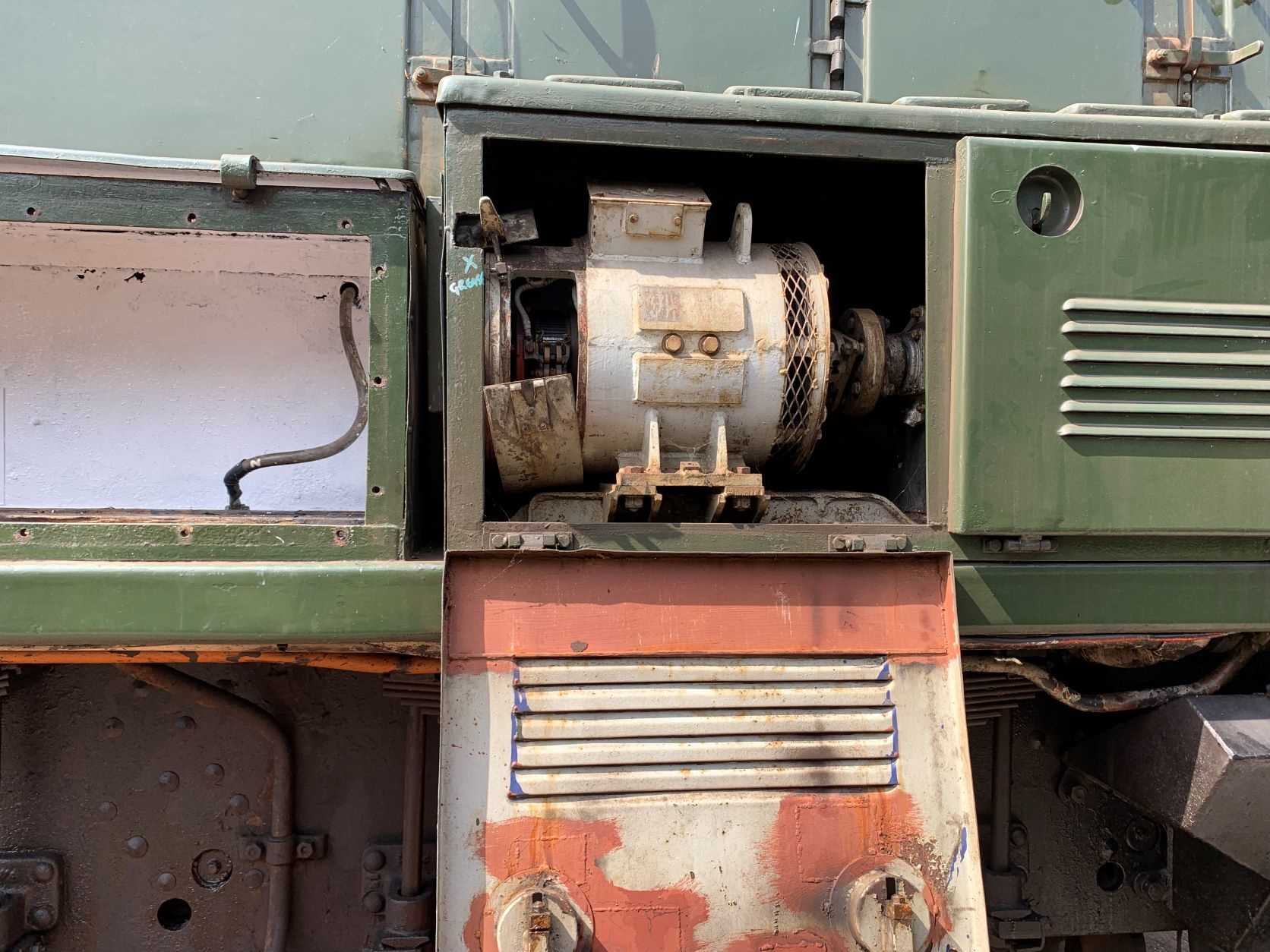
Class 09 shunter D4107 (09 019) also received attention to her electrical machinery, with the exhauster drive motor shown with covers removed to allow the brushgear to be cleaned and inspected by Ian and Tom. Pictured at Williton on Saturday 30th April 2022 by Andy Royal © CC BY-NC 3.0
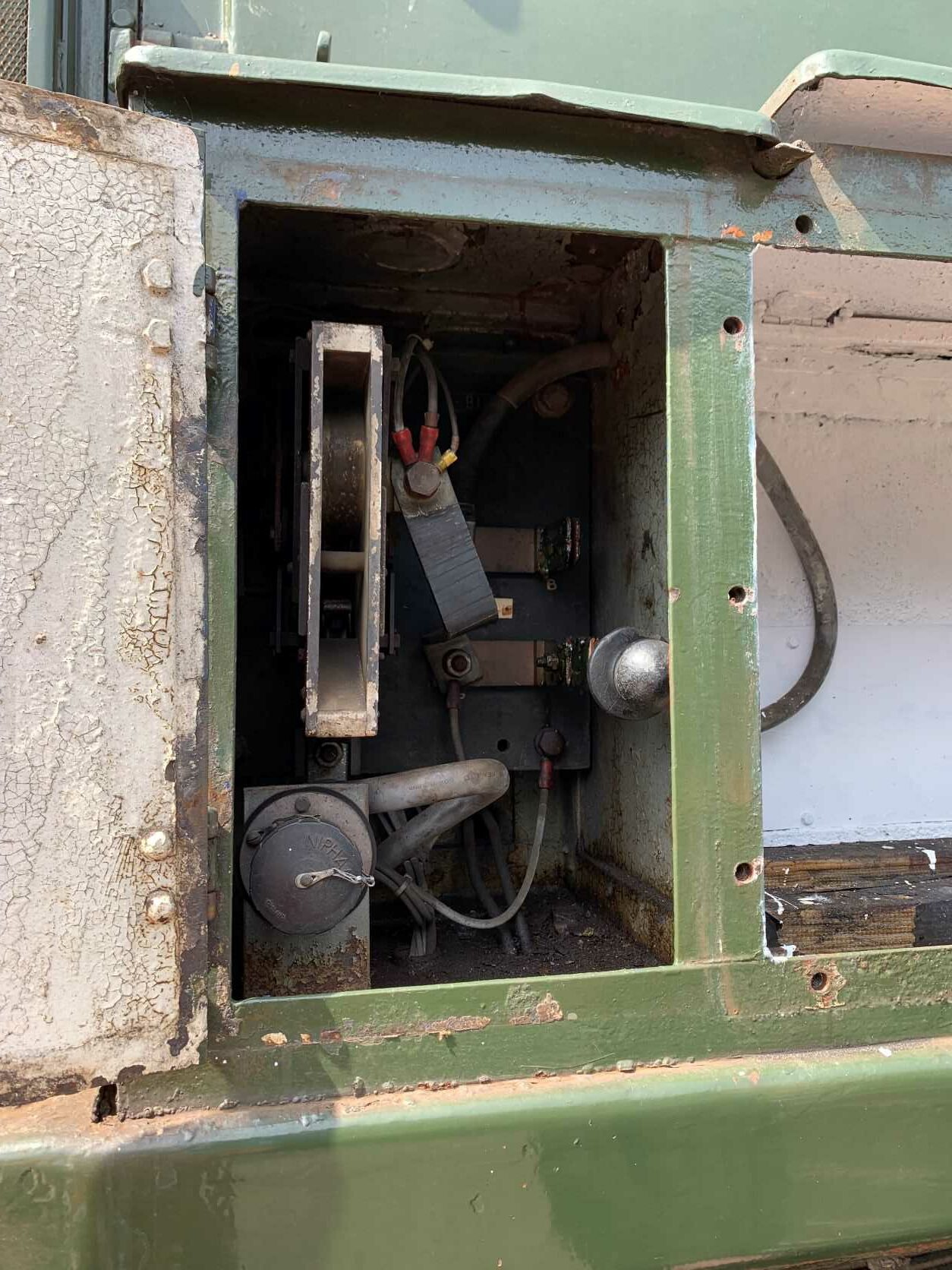
Class 09 shunter D4107 (09 019) also needed her electrical switchgear cleaned and inspected. This view shows one of the two Battery Isolation Switches along with one of the start contactors (this is the positive polarity side; – the other side of the loco has a similar box with the negative side of the circuit in it). Pictured at Williton on Saturday 30th April 2022 by Andy Royal © CC BY-NC 3.0
Let’s not forget that the DEPG also owns a number of wagons, include the 1954-vintage (LNER pattern) BR brake van number B952527 that was last used in a Diesel Driver Experience Course working back in 2019. This vehicle is in need of works attention to her roof and bodyside, but has been undergoing a clean up to prepare her for possible use later in the year. Here’s a view of the work being undertaken:
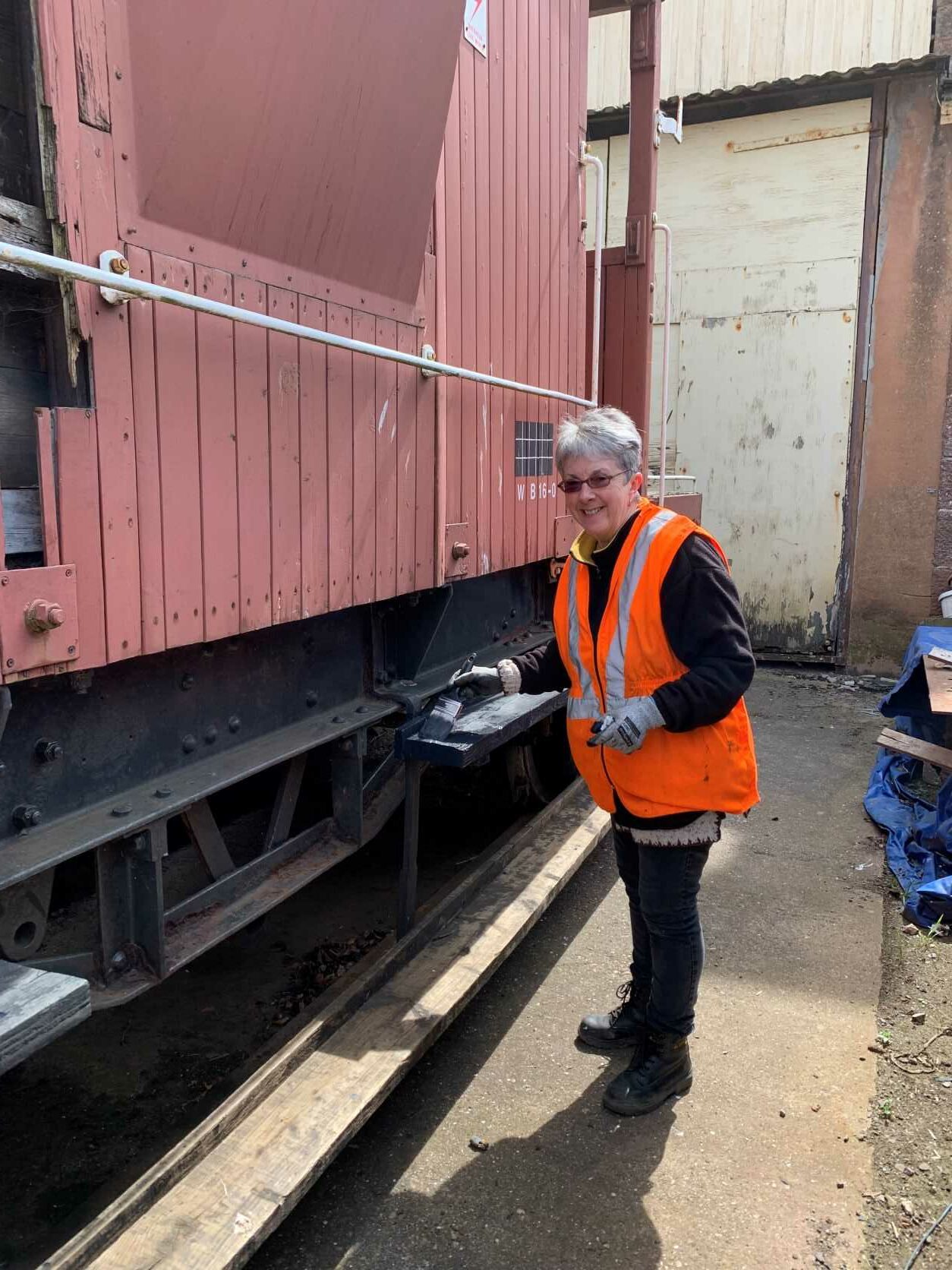
After spending a lot of time carefully preparing the wood for painting, Carol applies the wood preserver coating to the running boards of the DEPG’s 1954 BR (Faverdale) 20t brake van B952527 at Williton on Saturday 30th April 2022. Photo by Andy Royal © CC BY-NC 3.0
If you can help by donating your time, then please JOIN US and come along to the depot for an introduction to what we do and how we do it. We currently have people on site from Saturday through to Tuesday and we can open on other days if we can be sure of getting at least two volunteers on site at all times, so there is plenty of scope. We have tasks of all types to suit most capabilities, both skilled and unskilled.
Many thanks to all of our volunteers who give up so much of their time to work on the cleaning, painting, maintaining, restoring, managing and fund raising for our fleet of heritage locomotives !
BOOK REVIEW – this week, we combine the book review with an obituary for DAVID HARTLEY who passed away recently. The news reached us via long-time DEPG member Neale Long:
“Sorry to report the passing of BSC locomotive engineer and Class 14 enthusiast David Hartley on Easter Monday 18th April 2022. An early visit to Williton by David and that great preservationist, the late Gerald Boden, saw them acquire no less than three class 14s and a Class 40, all of which David ably maintained.
The welcome afforded to David and Gerald was reciprocated with extreme generosity and the initial restoration of our very own D9526 in 1983/84 owed much to David’s professional expertise. Essentially, he was ‘Mr Class 14’ with his encyclopaedic knowledge, based on his great experience of working on the class with his father at BSC Corby.
He will be greatly missed by all Class 14 owners. His passing is extremely poignant given the imminent publication of the second volume on the Class 14 focusing on the history of the class post-BR, it is especially sad given his great knowledge on this period.”
Many thanks to Neale for bringing this to our attention and for the words that he has provided.
Out of respect to David, we stay with the Class 14 and provide the following review of a D+EG booklet from 1980 that has been provided by Class 14 team leader Simon Purvis, as follows:

Here’s Simon’s book review:
“Following on from Jon Tooke’s review of ‘old’ books, the aim of this D+EG 1980 booklet was to raise money for the acquisition of D9526 and it explains the original (D+EG) thinking behind the locos’ acquisition.
The subjects covered include: ‘THE UNCERTAIN BEGINNING’ – where some of the ‘political’ issues were discussed, as well as some of the reasoning behind the design.
’56 TIMES 95′ gives an overview of the mechanical design and the major components.
‘FOUR YEARS ON BR’ explains the type of traffic and allocations whilst working for their builders, leading into ‘A LIFE OF INDUSTRY’ at Ashington and Corby.
The early preservation hopes and experiences are also covered with reports from not only the WSR, but the NYMR, GCR, SRPS, and Glos/Warks.
There are a good few black and white photos covering the construction of the class, their working for BR as well as the locos working in industry. The booklet ends with the class individual histories, up to 1980.
This booklet is essential reading for enthusiasts of the class, as well as Railway historians researching this short, but important period of railway development.
Perhaps the DEPG would consider reprinting this booklet, (and perhaps update it) so that additional funds could be generated for D9518?”
Many thanks to Simon for this book review. Would you like to buy a copy of this booklet, updated and reprinted ? Post a message via our CONTACT form.
ON SHED – this week, we provide a photo taken from the cab of our own D9526 at the East Lancs Railway, showing the late David Hartley in the cab of sister survivor D9520:

This photograph shows the late David Hartley relaxing in the cab of Class 14 survivor D9520 at the ’14s at 50′ event at the East Lancs Railway in July 2014, surrounded by nine other preserved members of the class. The photograph was taken from the cab of our very own D9526 by Simon Purvis © CC BY-NC 3.0
DEPG NEWS – the synopsis of the most recent Board Meeting will be produced and emailed to all members for whom we hold a valid email address ASAP. More news on this next week.
WSR NEWS: the next event will be the ‘SPRING STEAM GALA’ that takes place from Thursday 5th through Sunday 8th May when the DEPG facility at Williton will be open to the public. Please make a plan to come along if you can, and have a tour of the depot. Timetables for this gala are now available by clicking this link to the WSR website.
The timetables and the dates for the 2022 special events are as follows, so please make a note and ADD THESE DATES TO YOUR DEPG CALENDARS:
Go to previous Weekly Roundup post
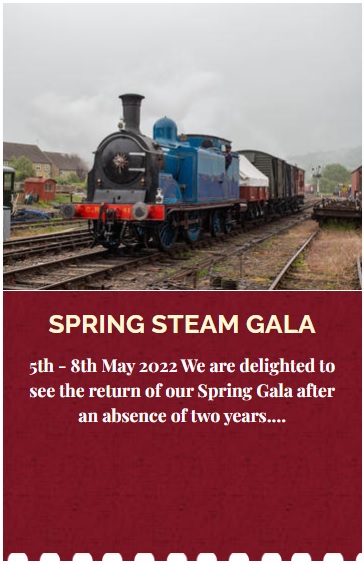




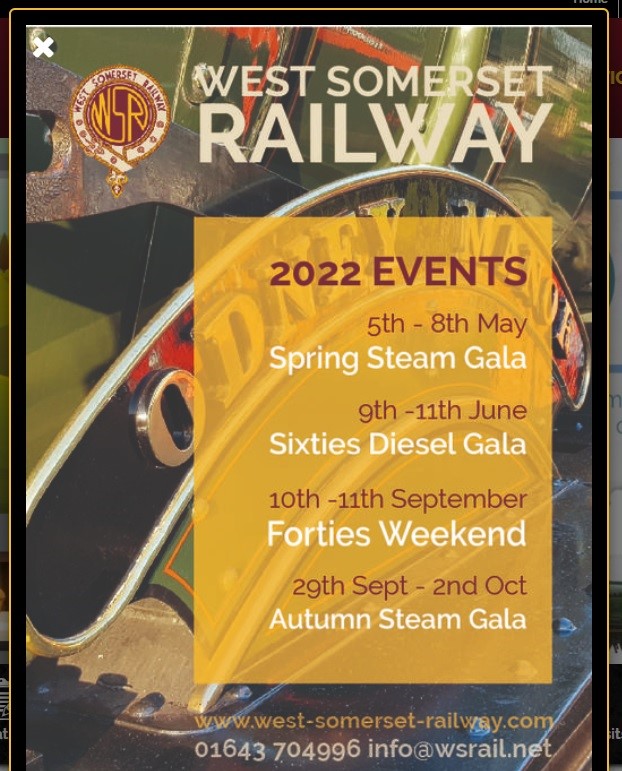
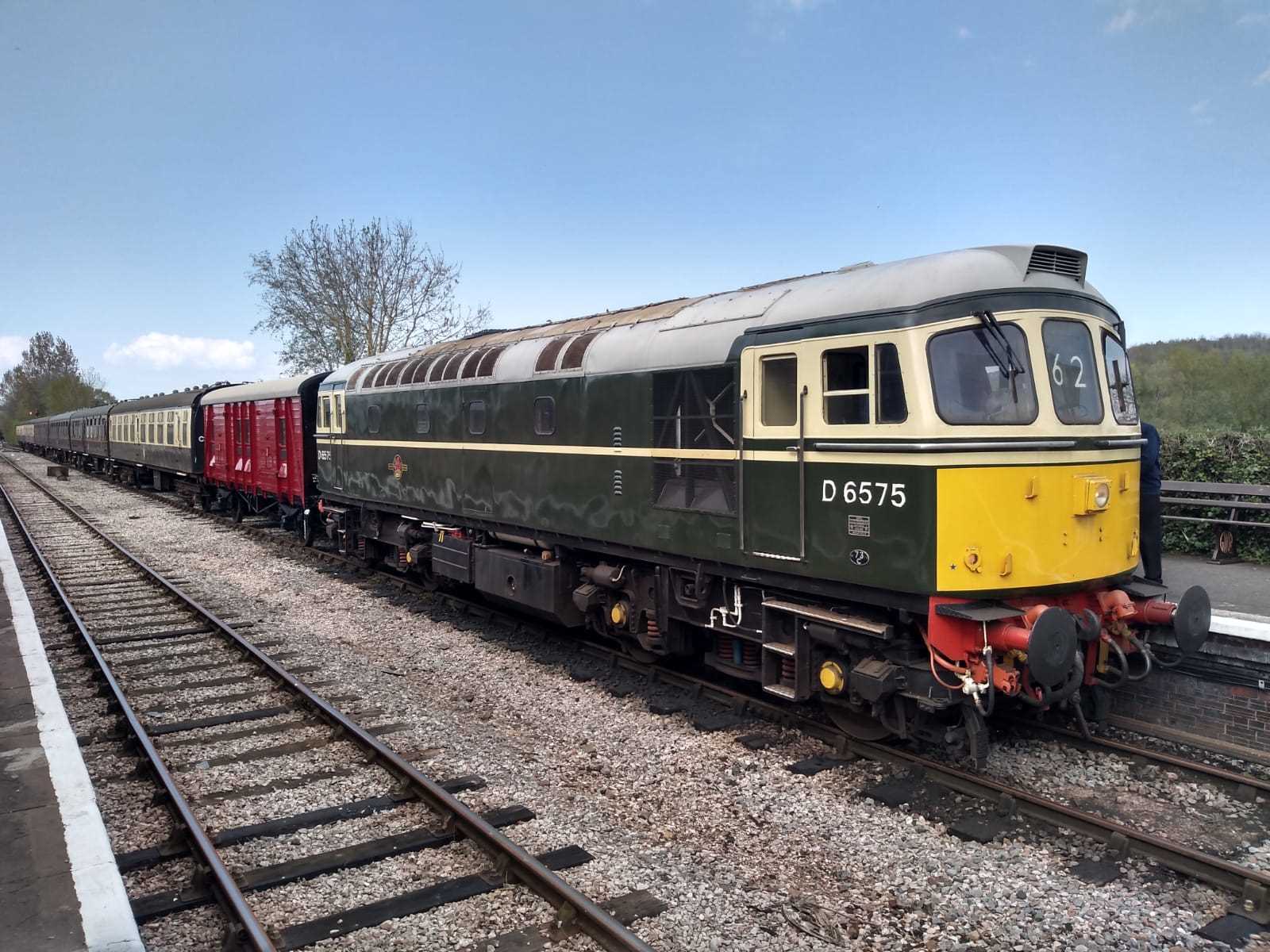

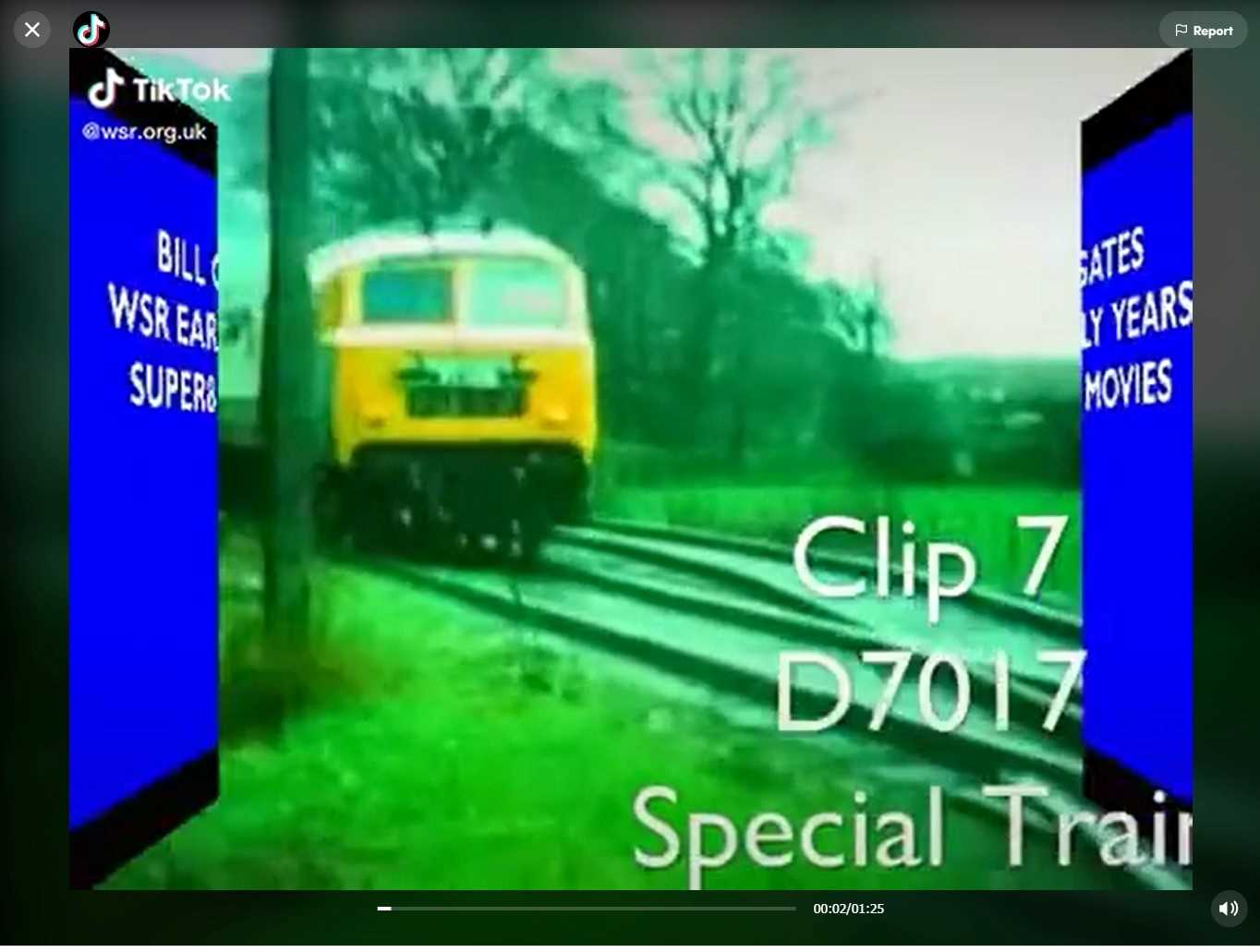
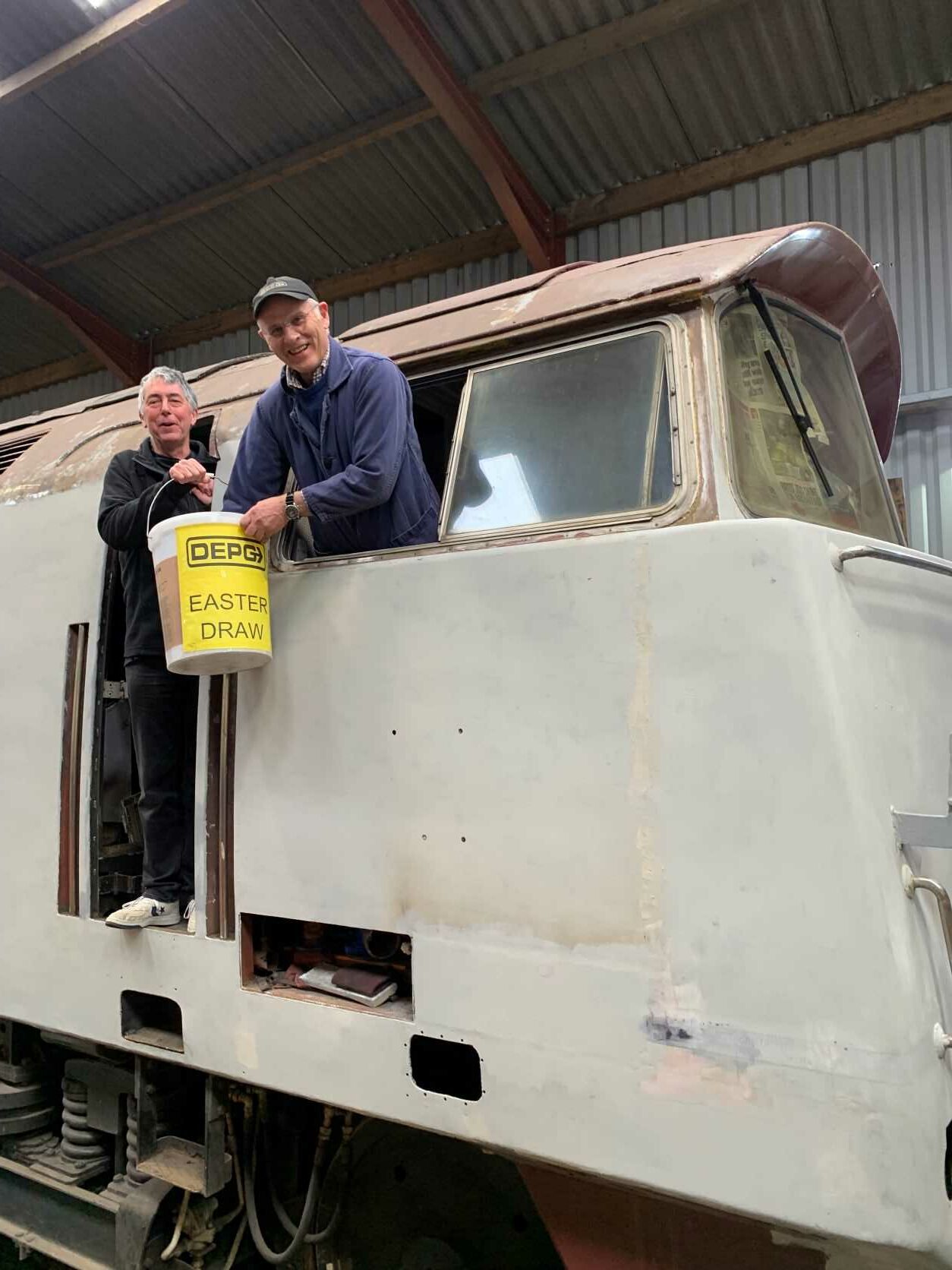


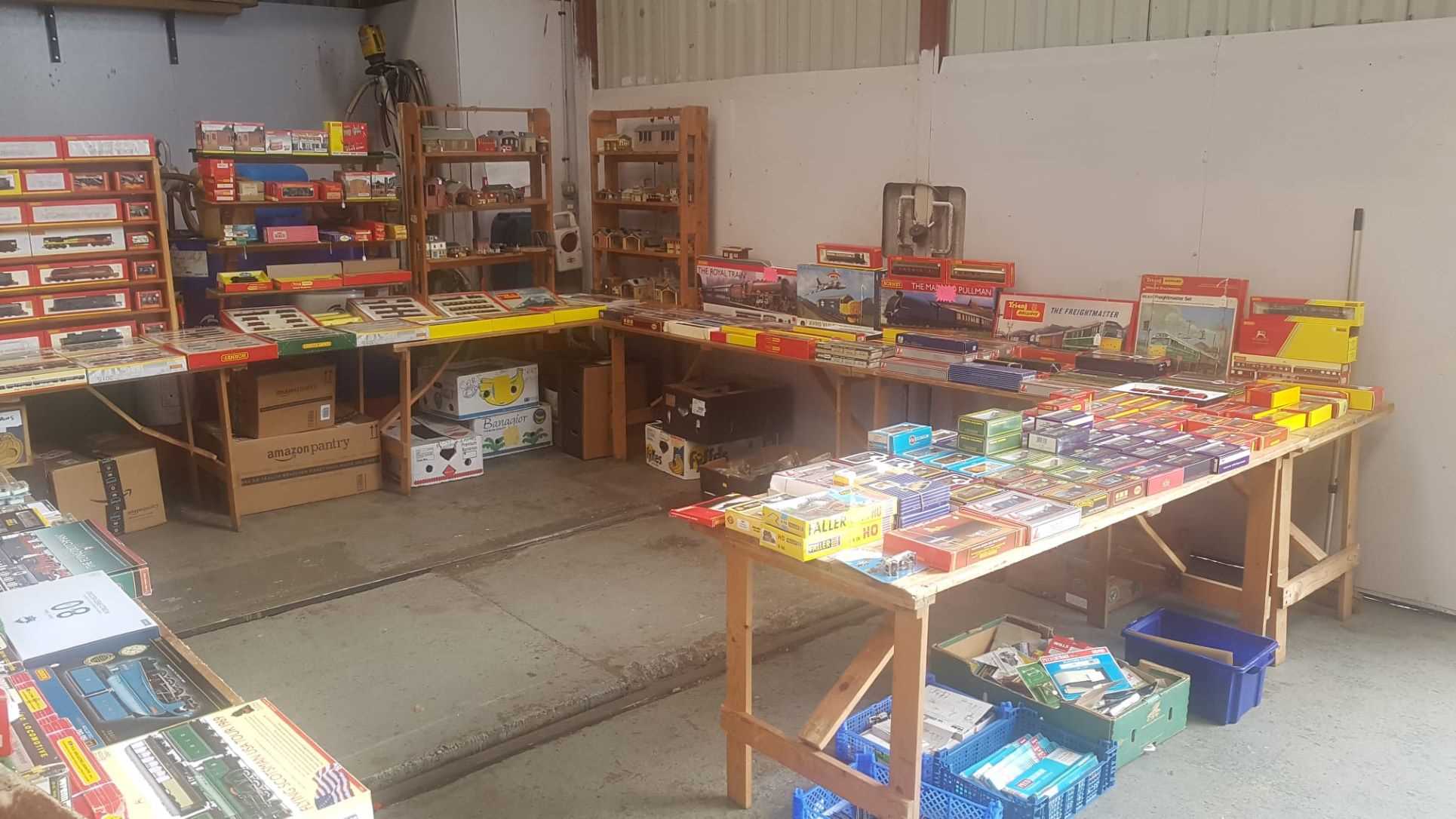

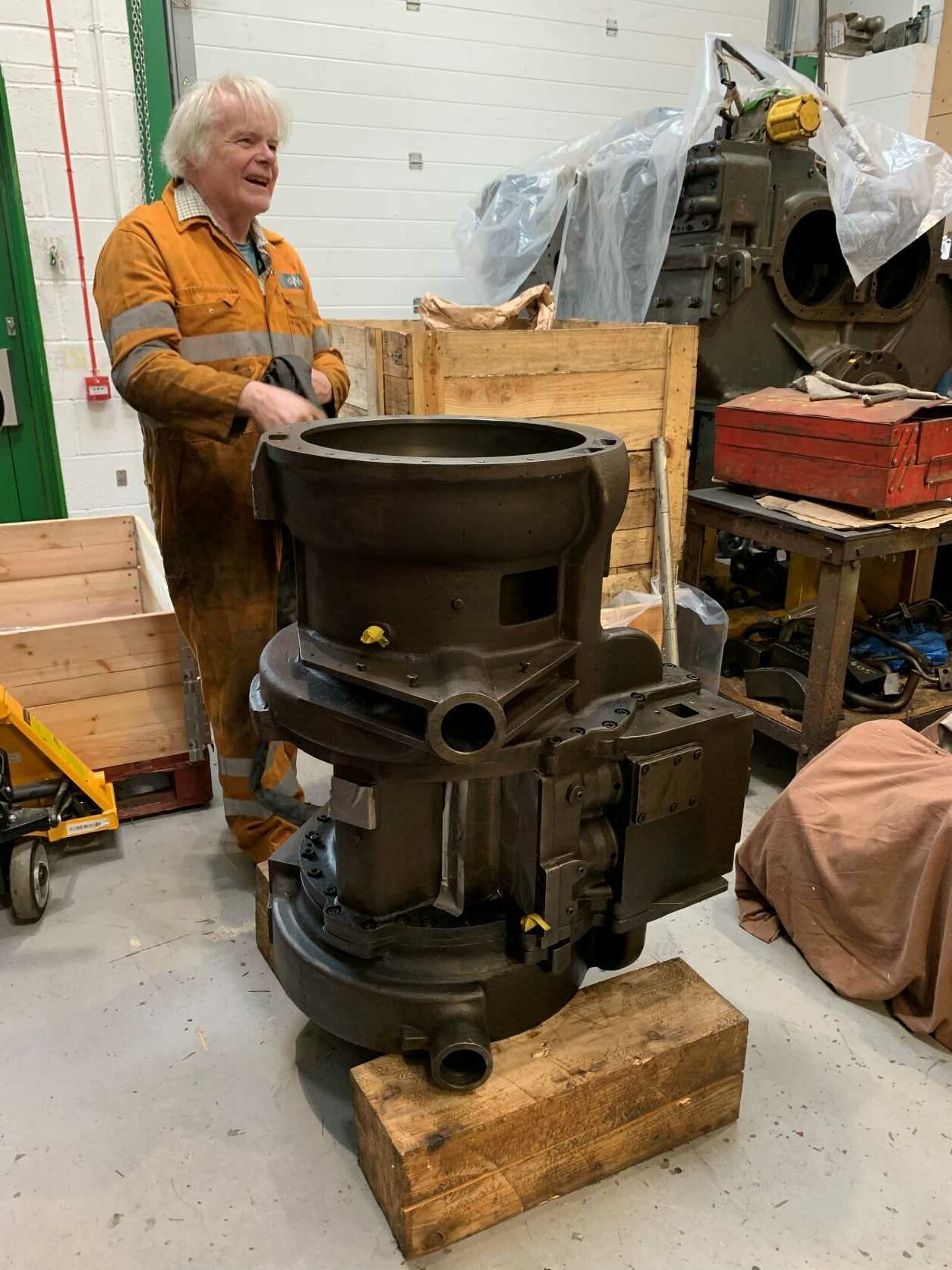

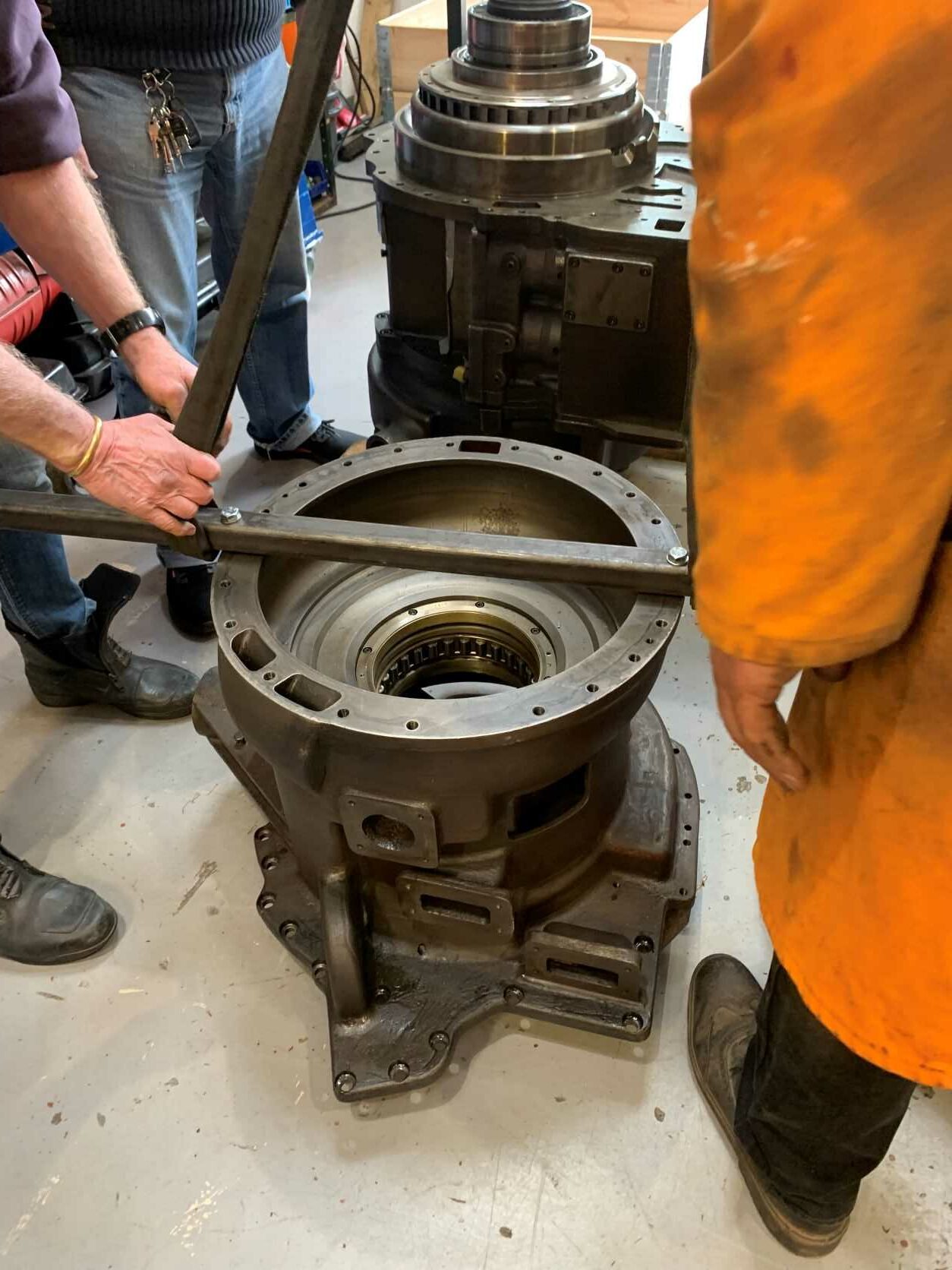
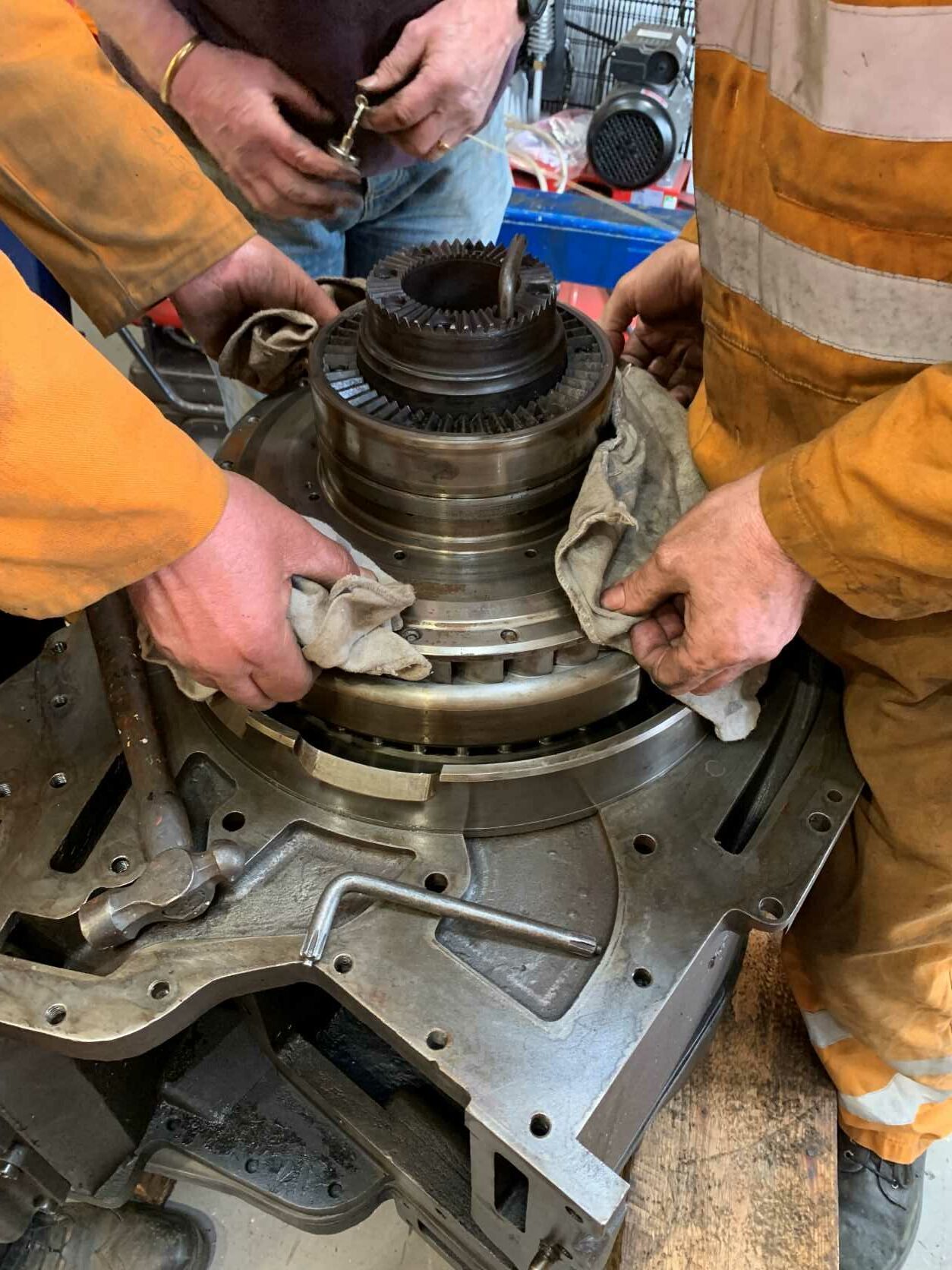

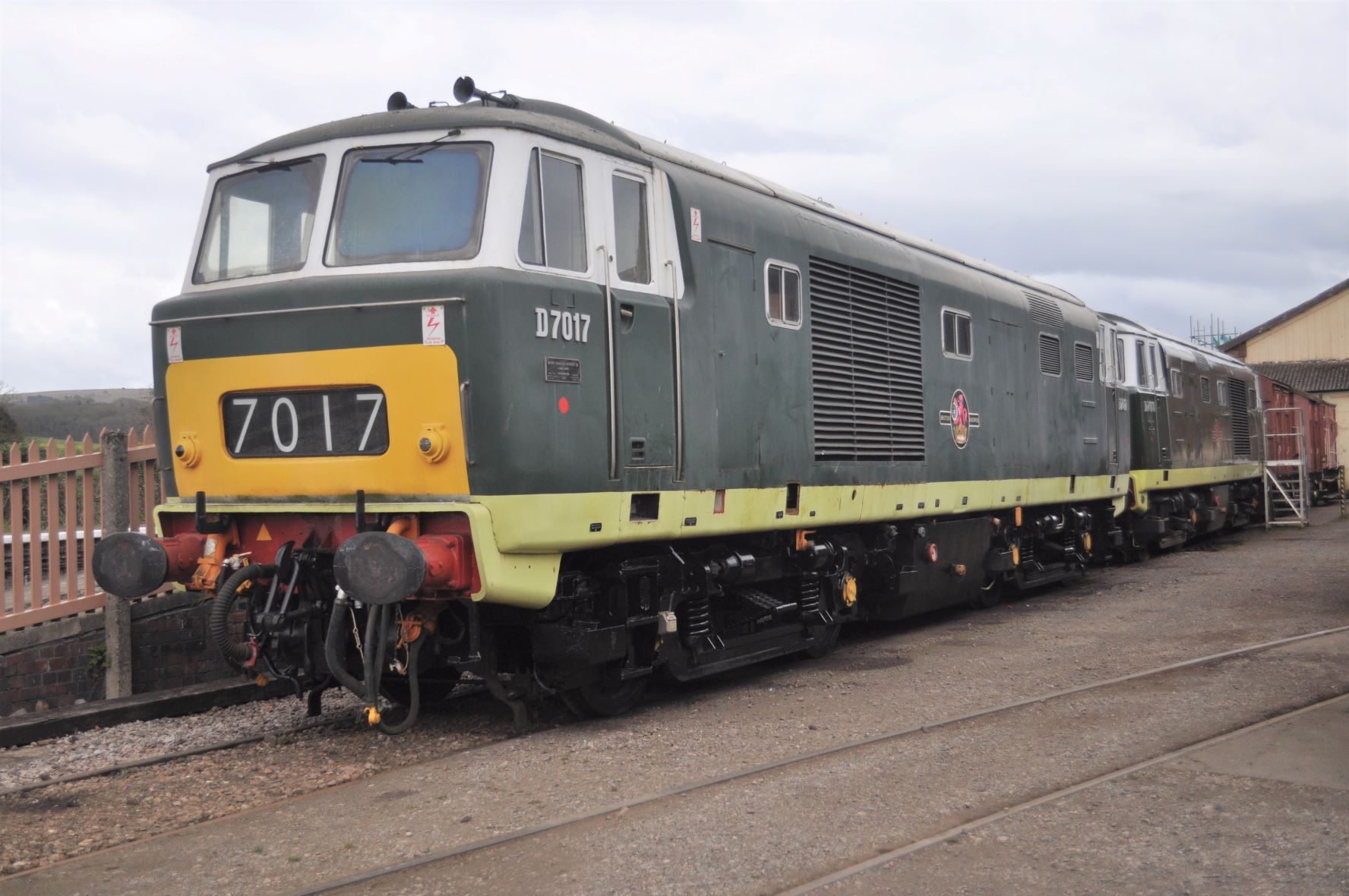

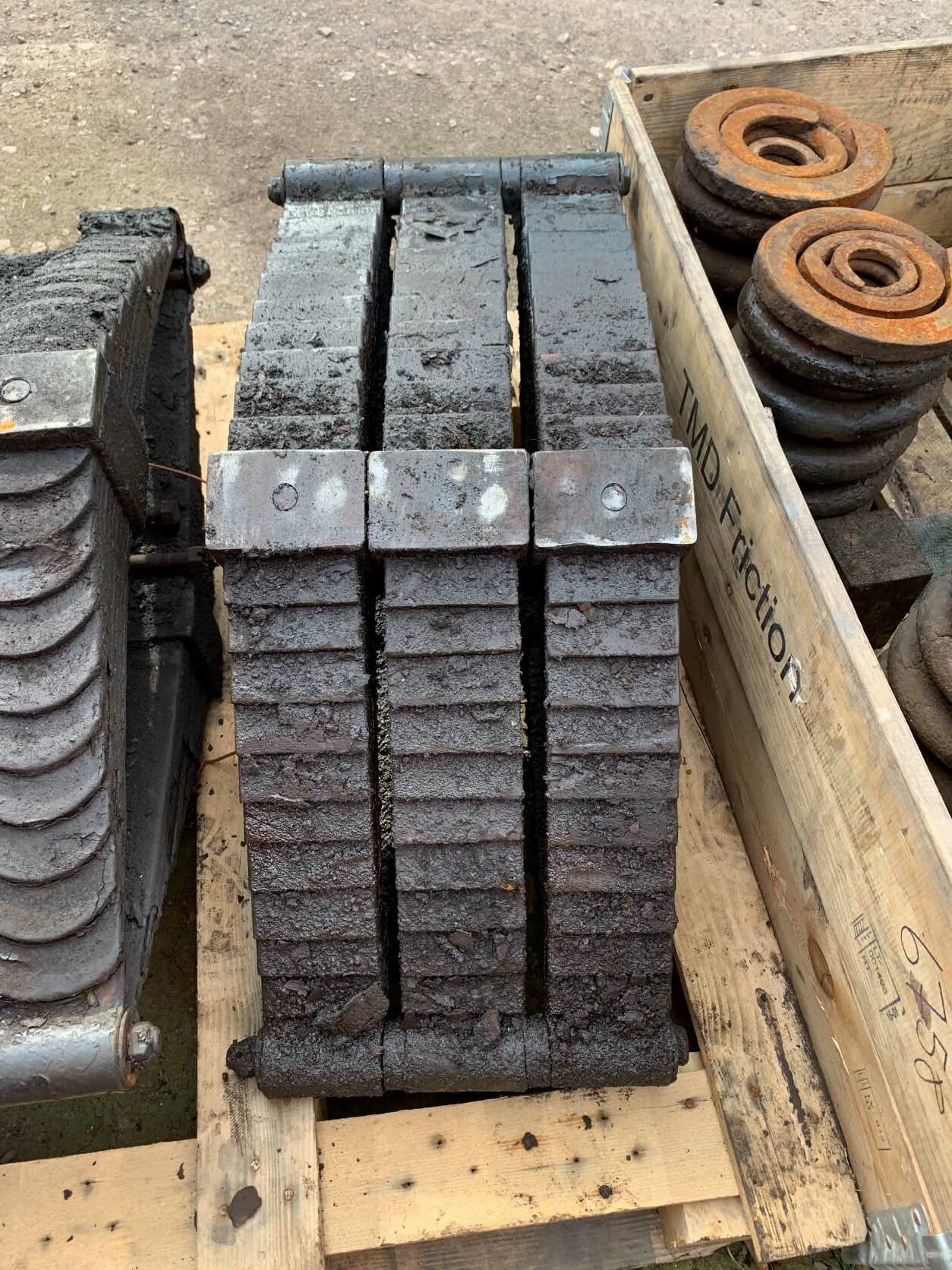

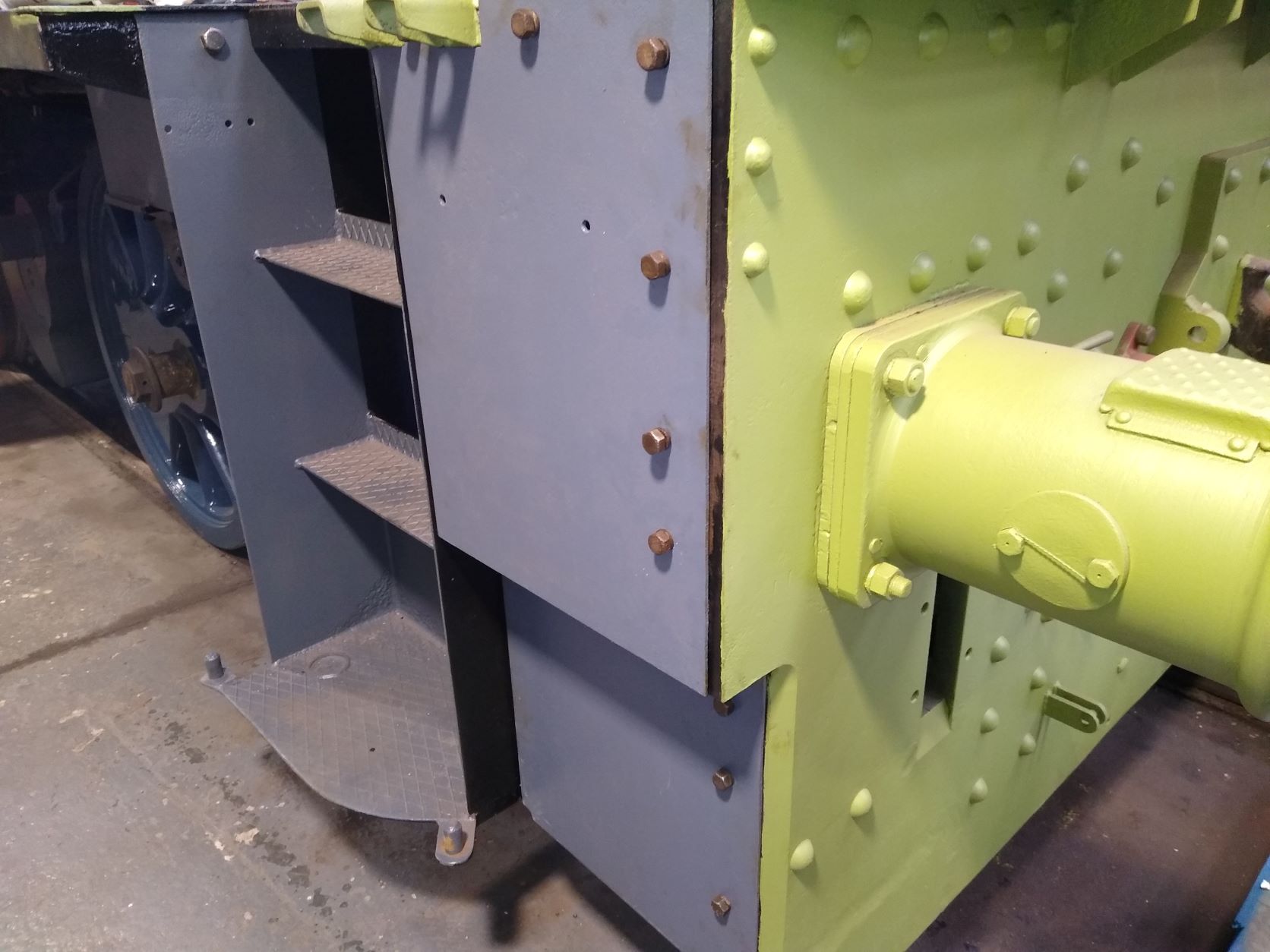


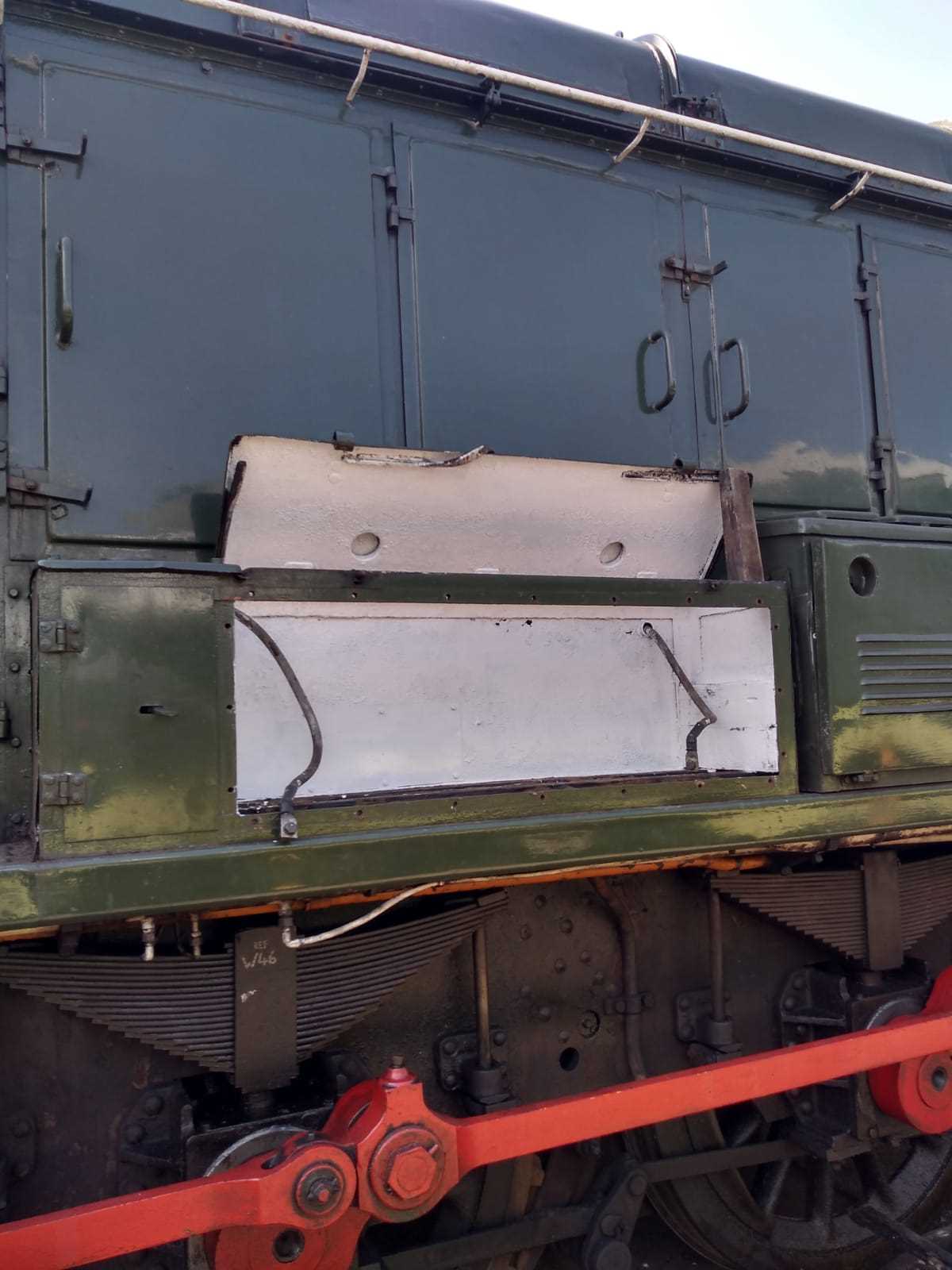
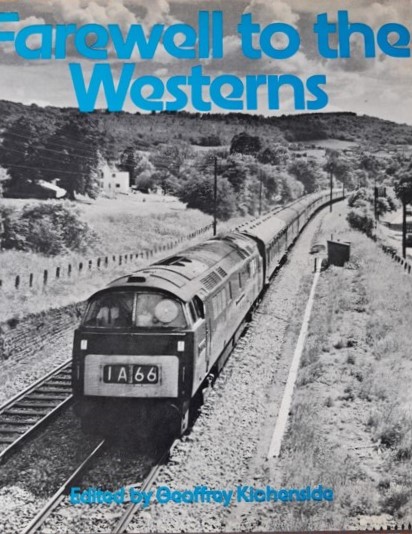
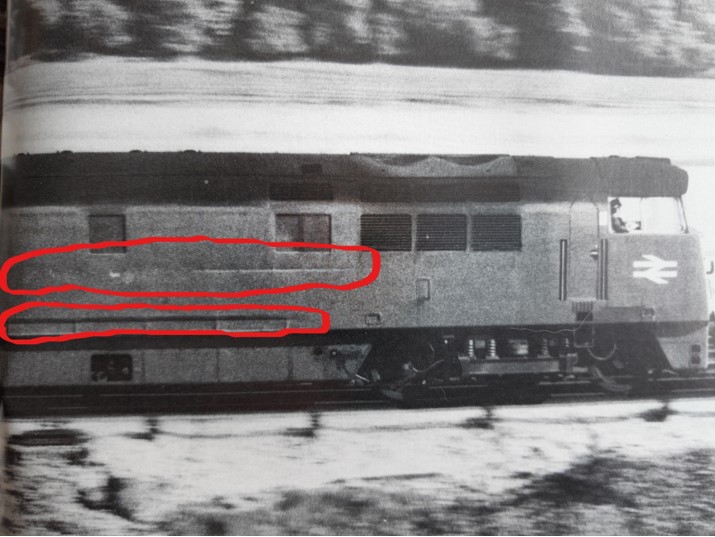
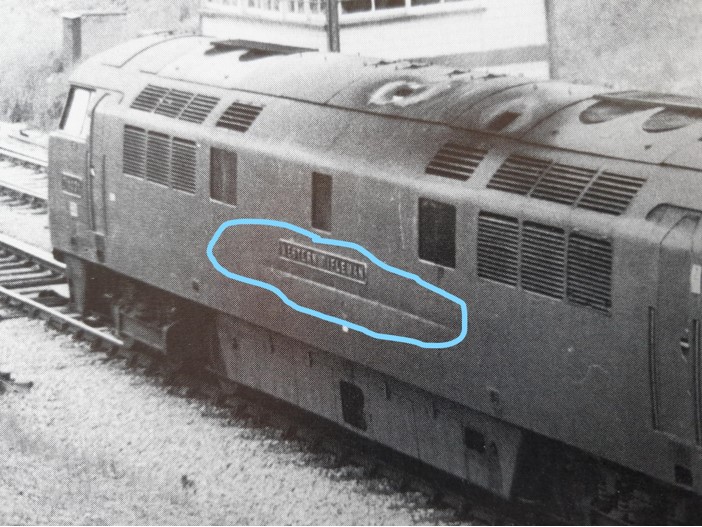
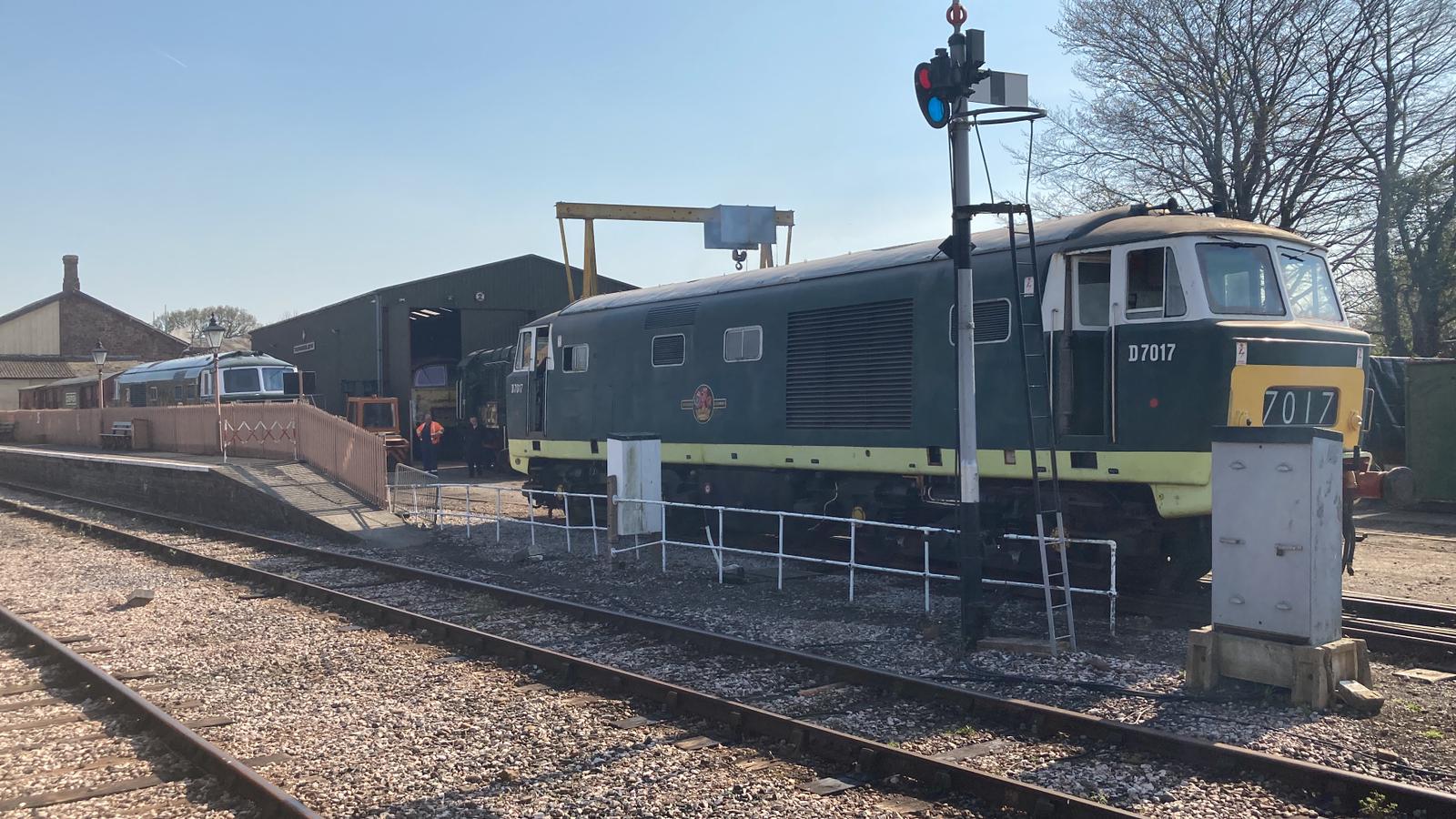


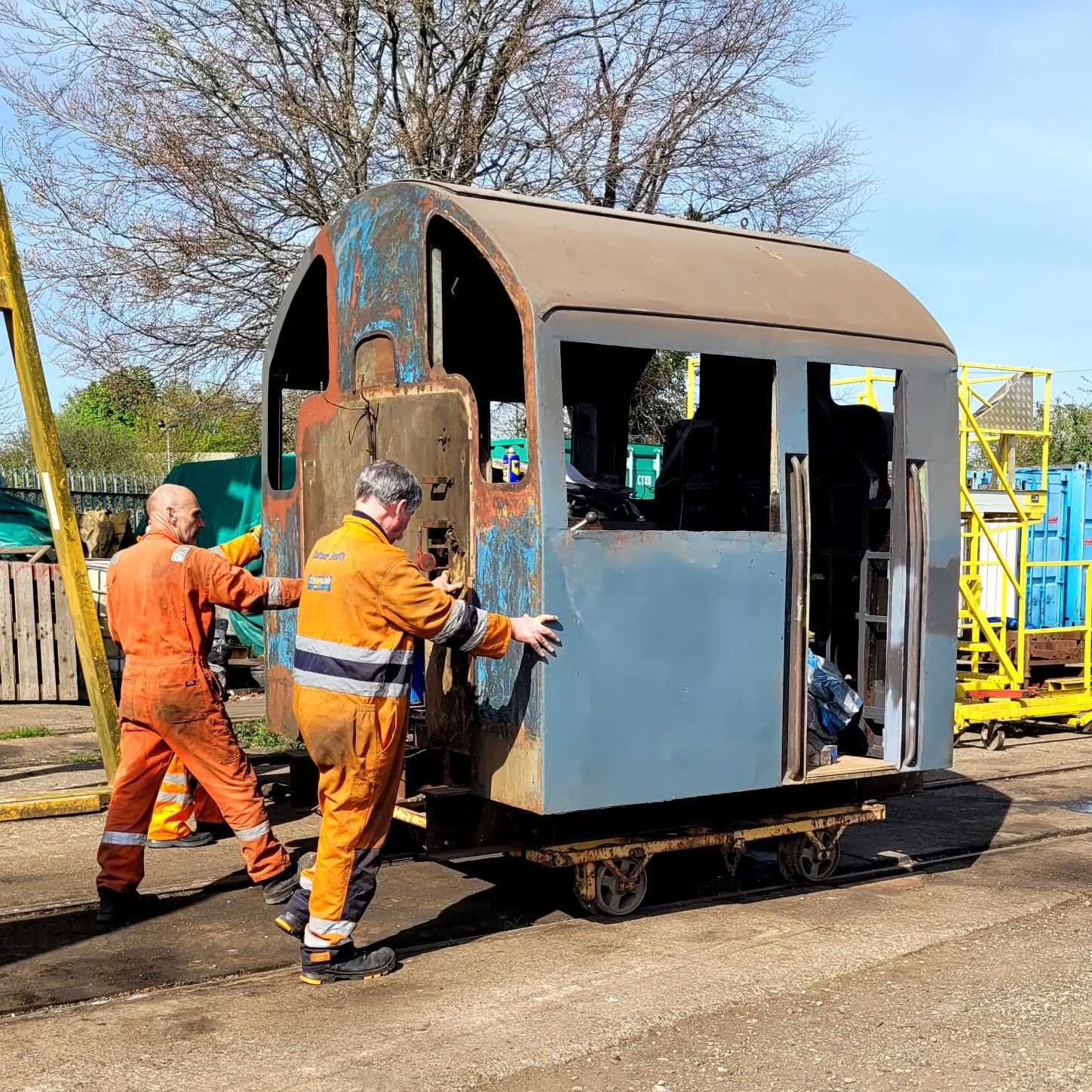


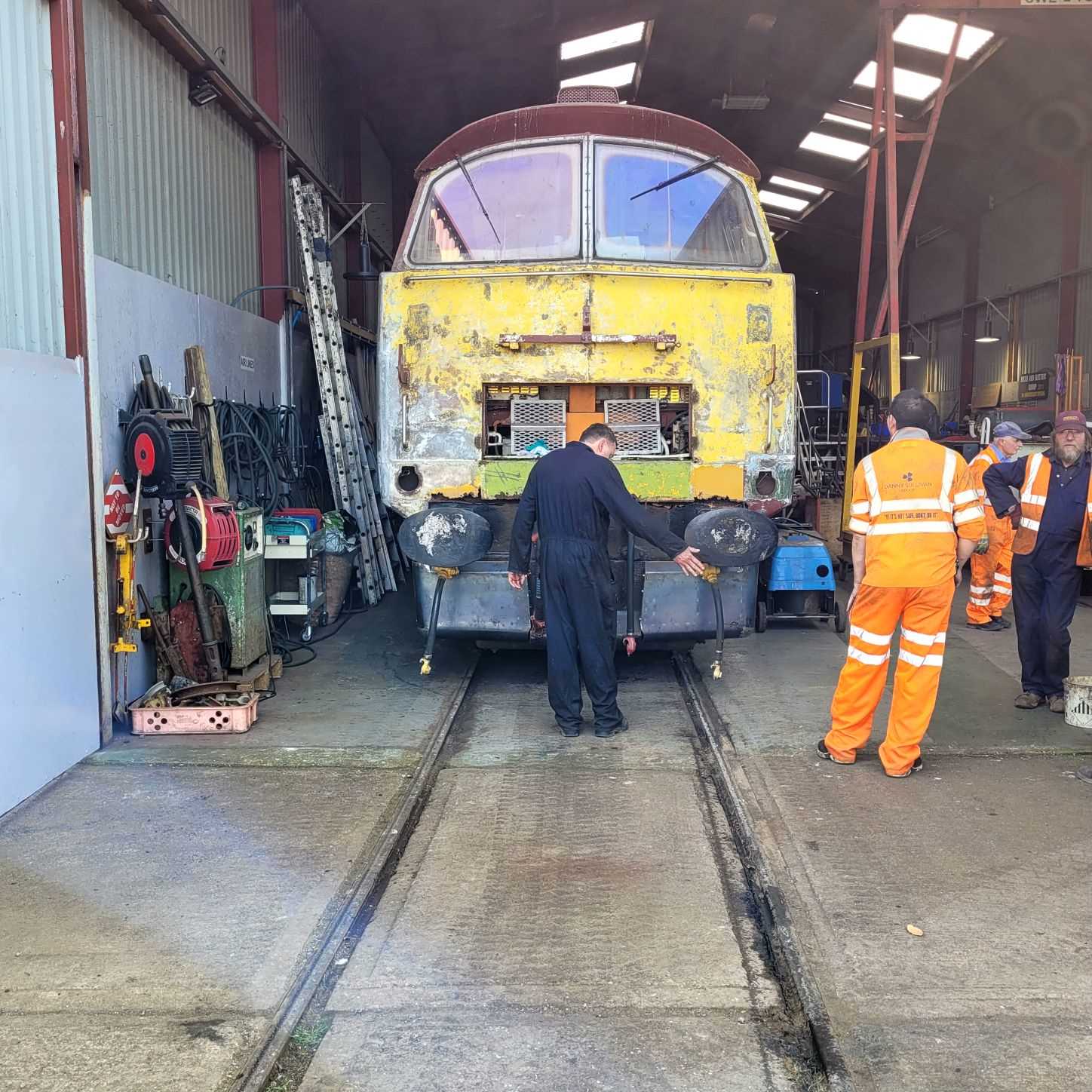
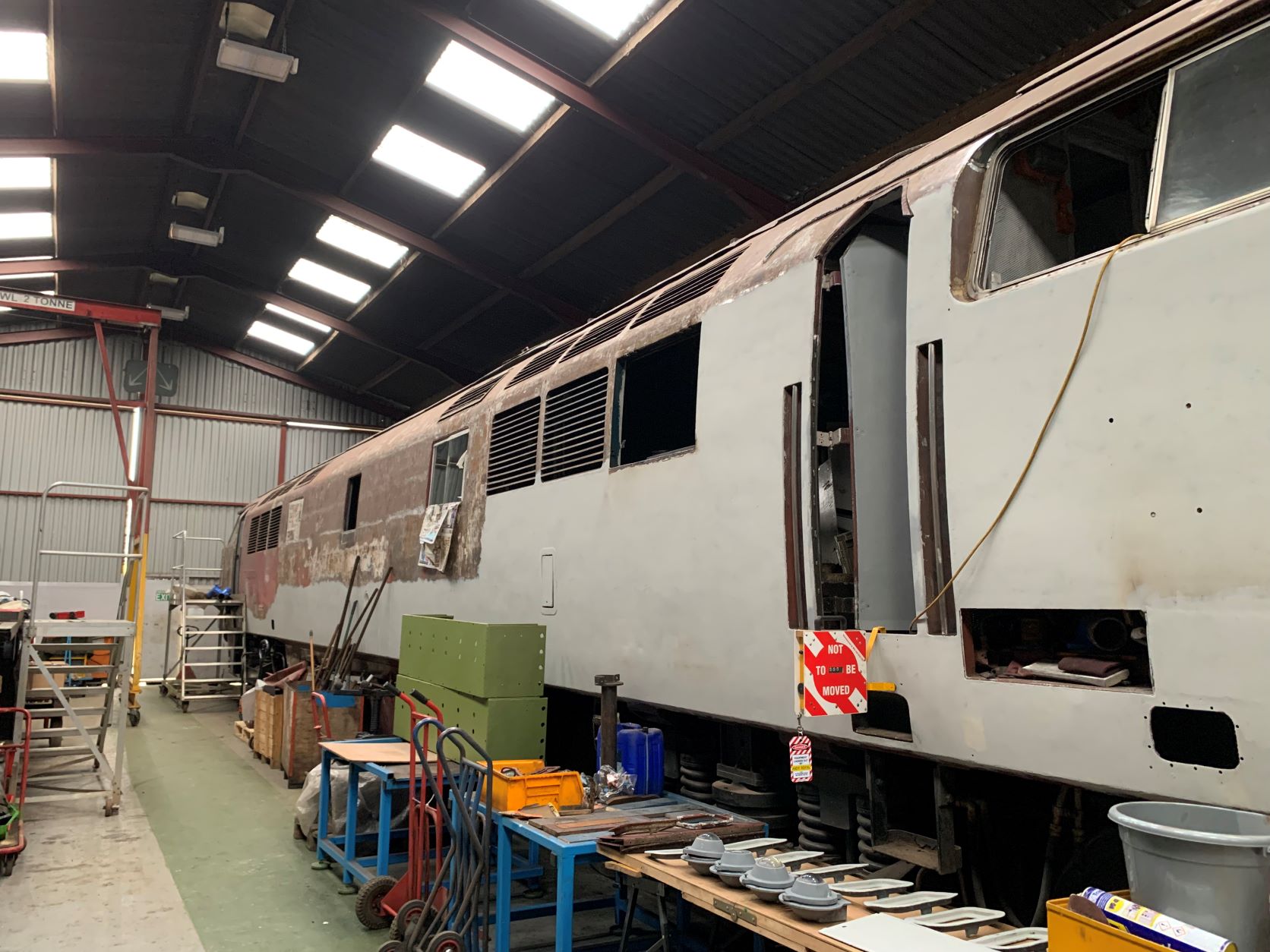
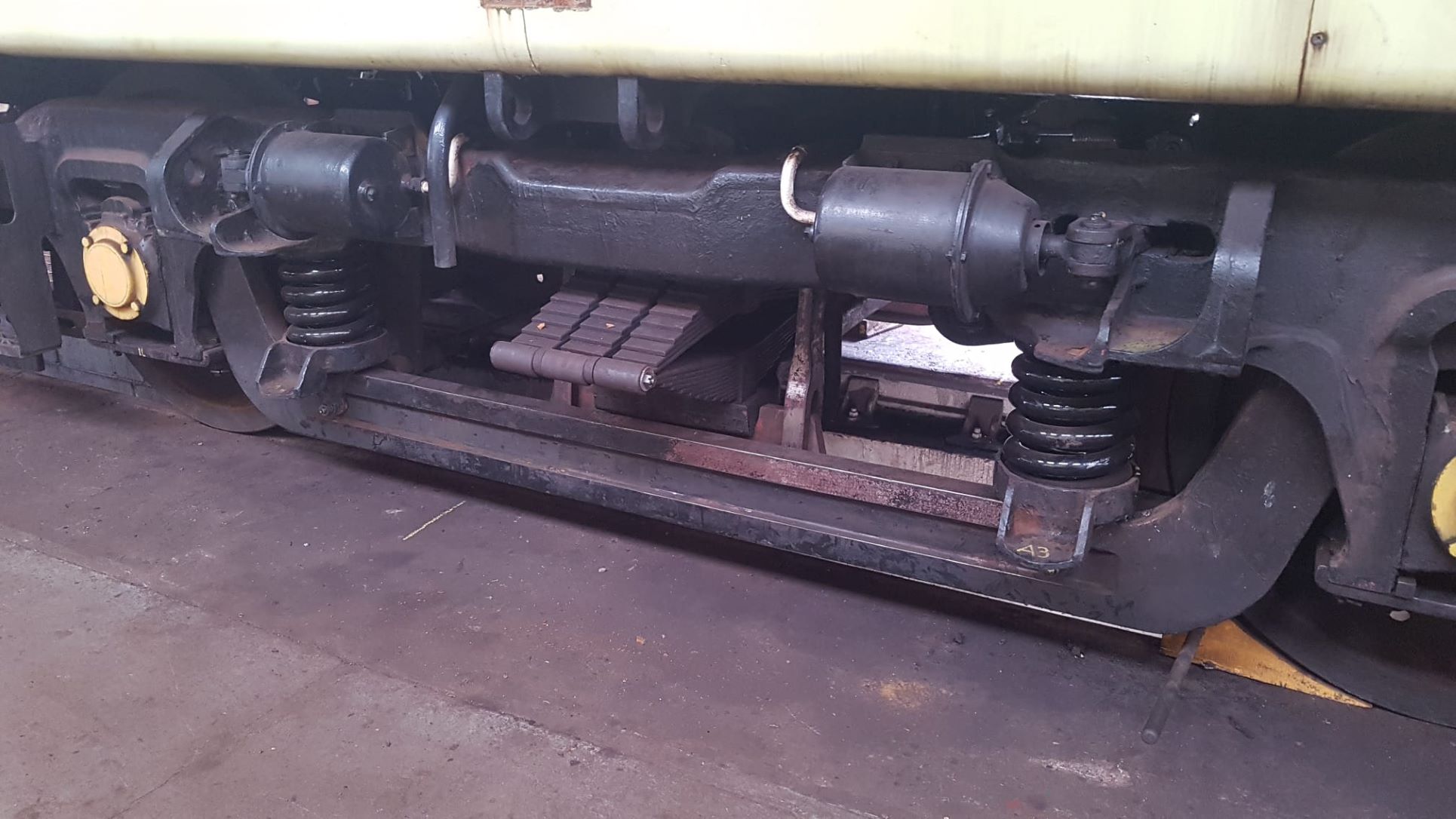

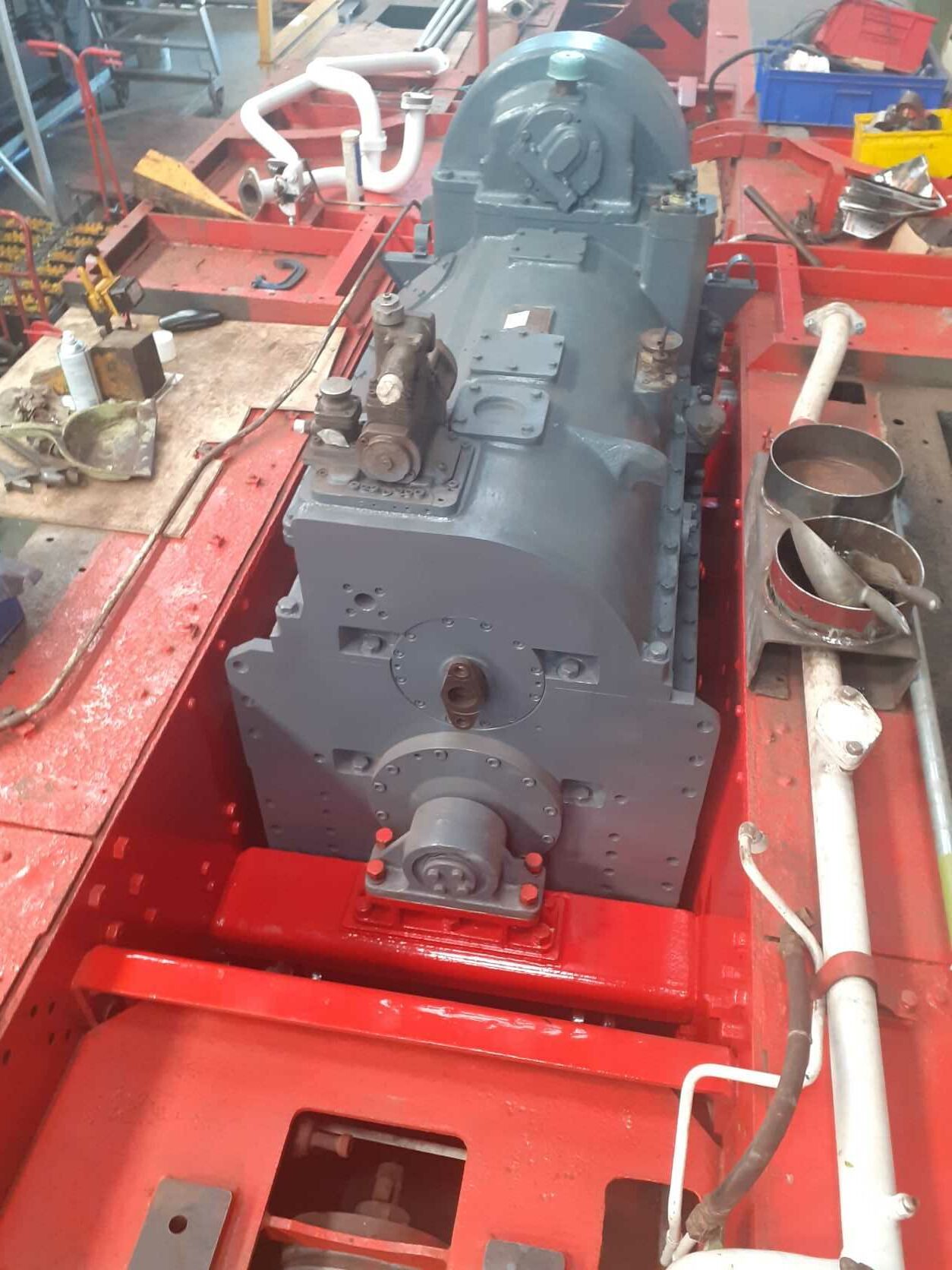
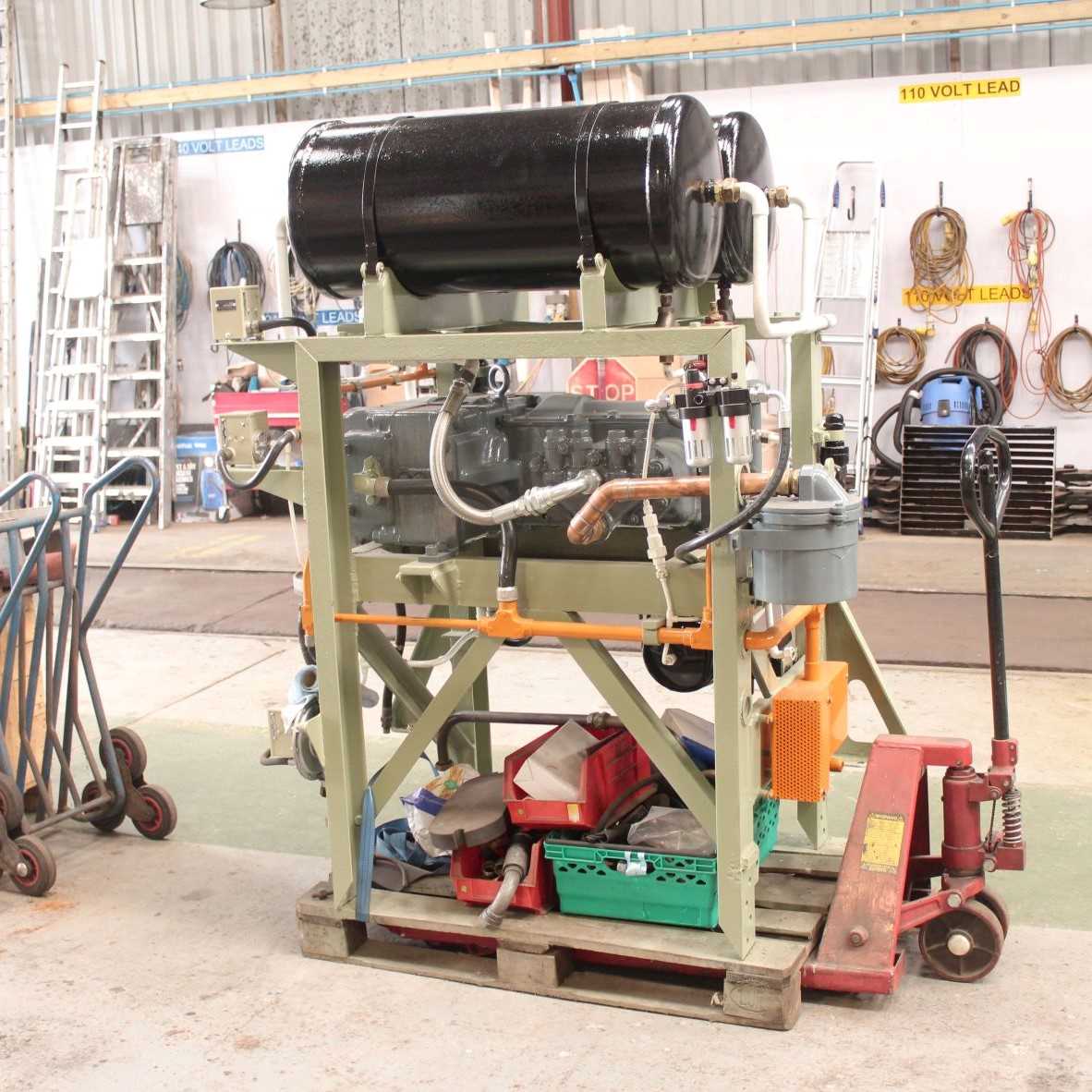
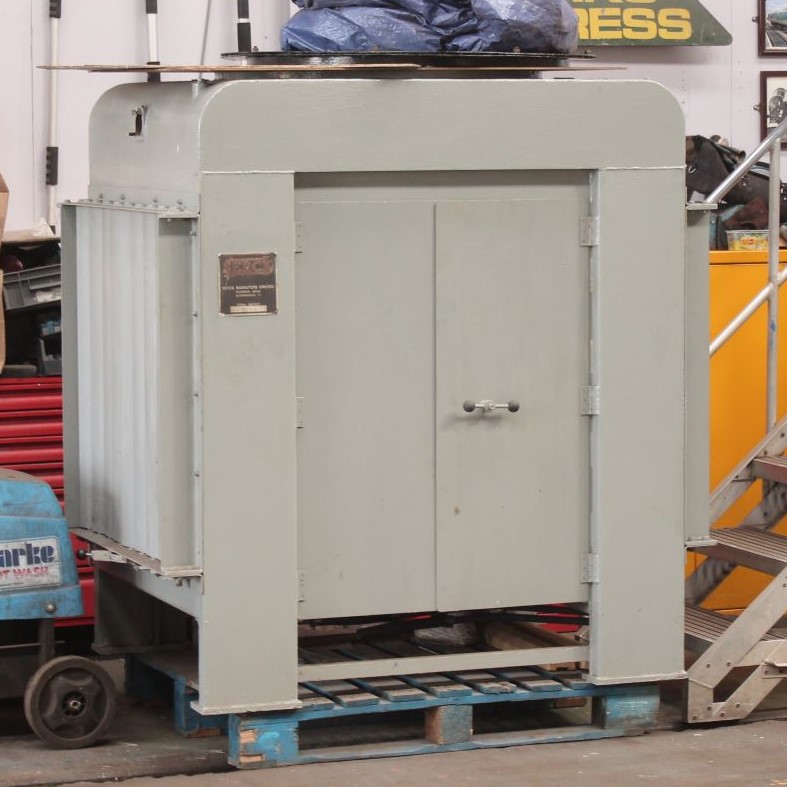
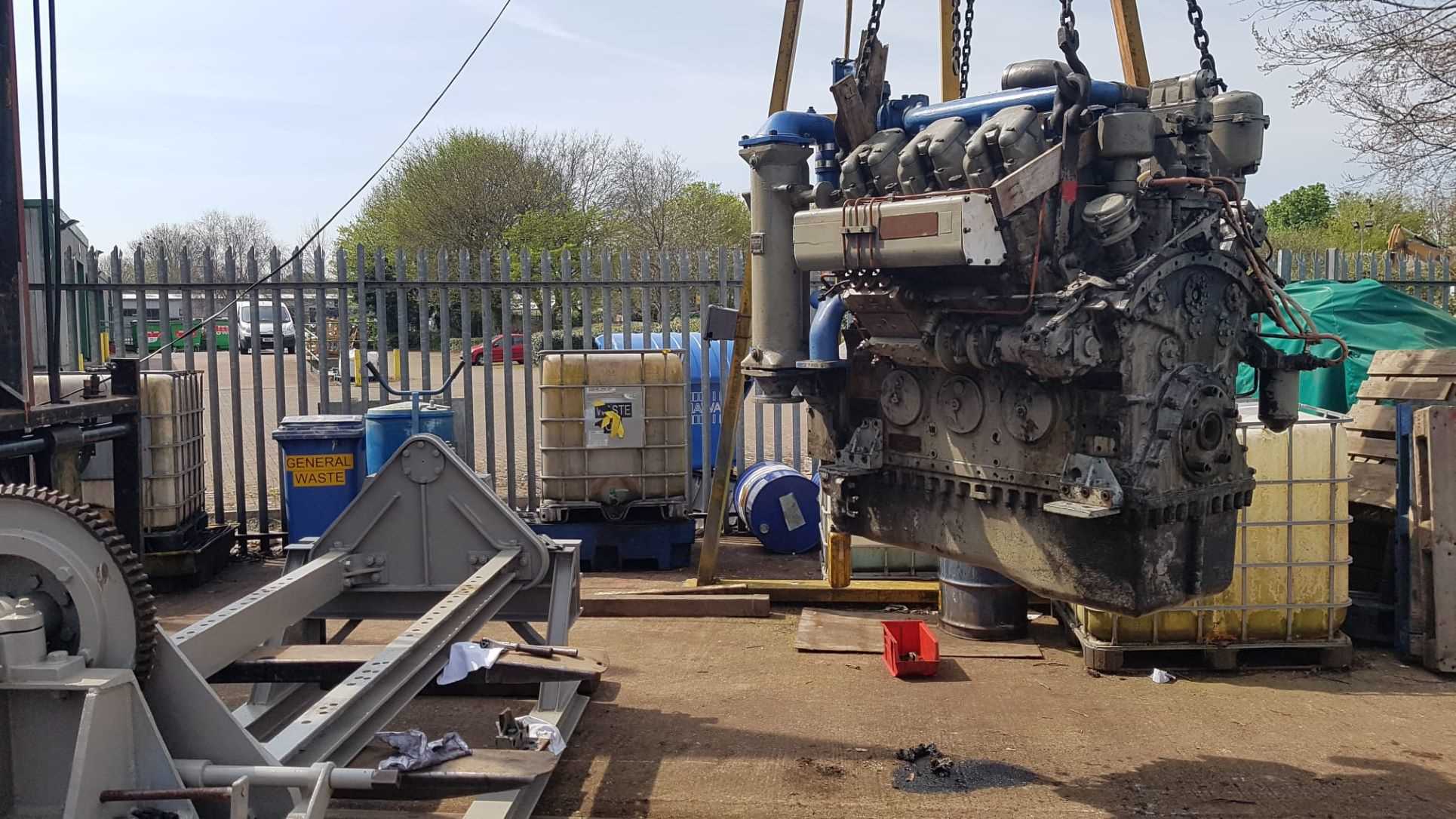
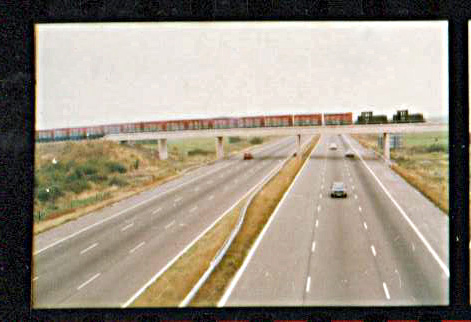
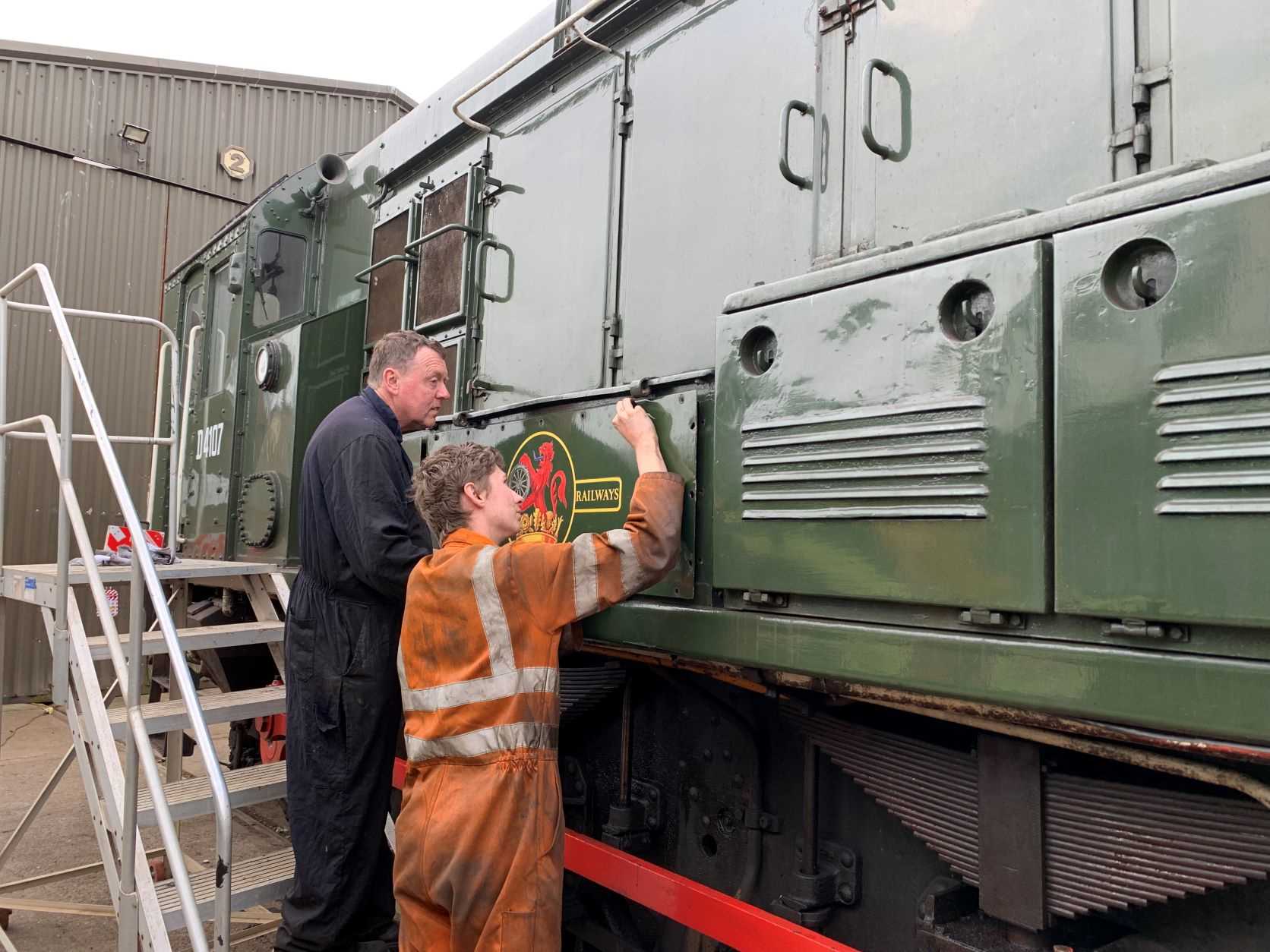
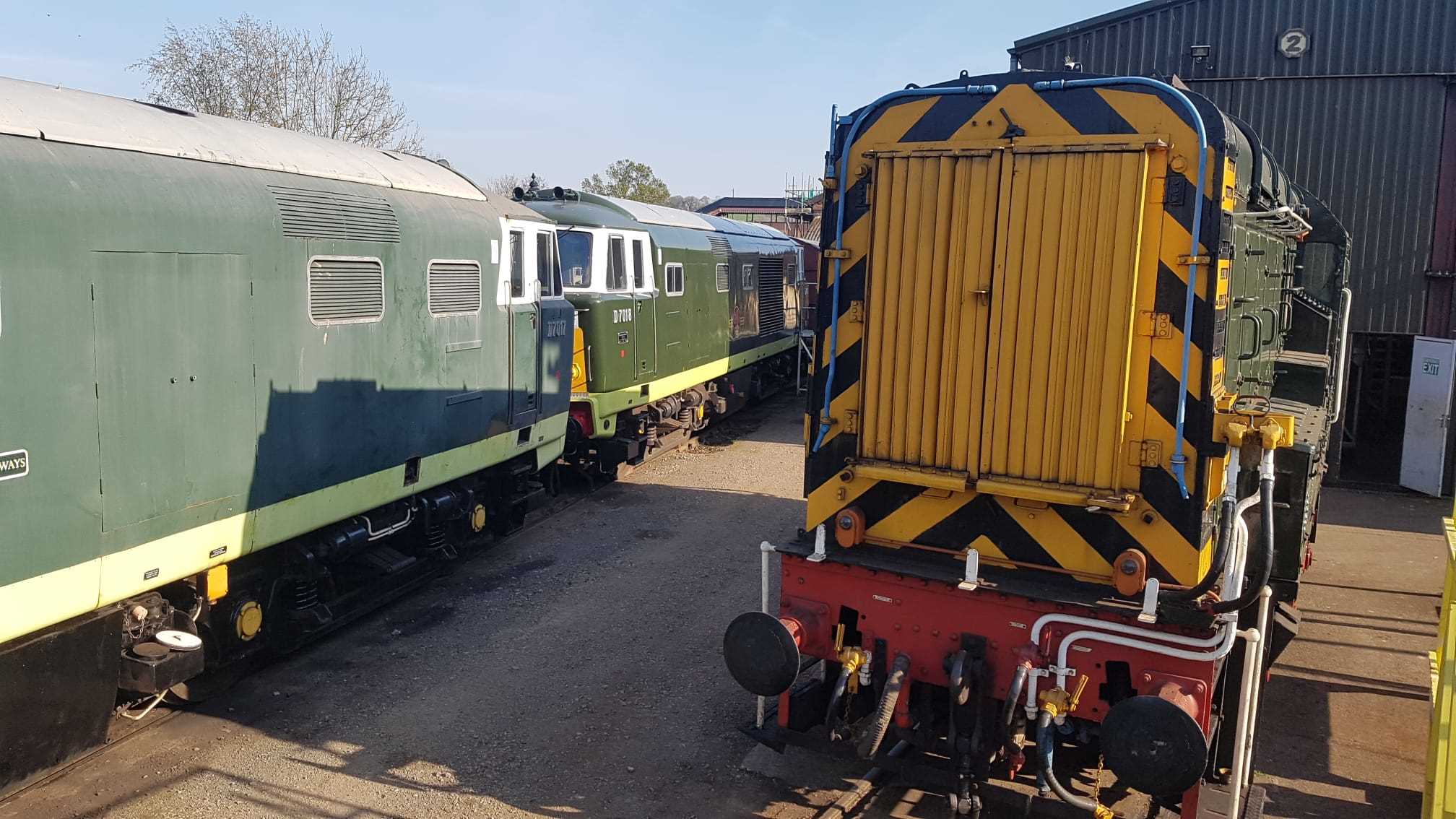
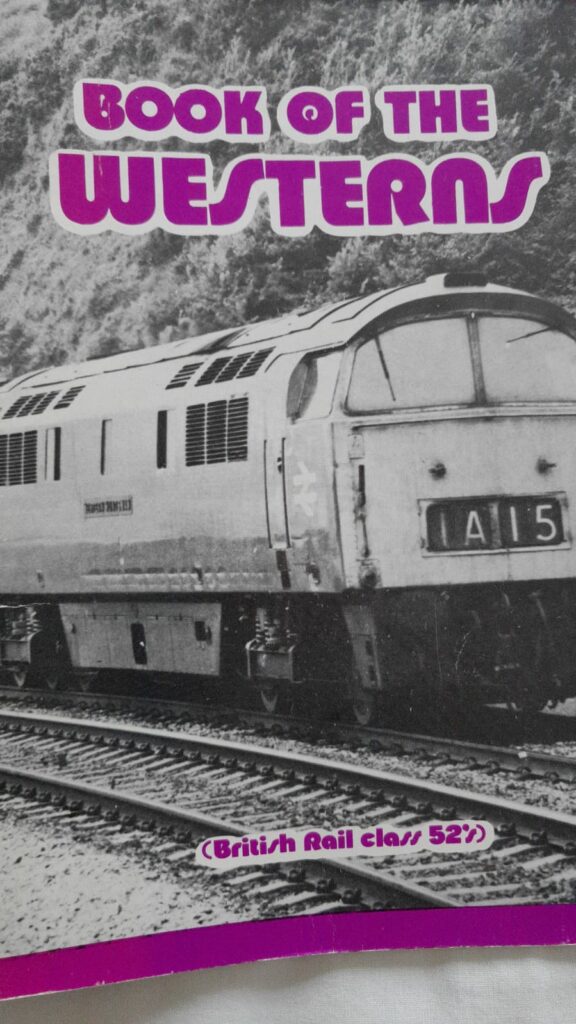
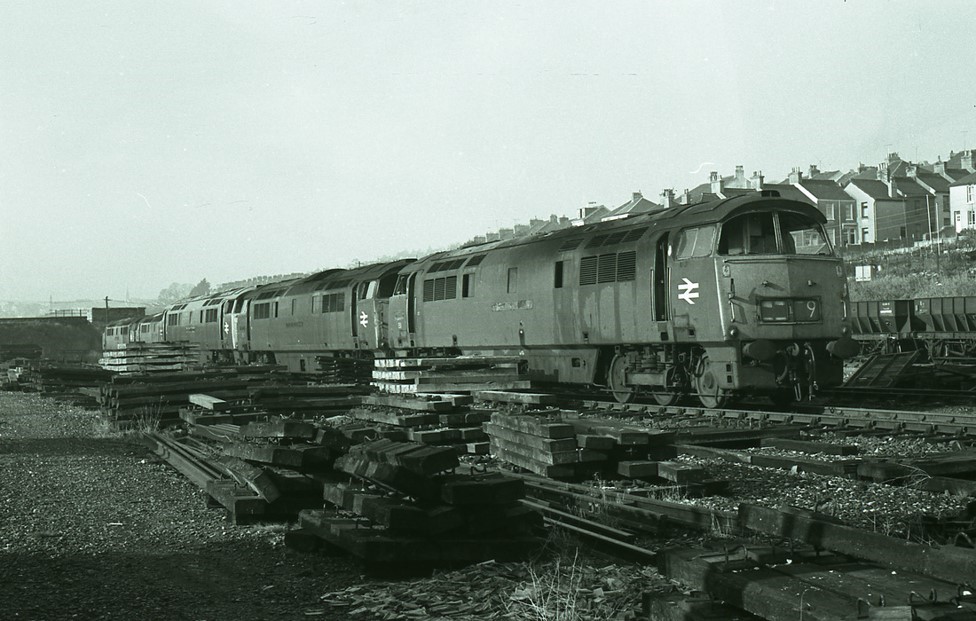

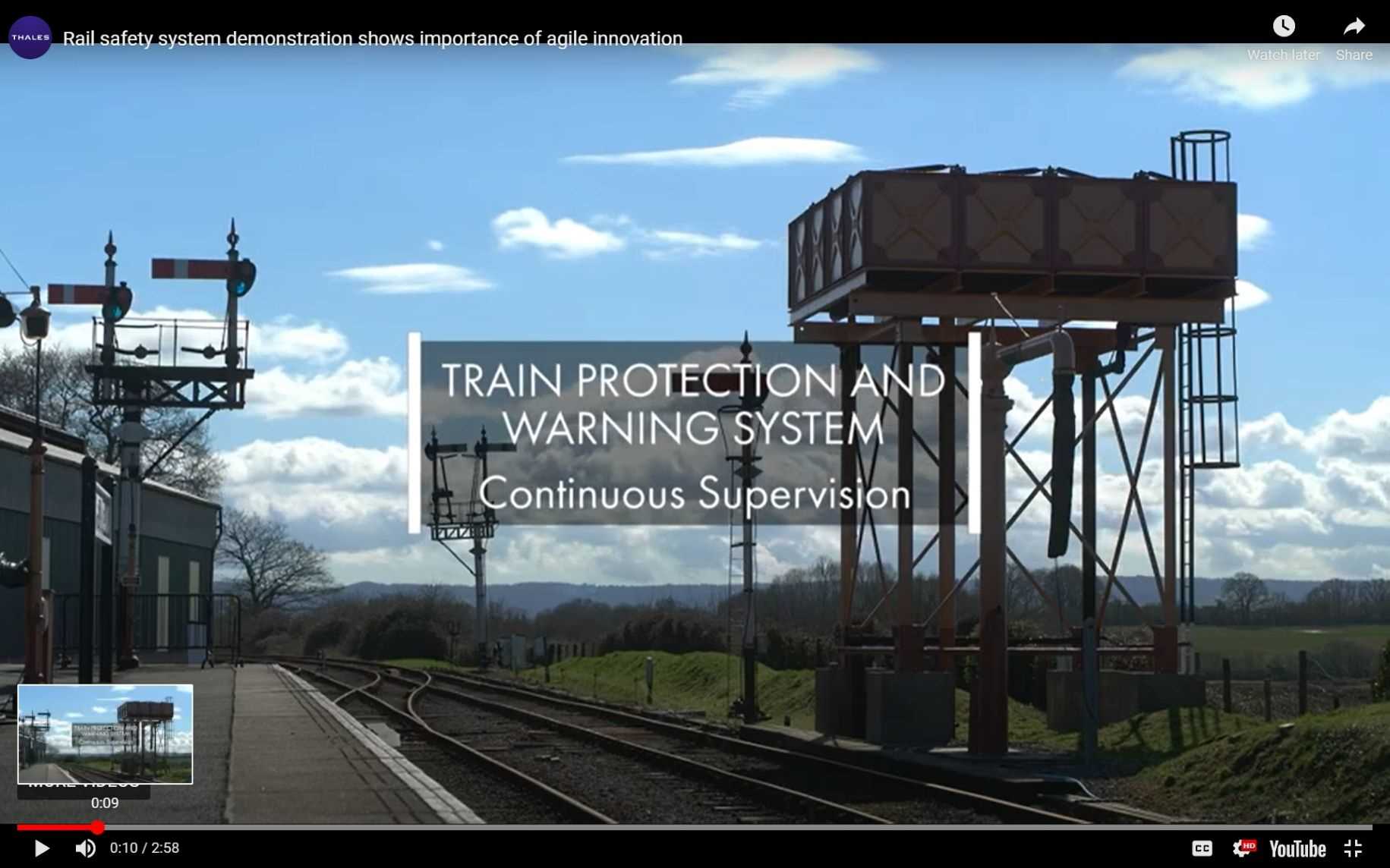
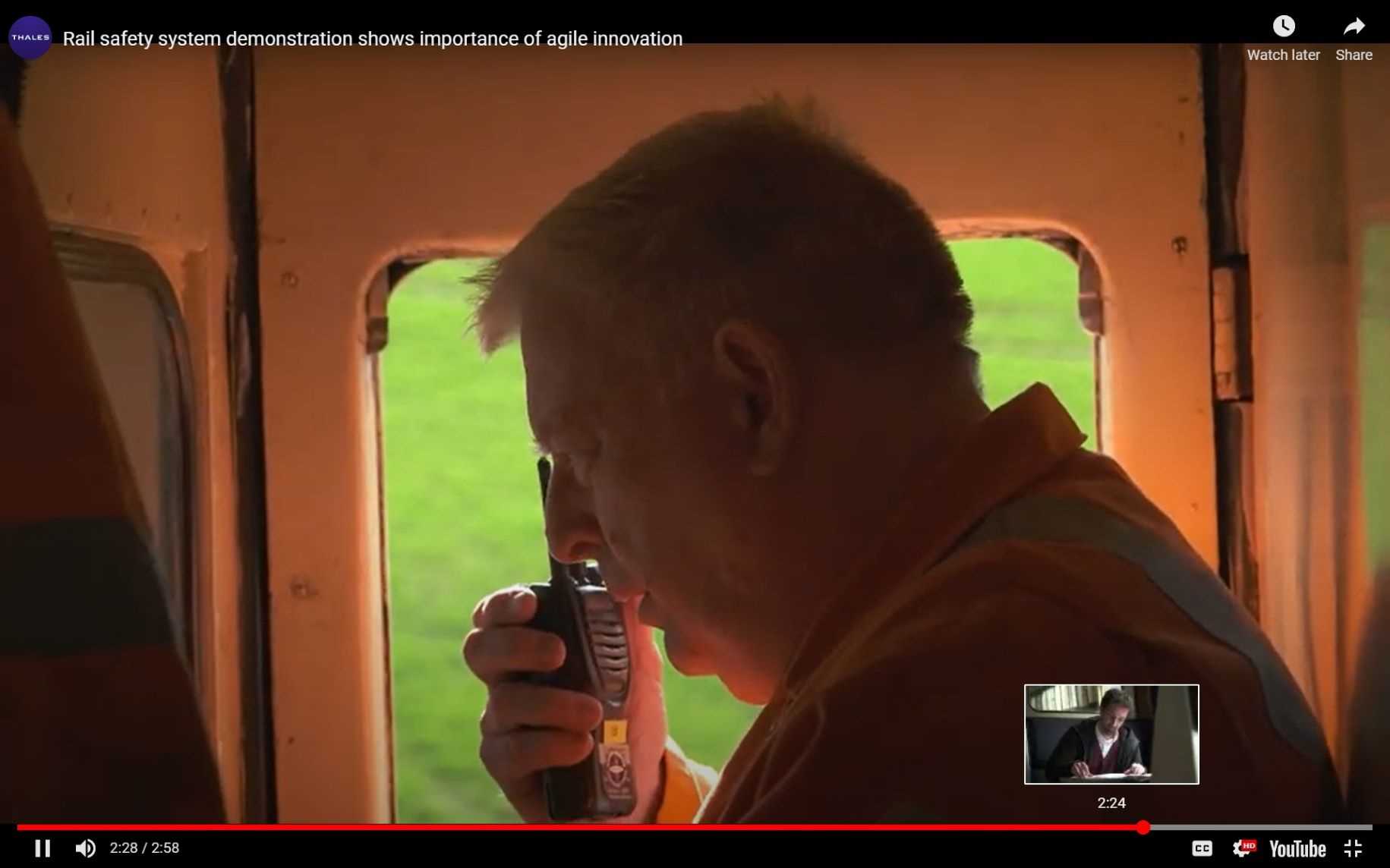
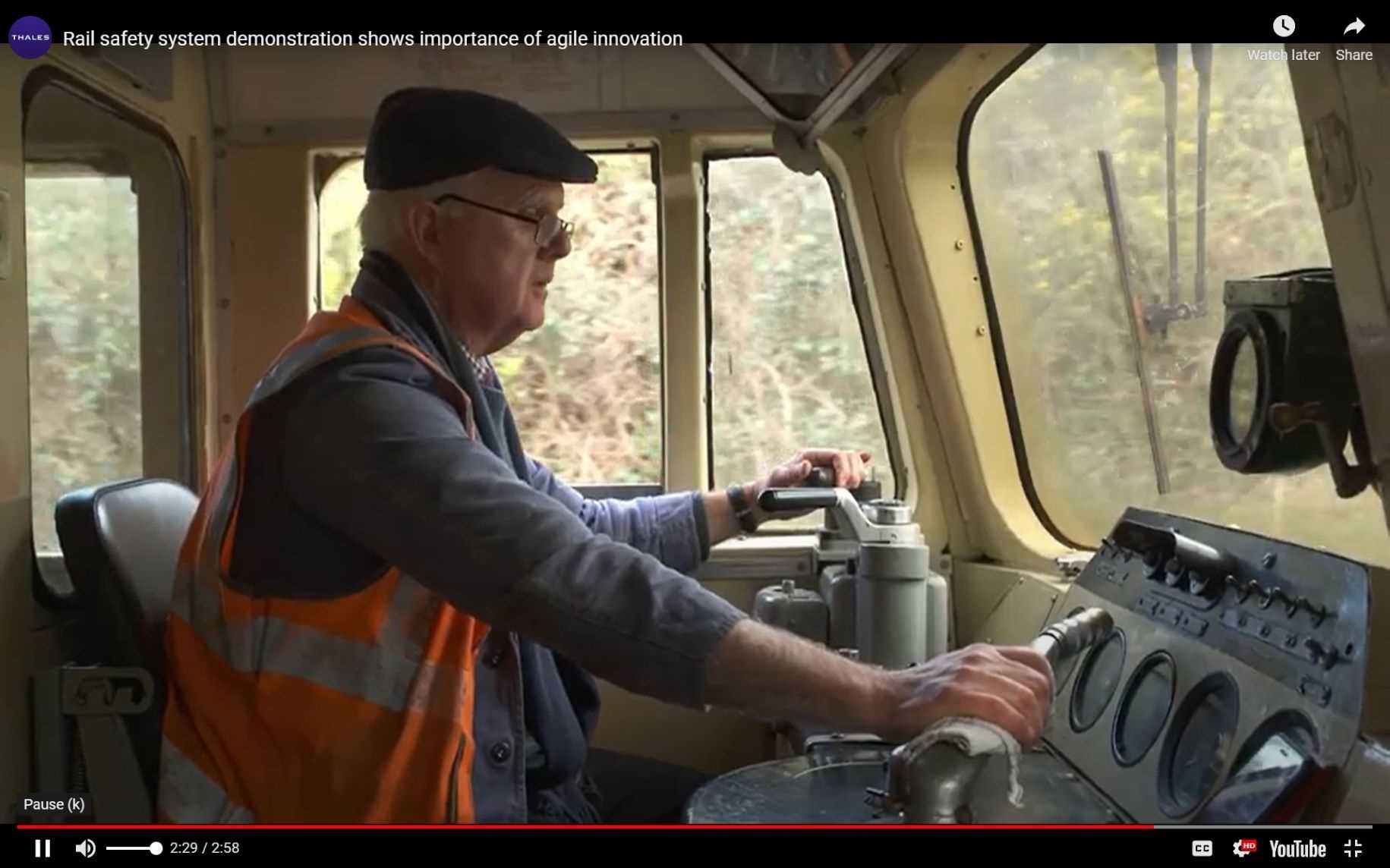
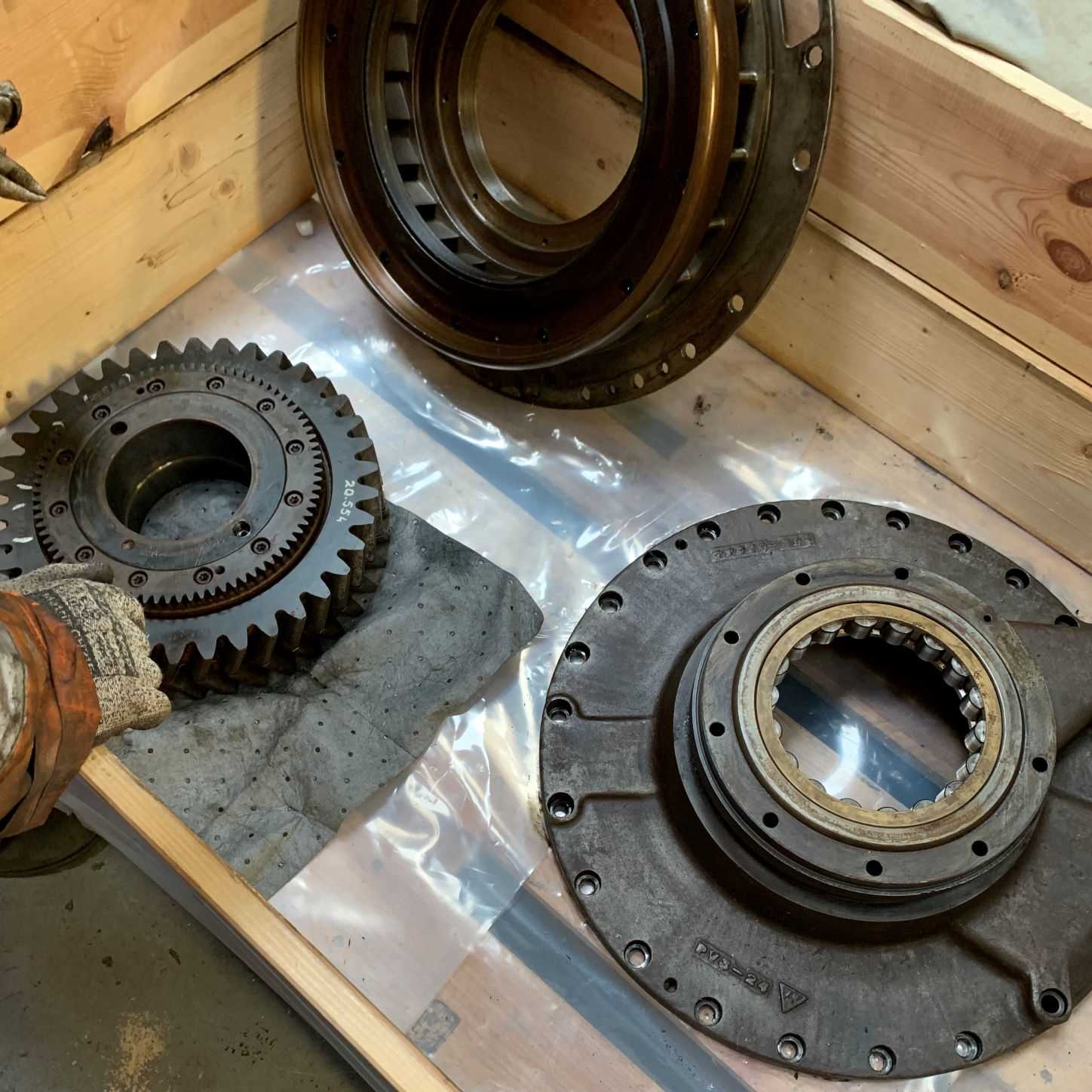
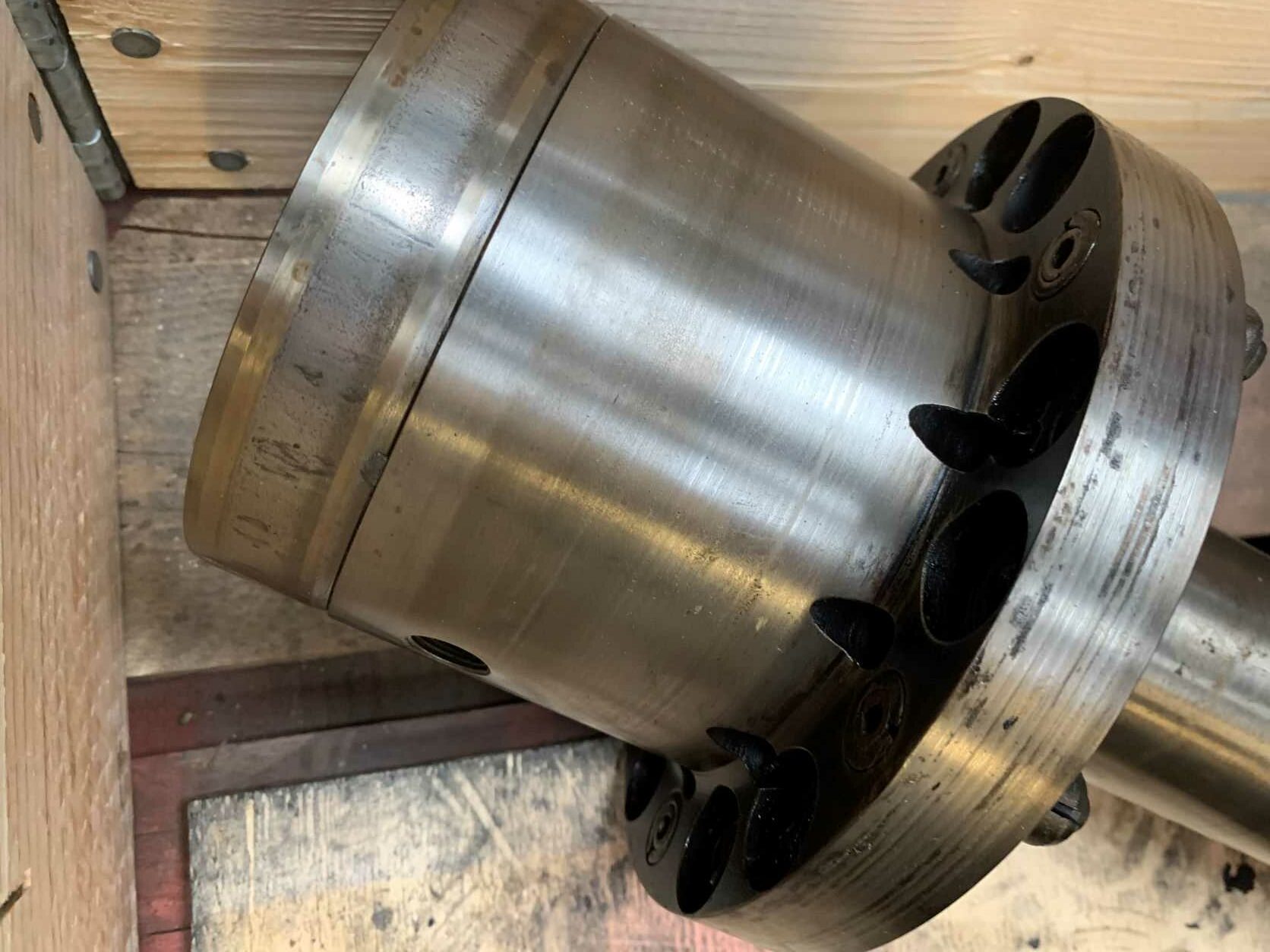



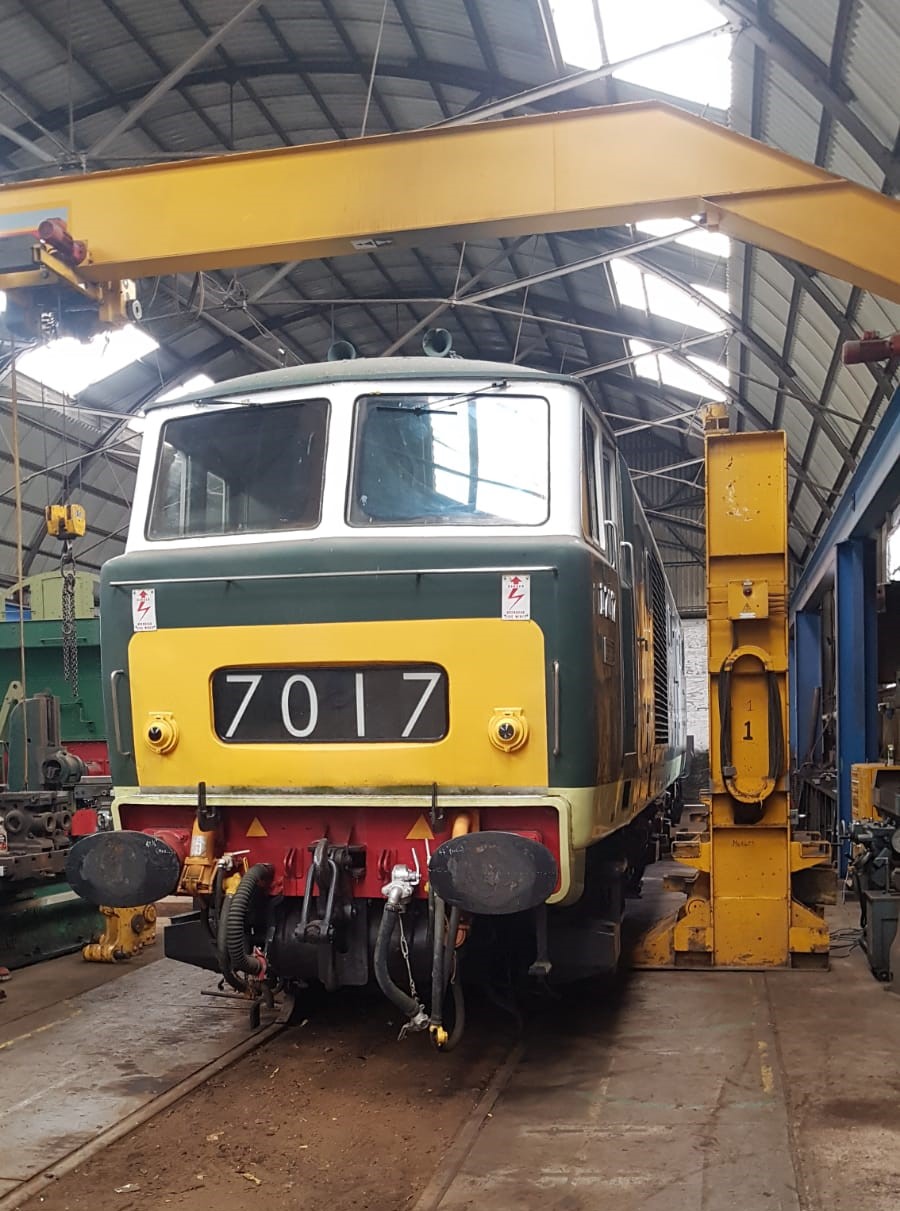
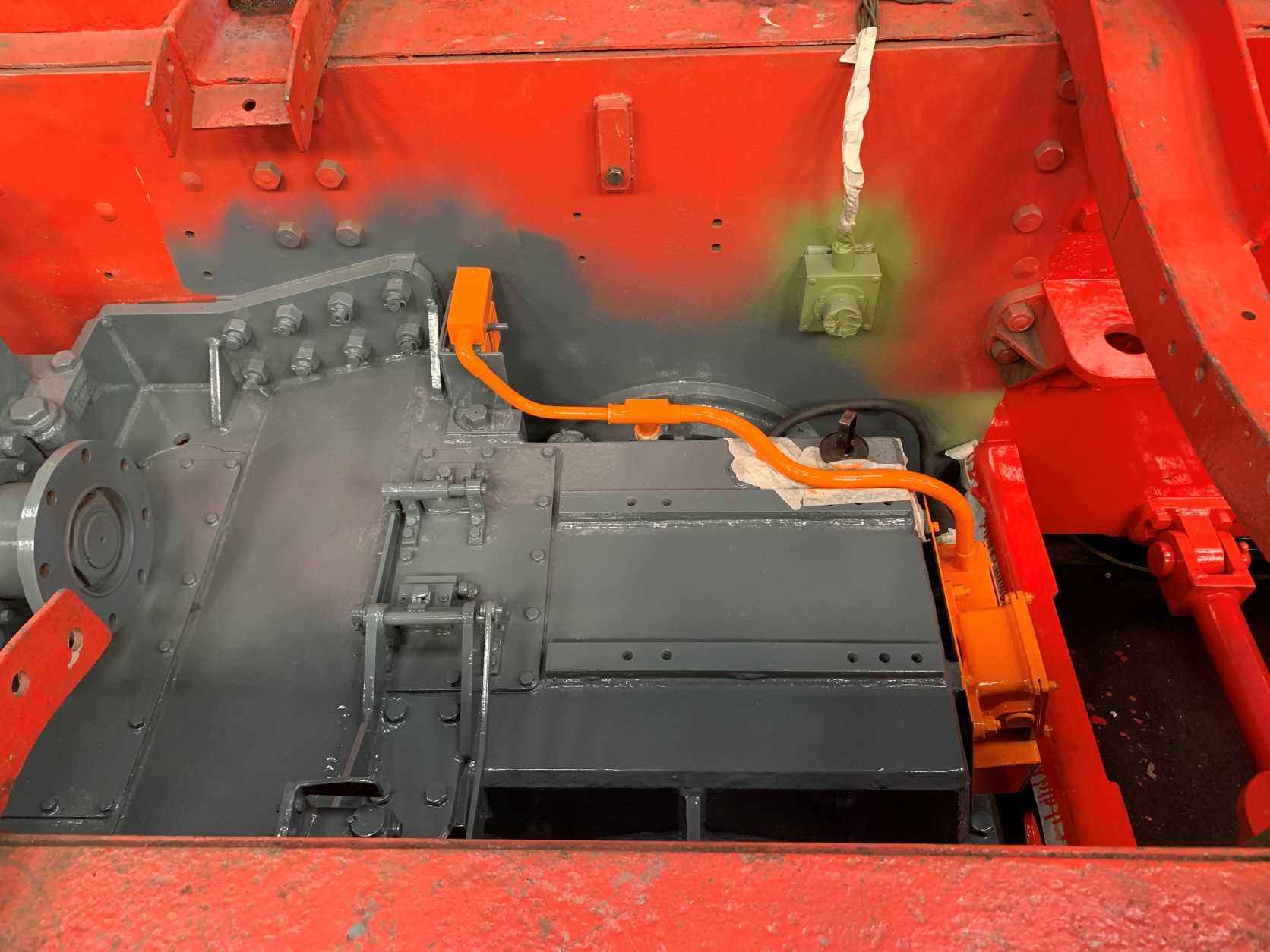
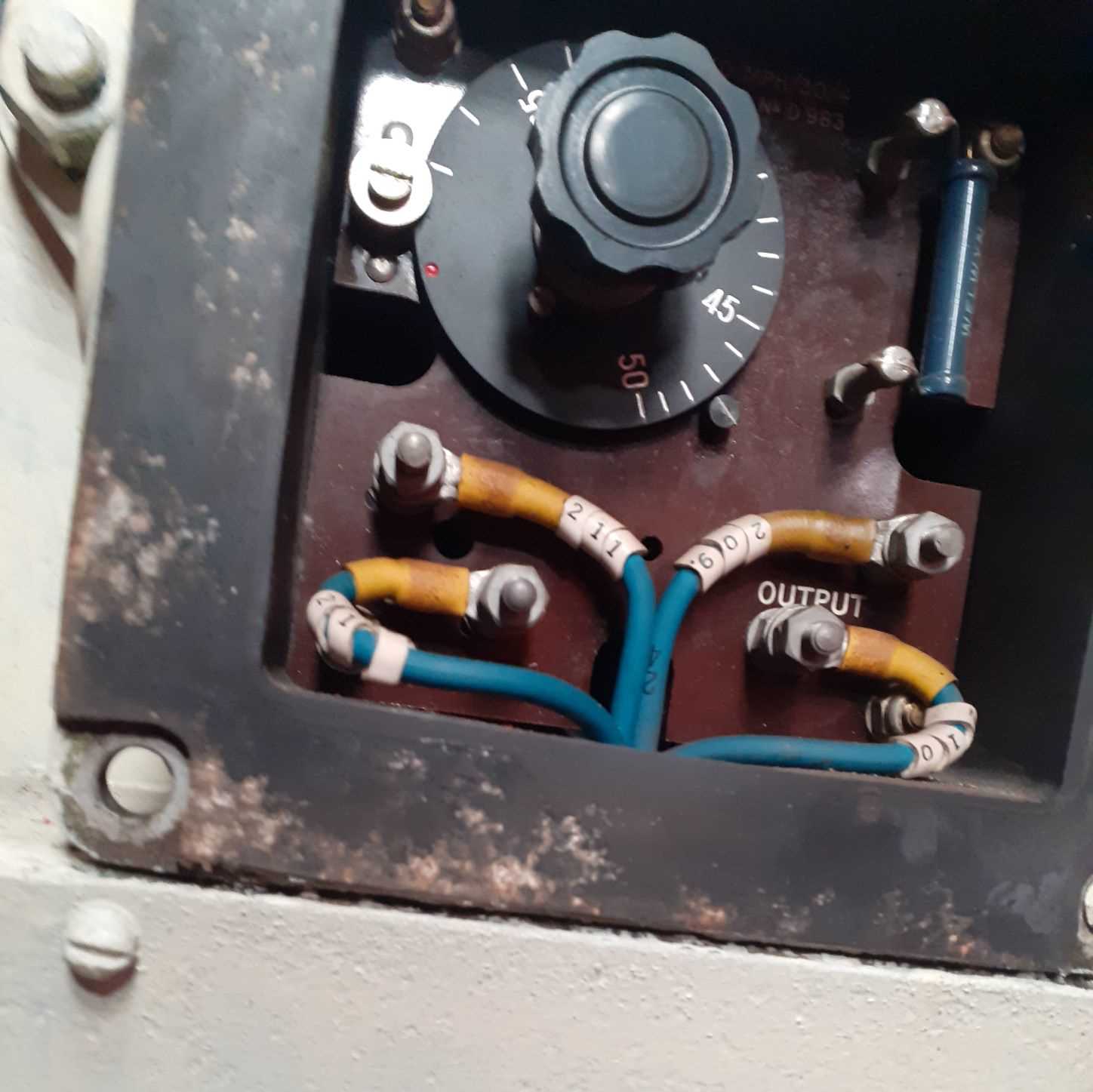


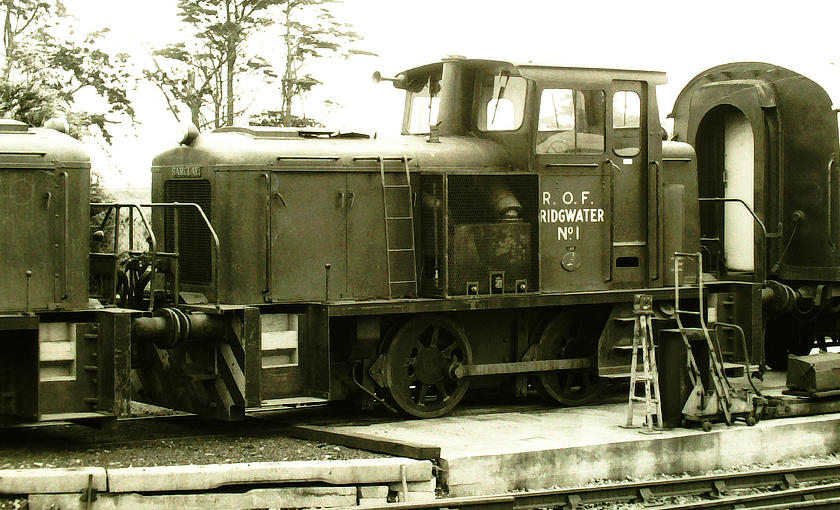

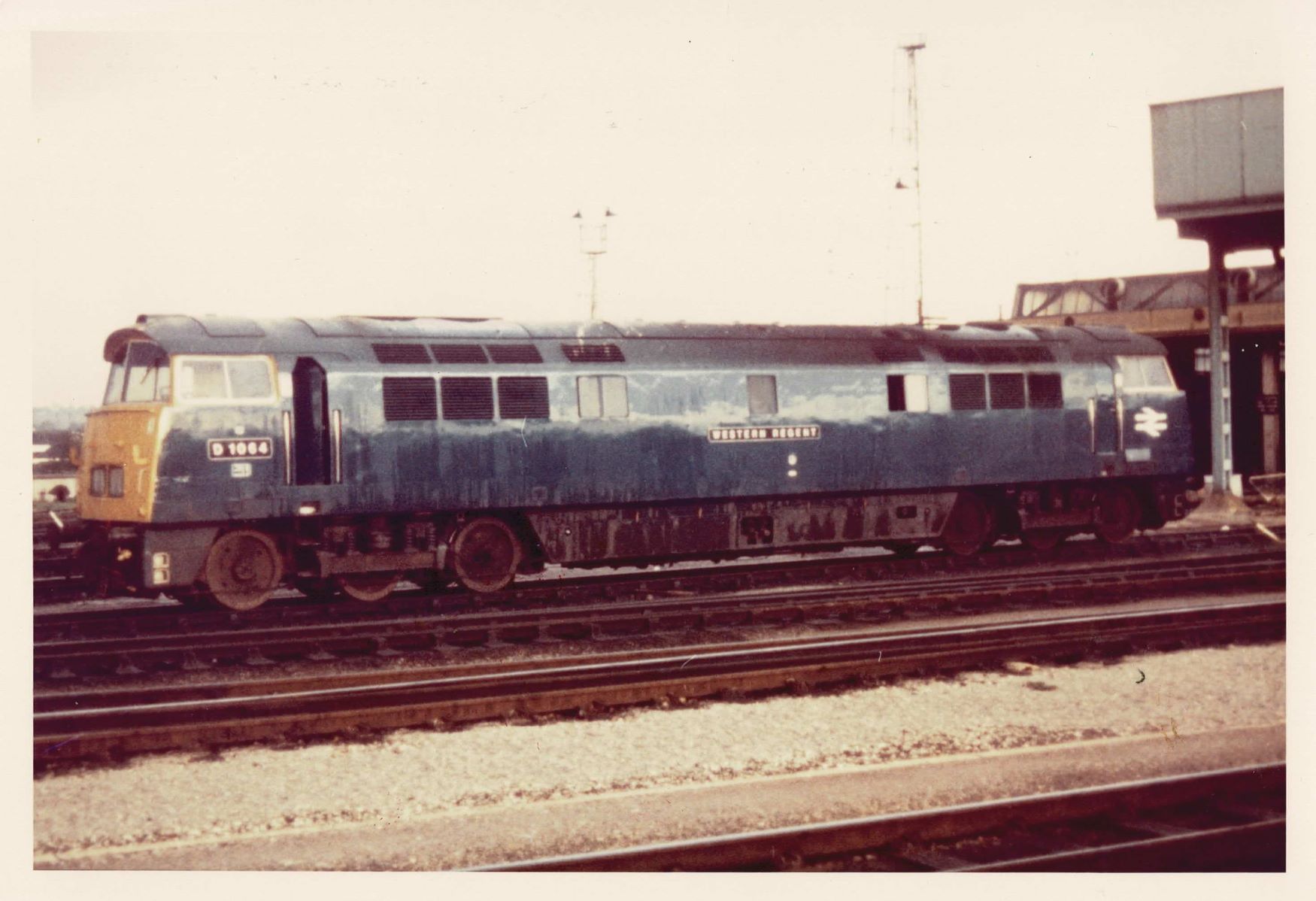

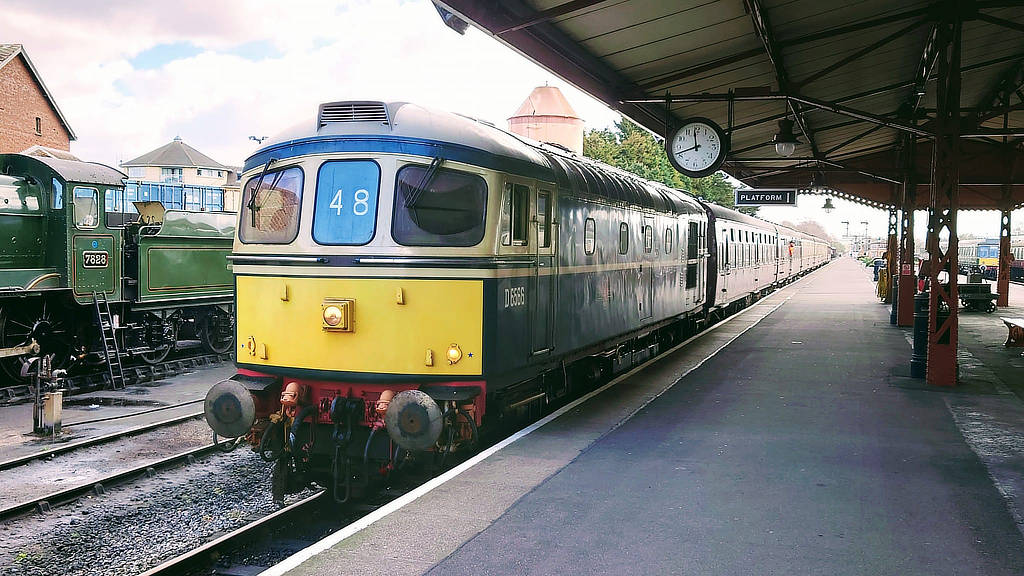
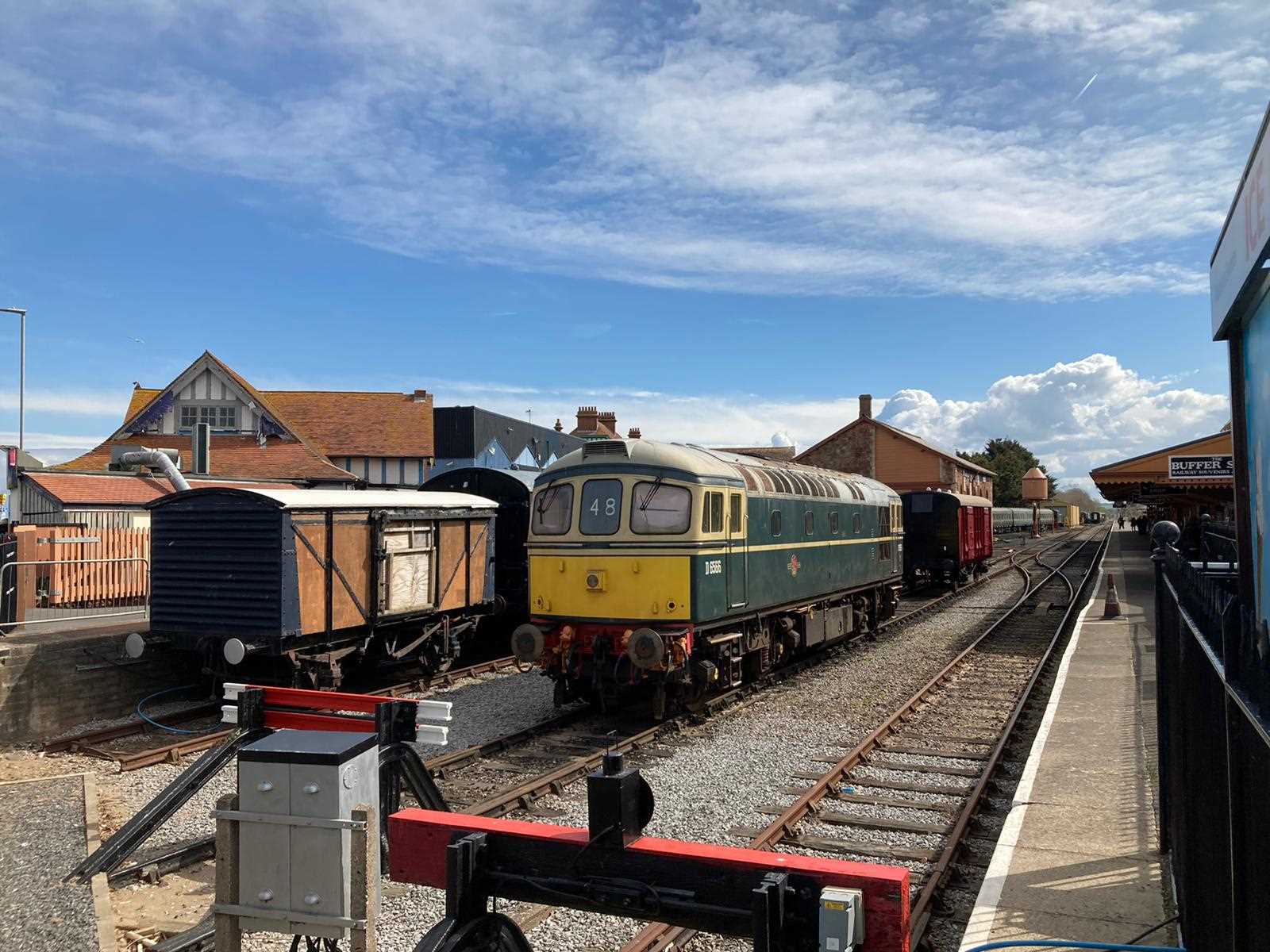


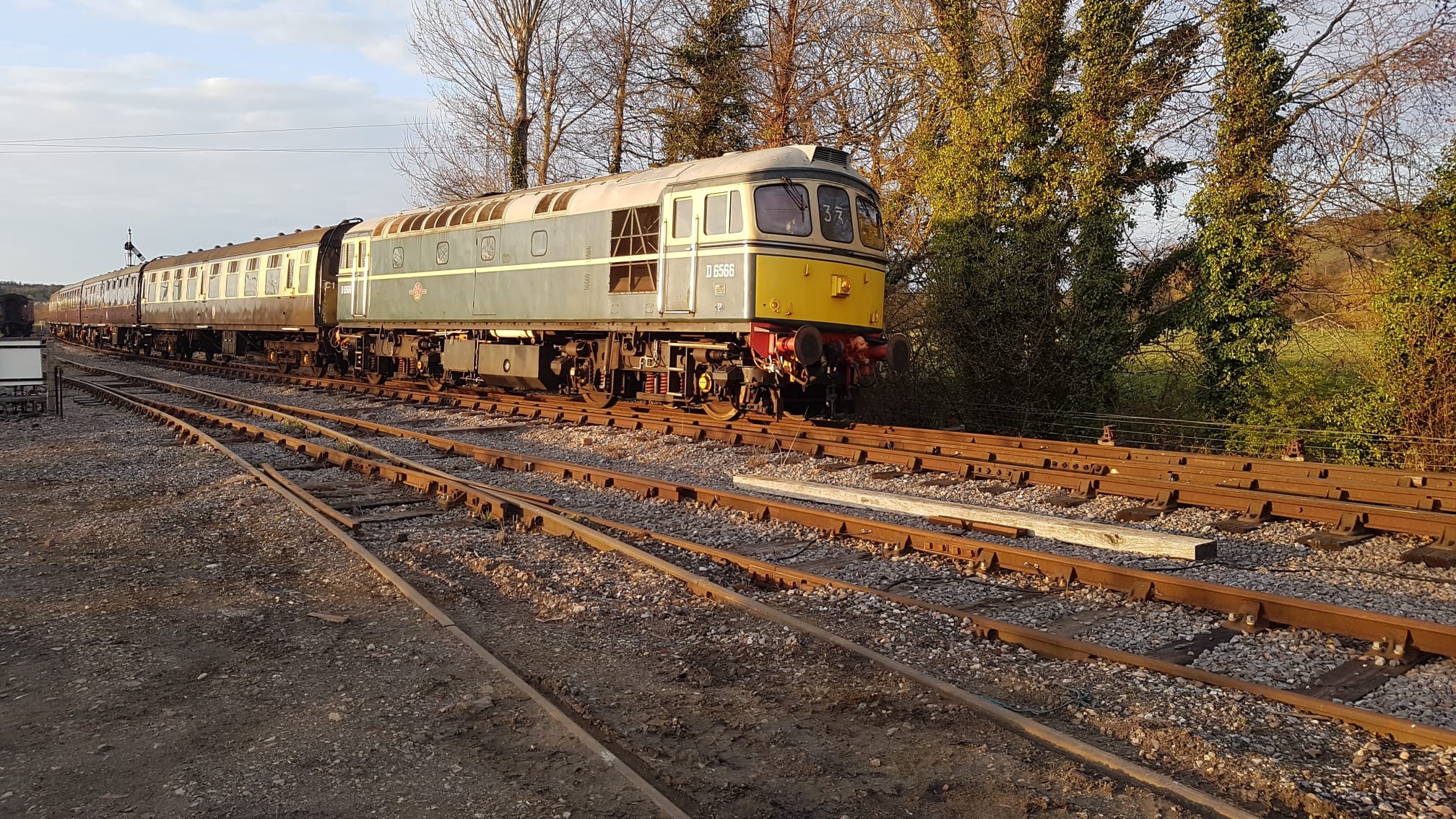
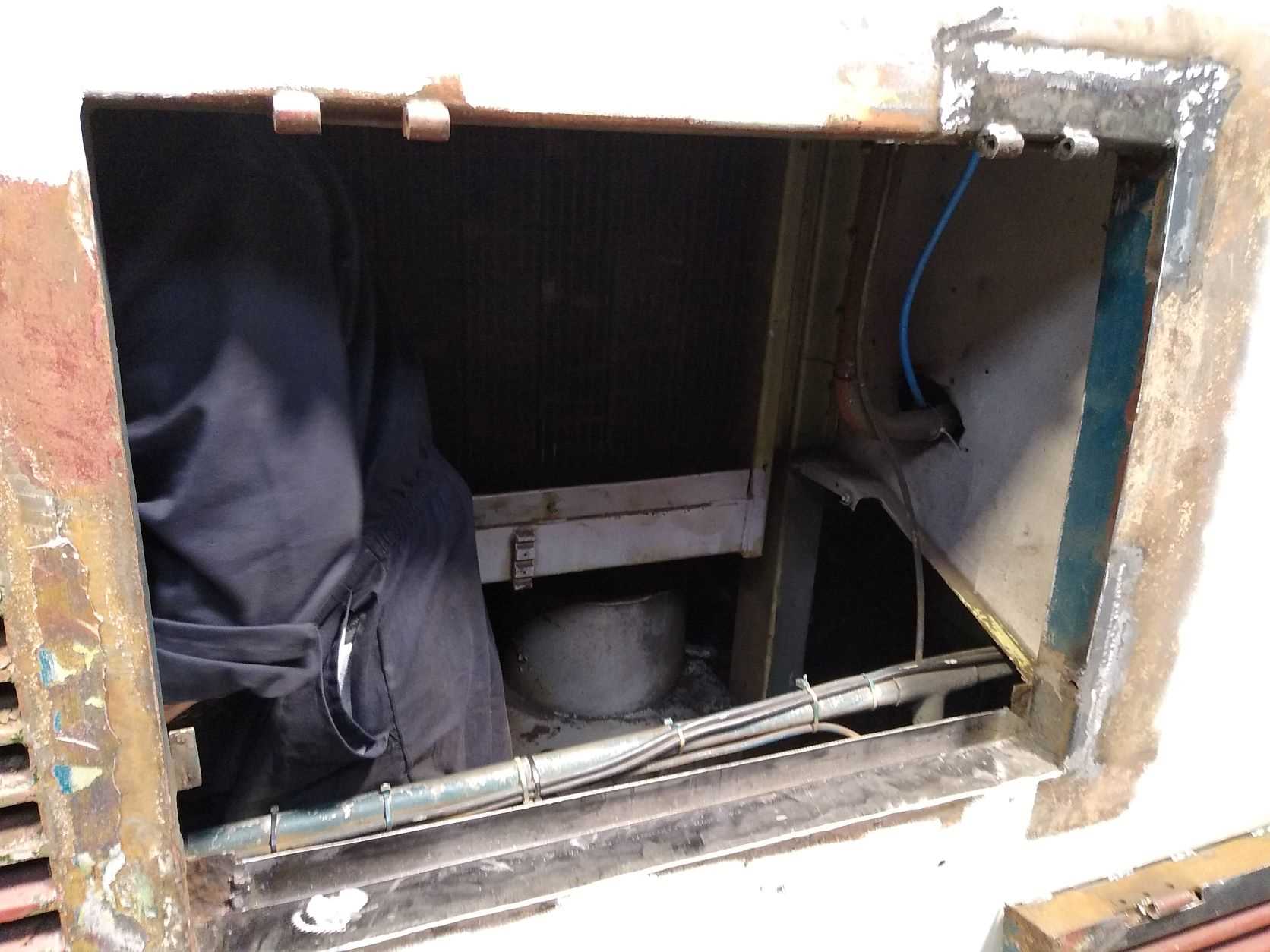
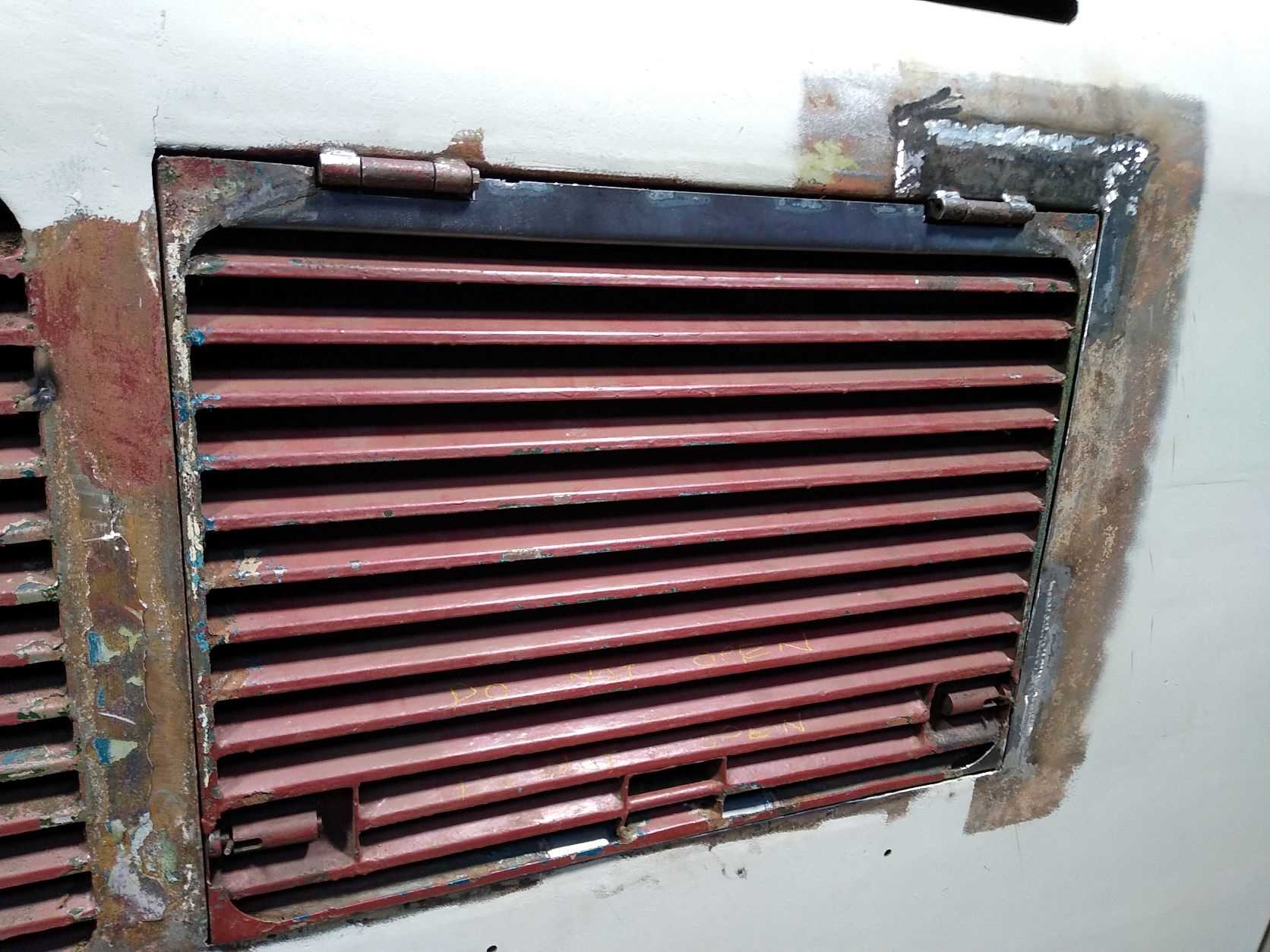
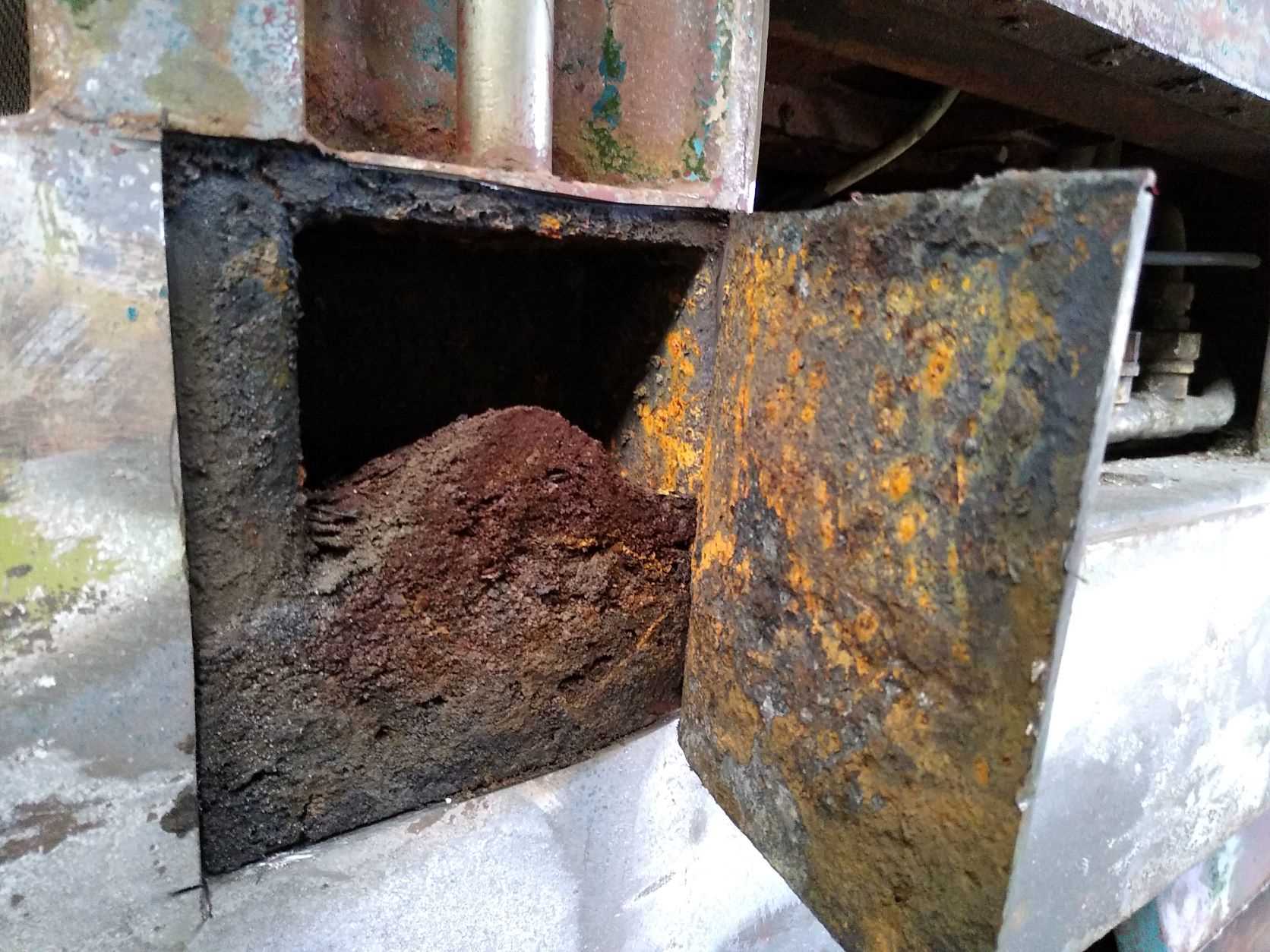
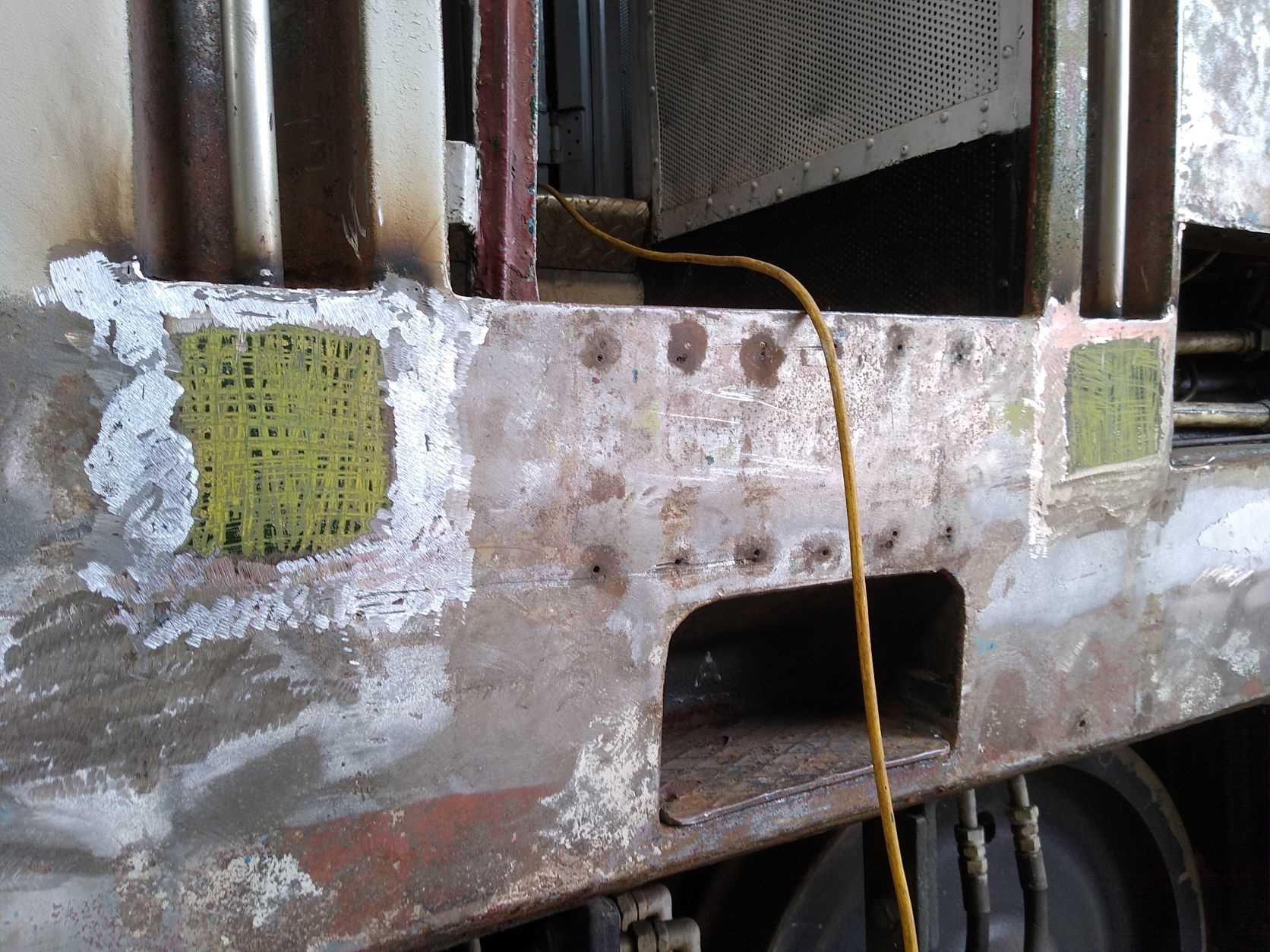


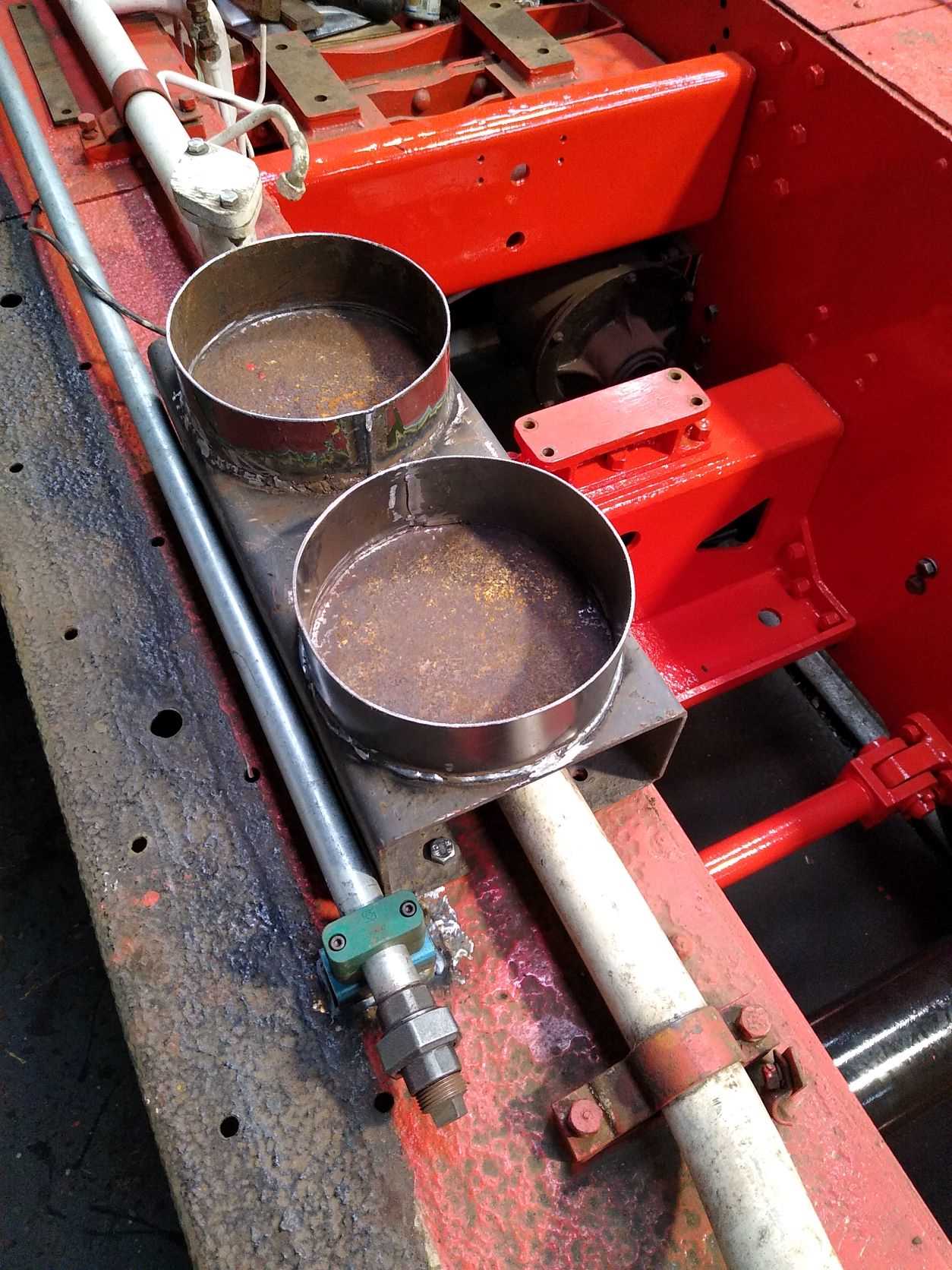
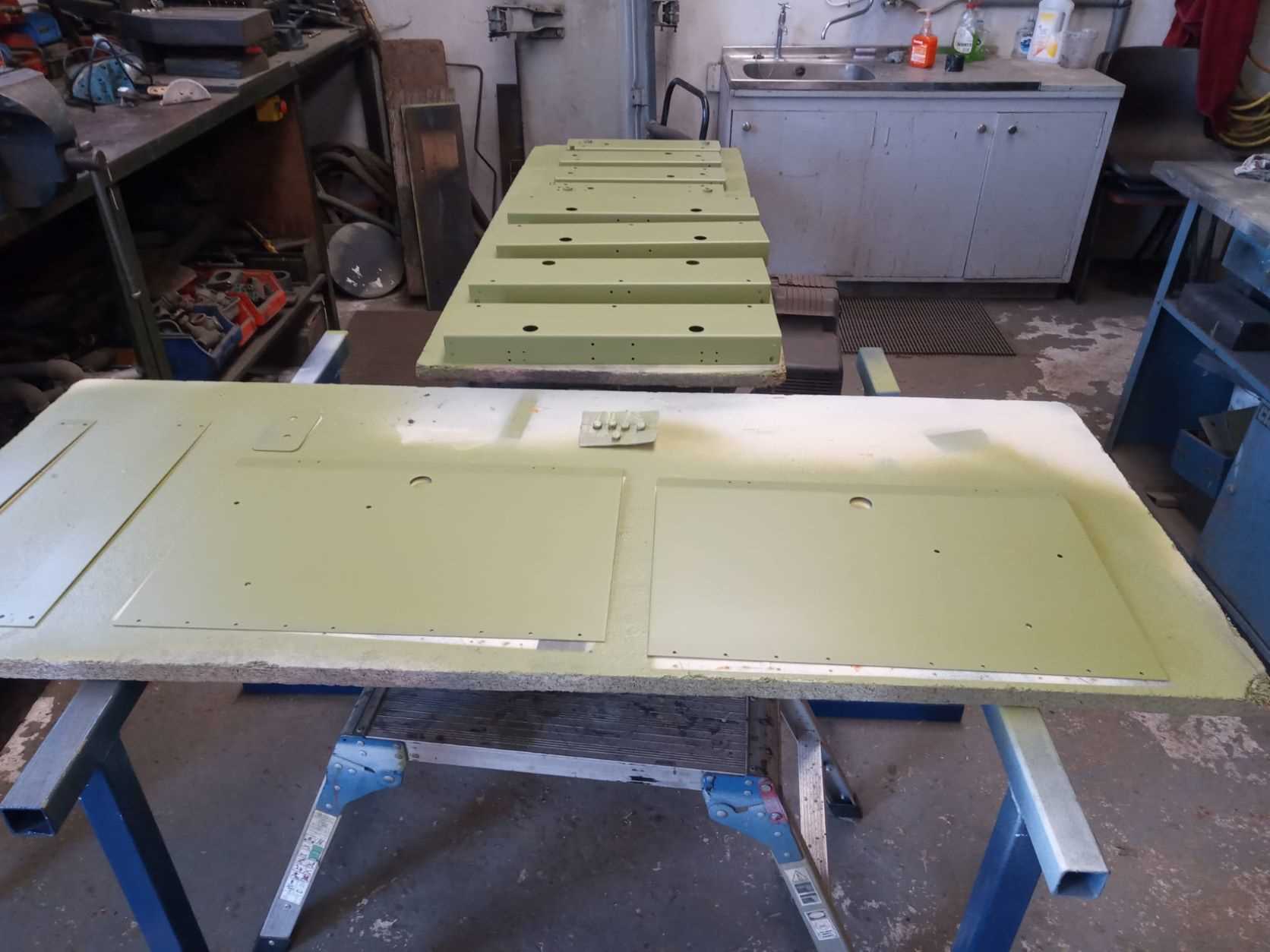
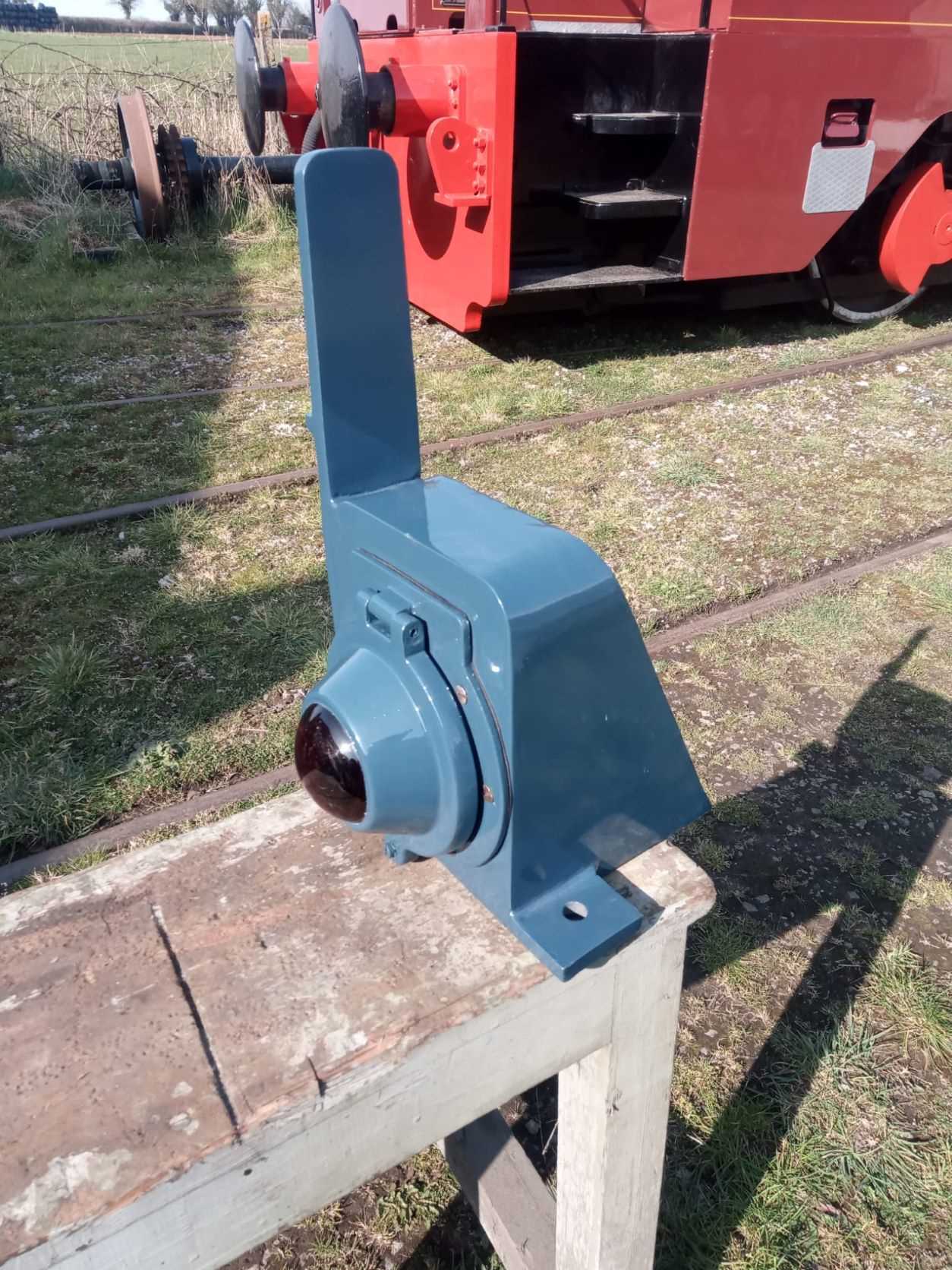
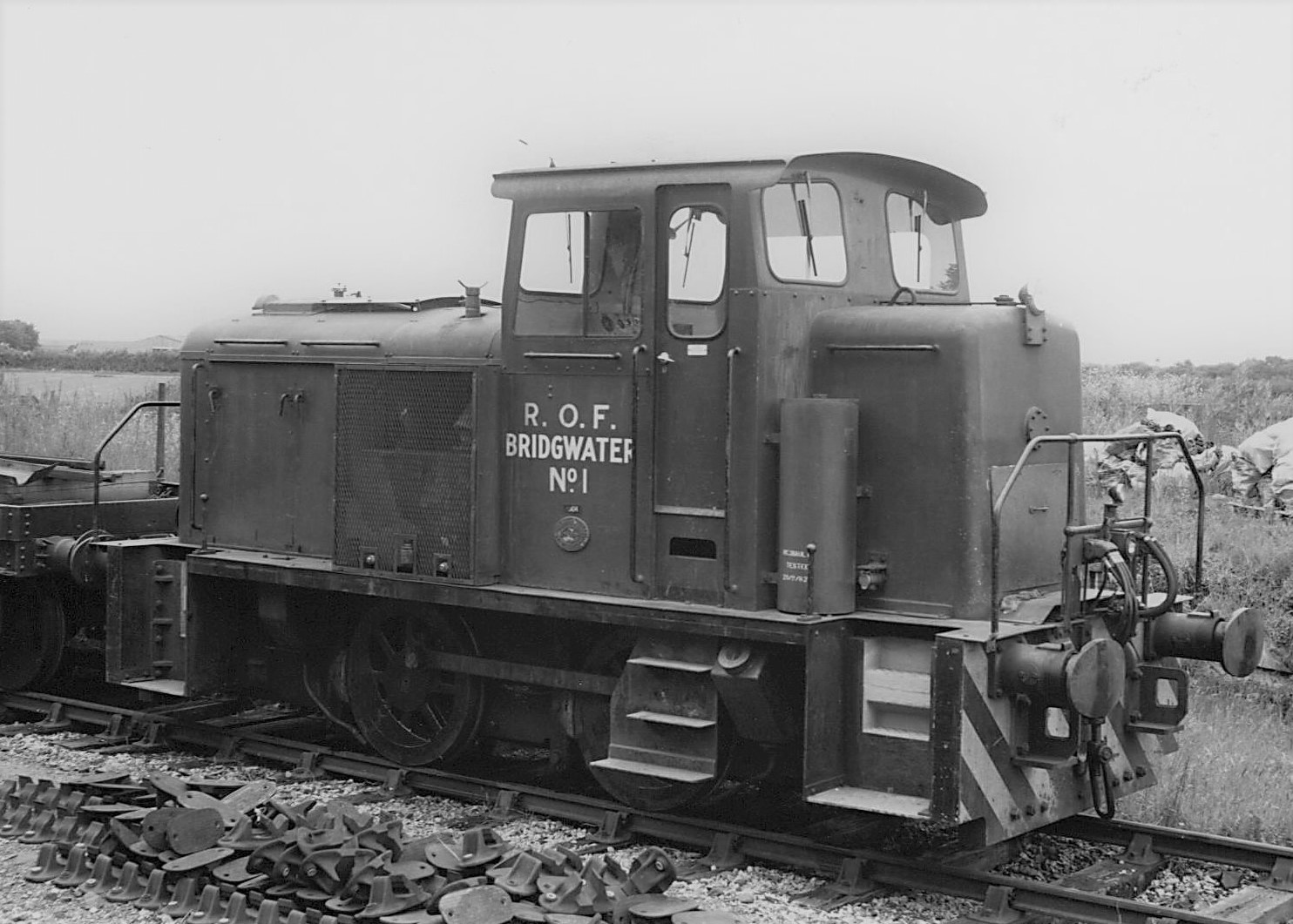
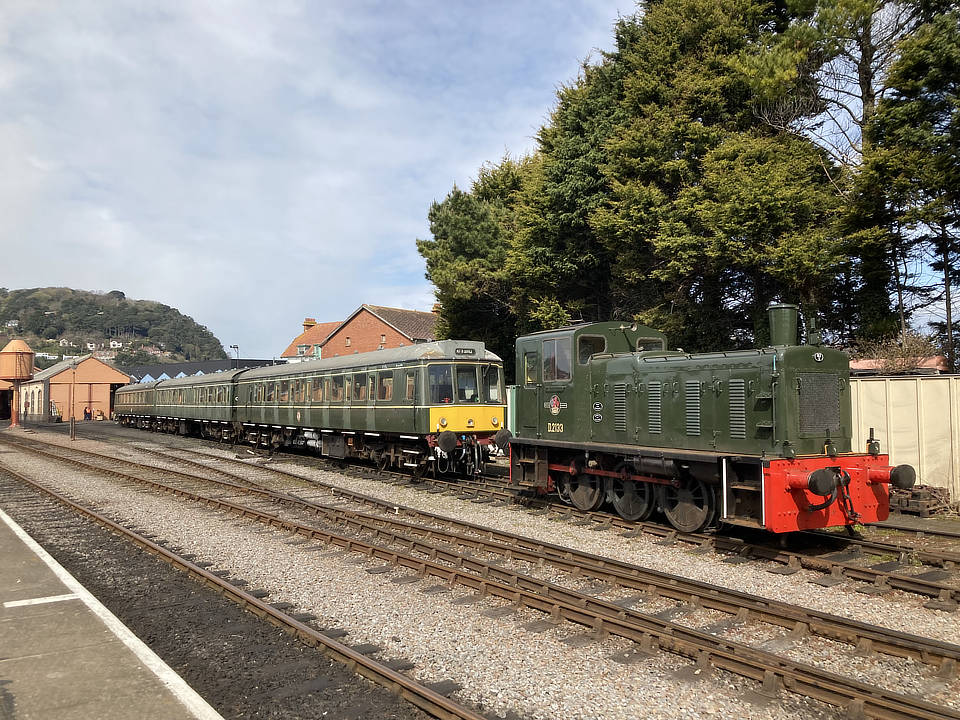
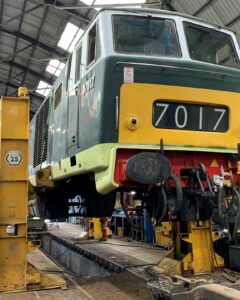
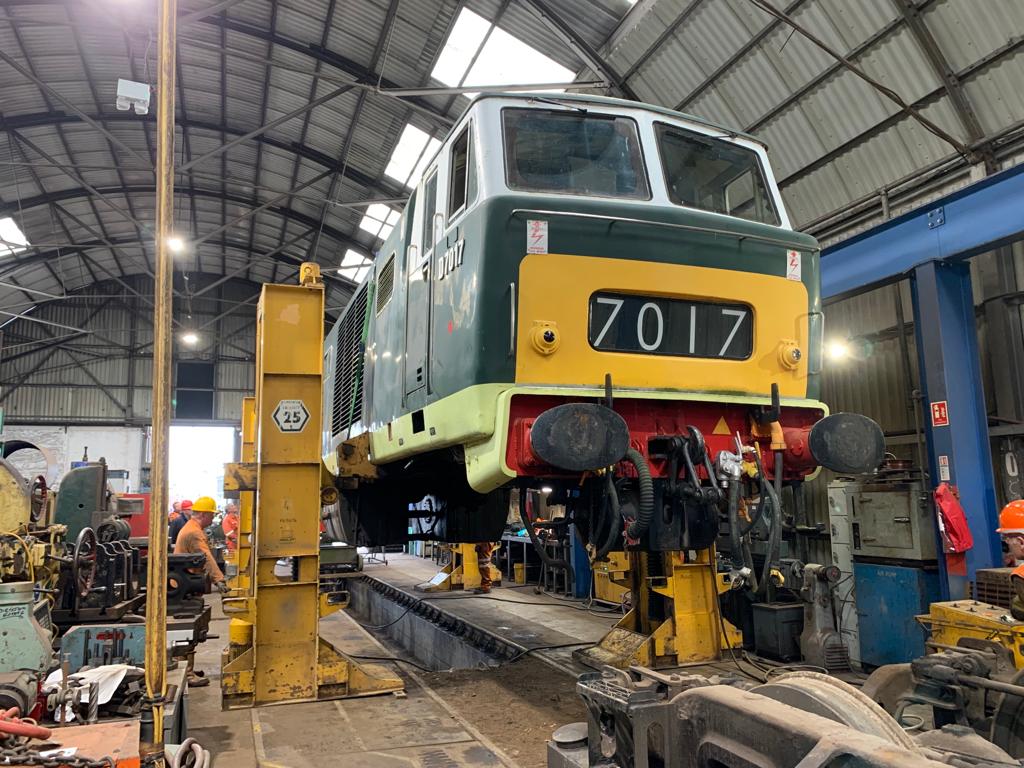
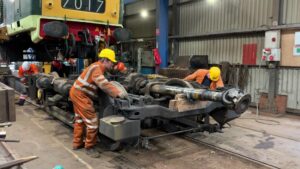
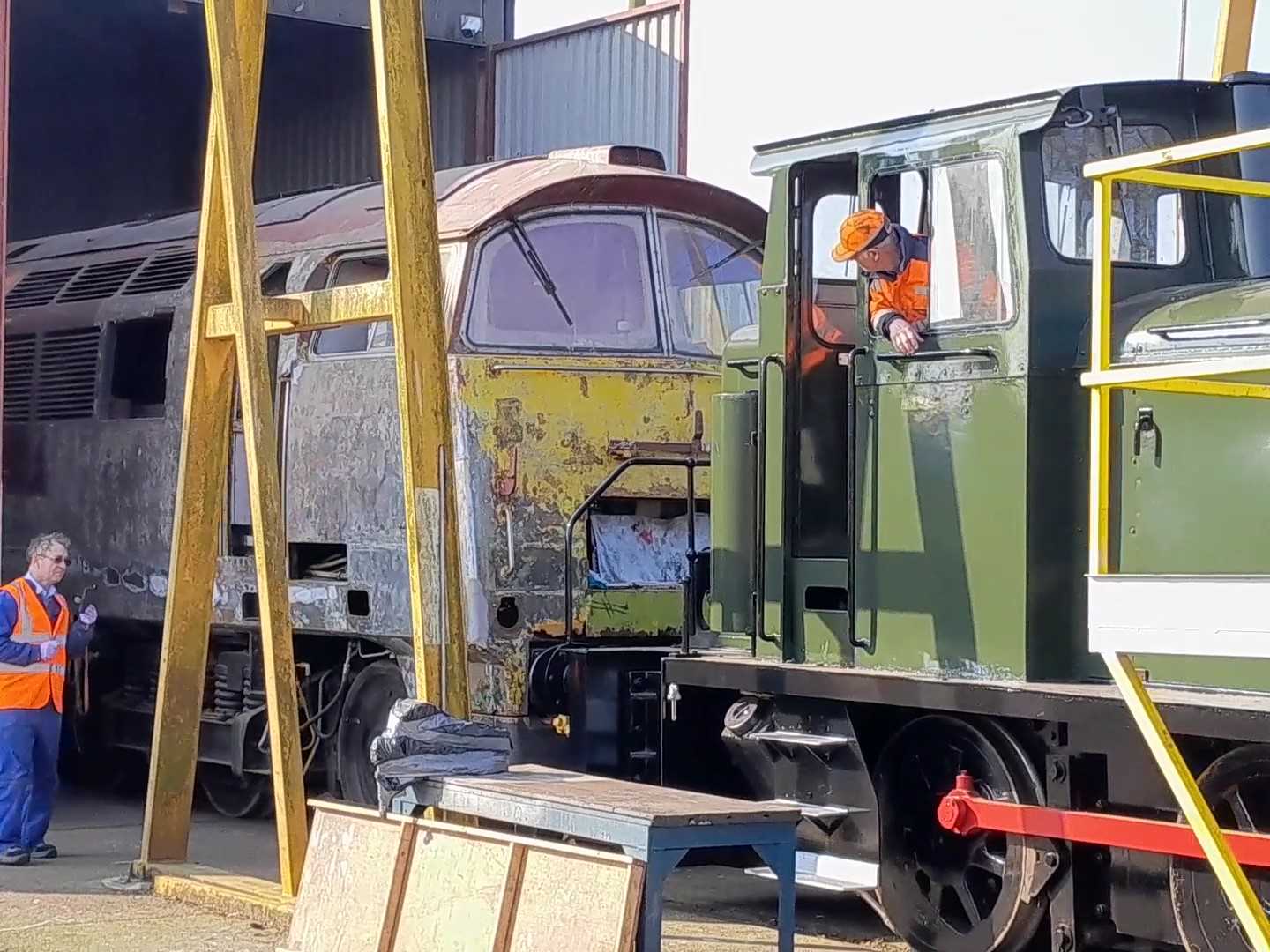
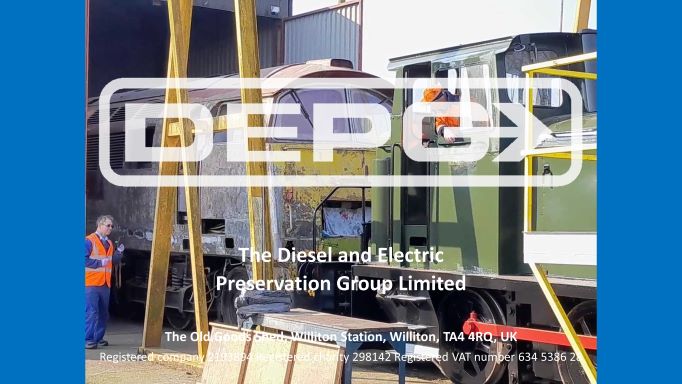
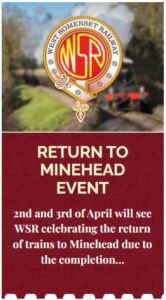




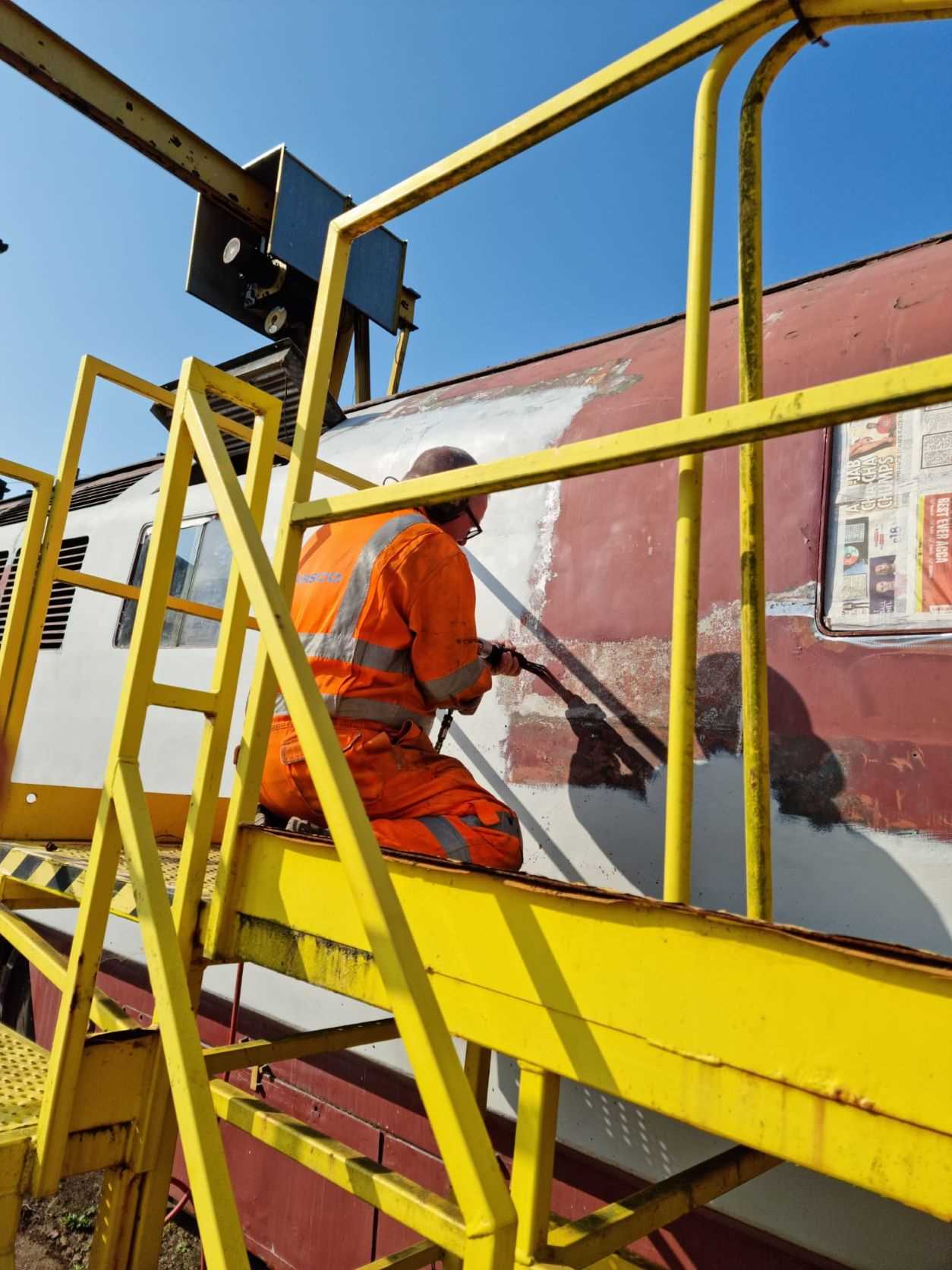

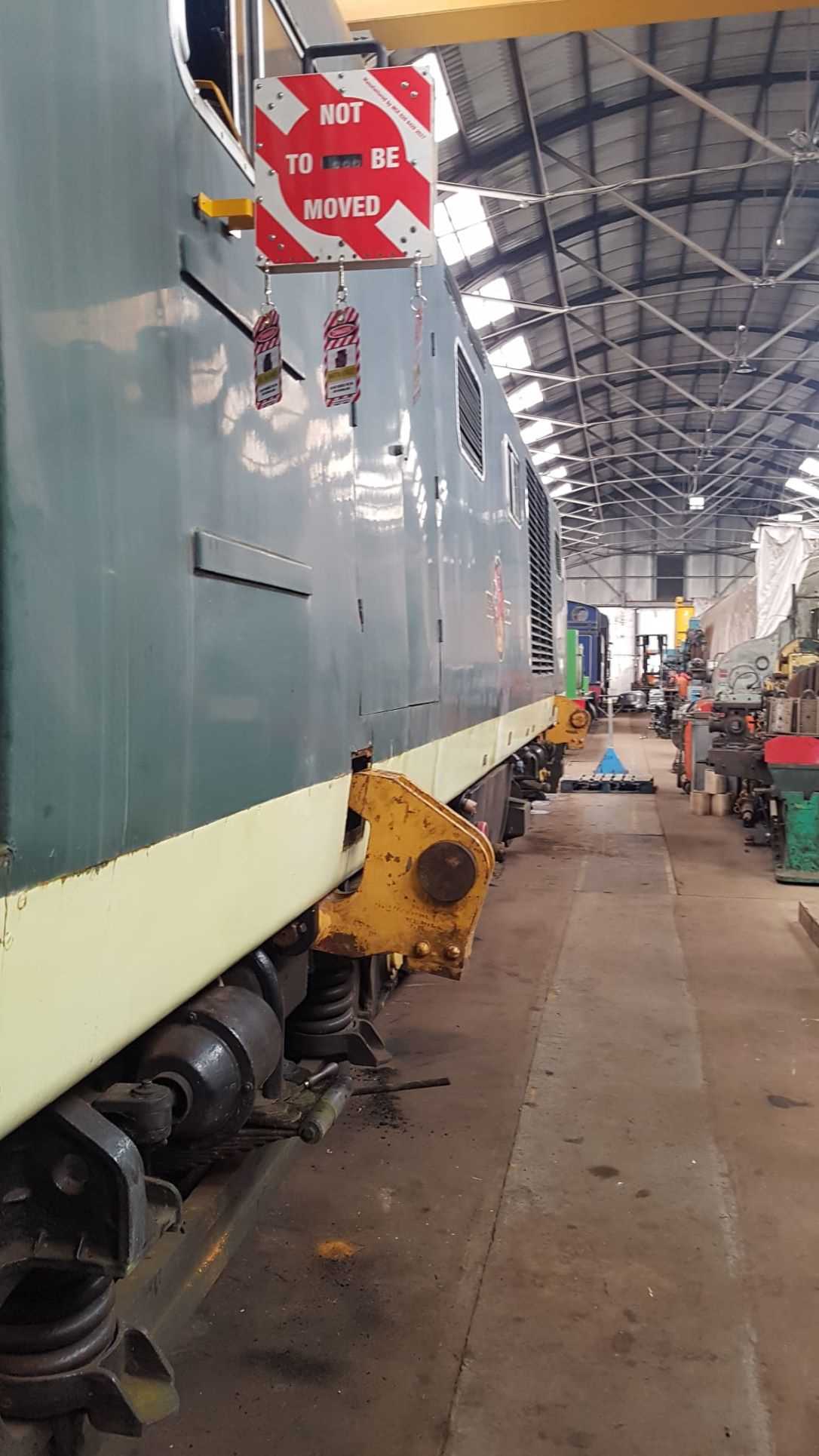 Beyer-Peacock Class 35 ‘Hymek’
Beyer-Peacock Class 35 ‘Hymek’  Class 35 ‘Hymek’
Class 35 ‘Hymek’ 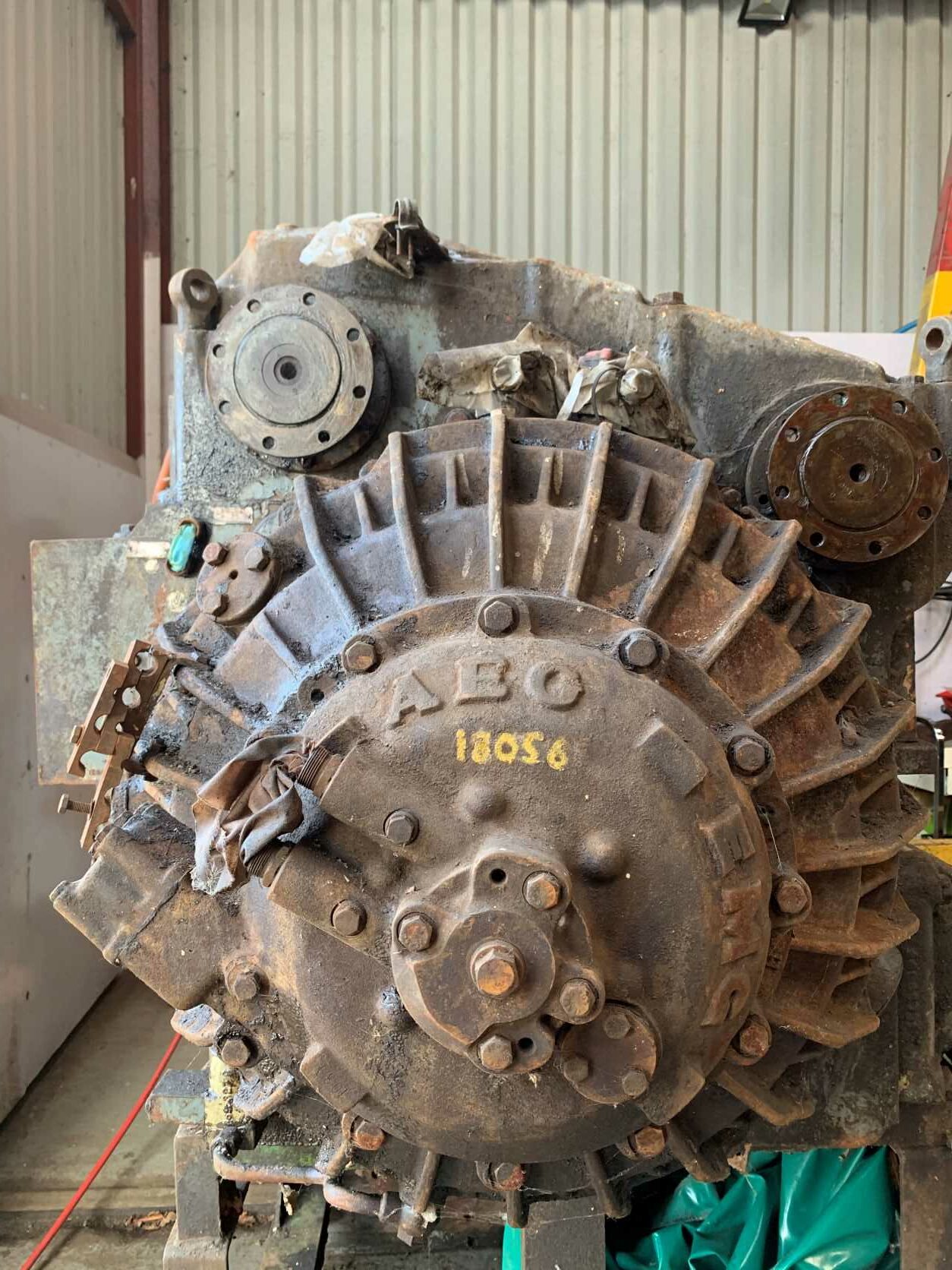 The Stone-Maybach ‘Mekydro’ K184 hydraulic transmission that was last used in Class 35 ‘Hymek’
The Stone-Maybach ‘Mekydro’ K184 hydraulic transmission that was last used in Class 35 ‘Hymek’ 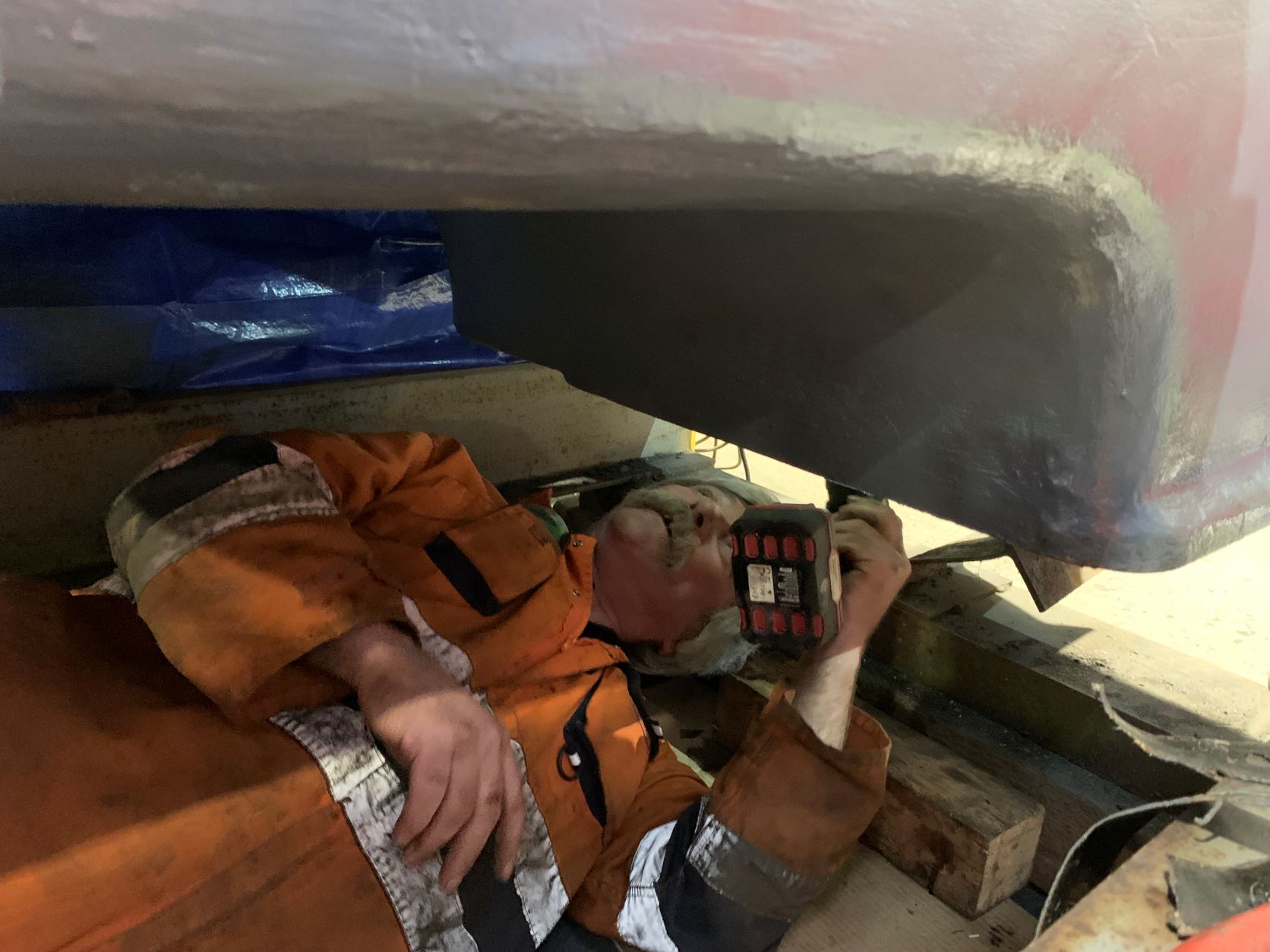

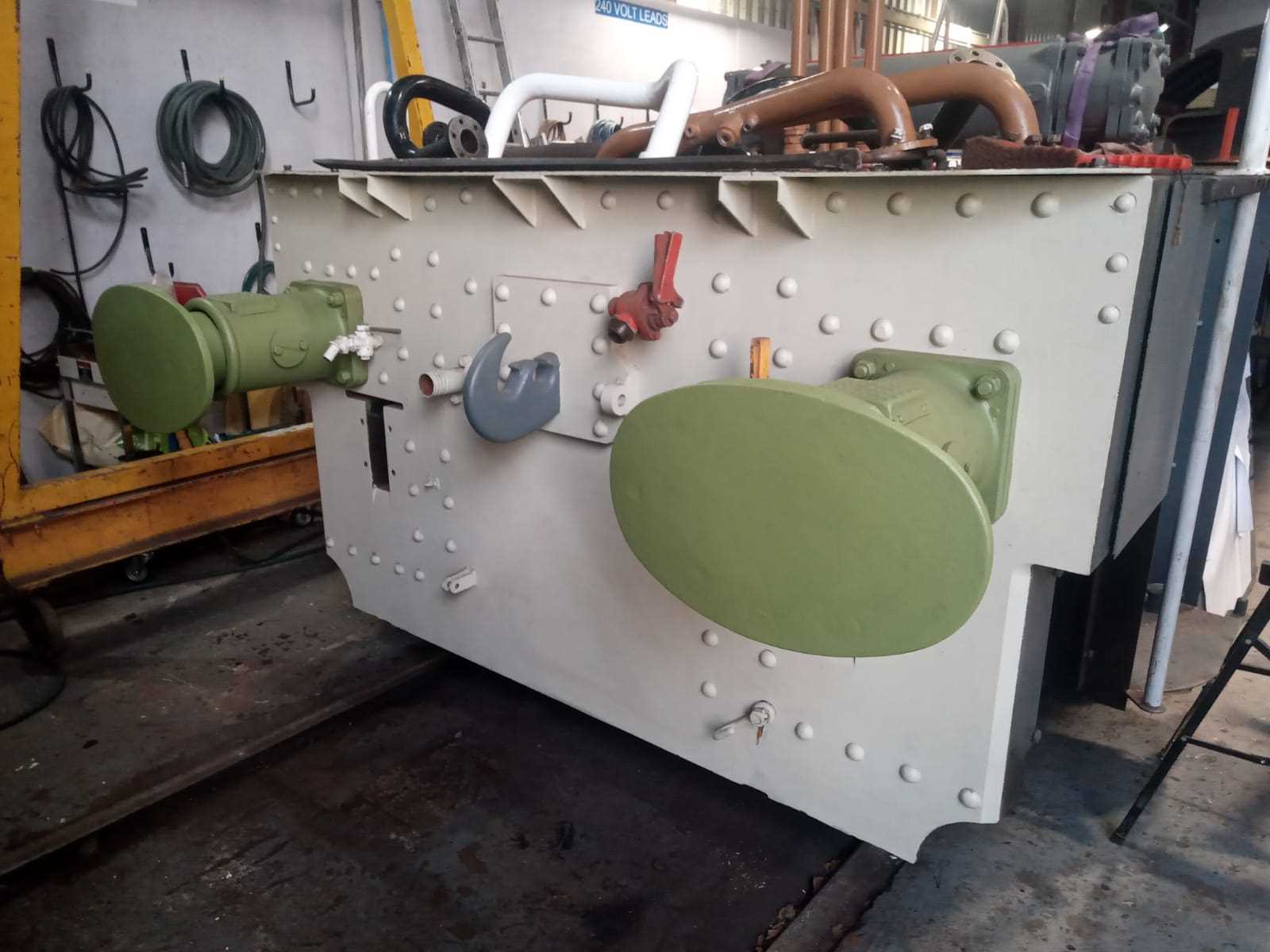


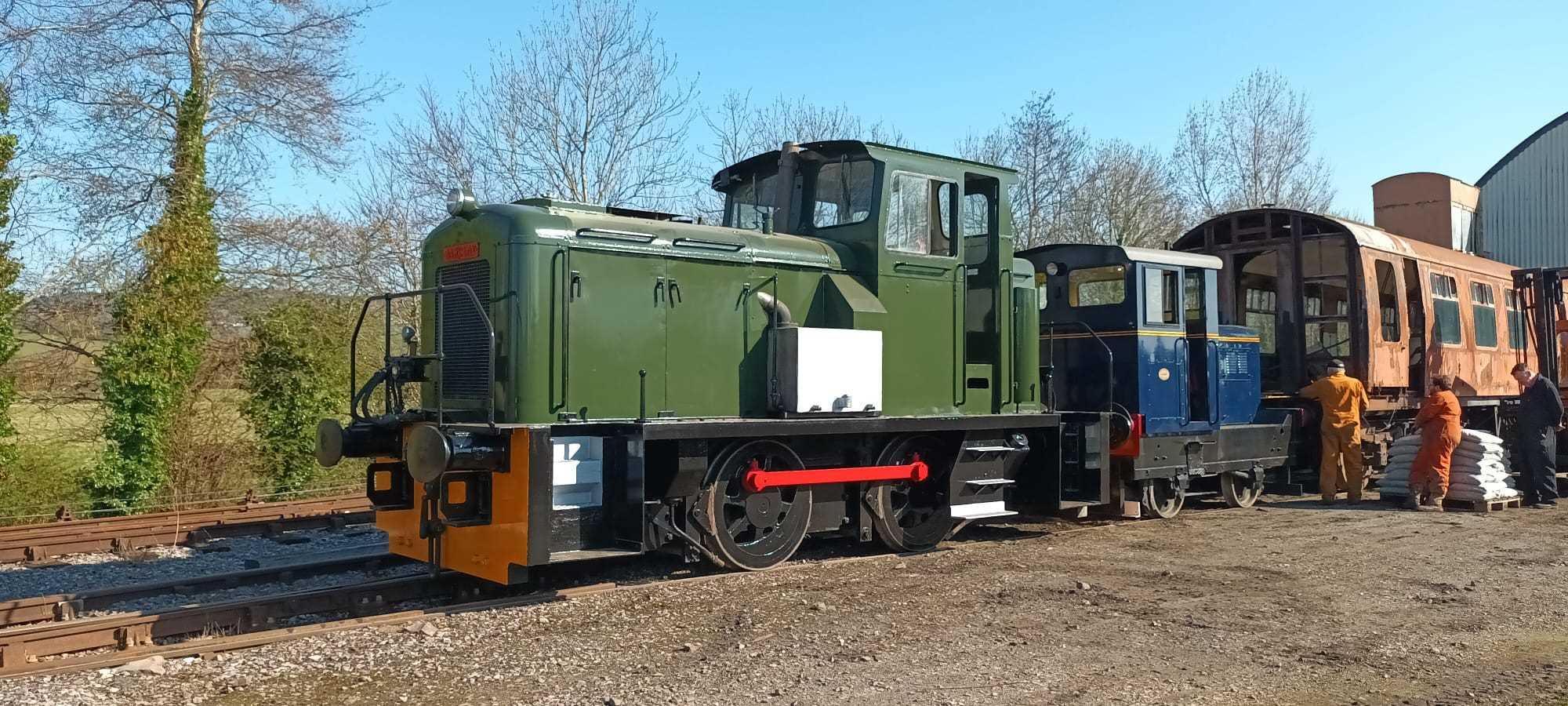
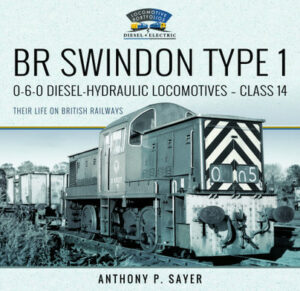
 Class 03 shunter
Class 03 shunter 